I have written about the Print Mint several times It was very important culturally in Berkeley.
I came to write about the Print Mint through Jenny Hurth, a daughter of the Print Mint’s owners Alice and Don Schenker.
I met her in her capacity as custodian of Eli Leon’s quilt and other collections.
Jenny introduced me to her mother and from that came a long blog about the Print Mint.
Never one to skip an interesting tangent, I wrote about Alice and Don’s 1957 drive from New York through Mexico to California.
Robert Crumb’s early professional life was more than a little intertwined with the Schenker’s and the Print Mint, and their archives were a great help for that blog.
A few weeks ago, Alice wrote me saying that she had come across more Print Mint material. Was I interested?
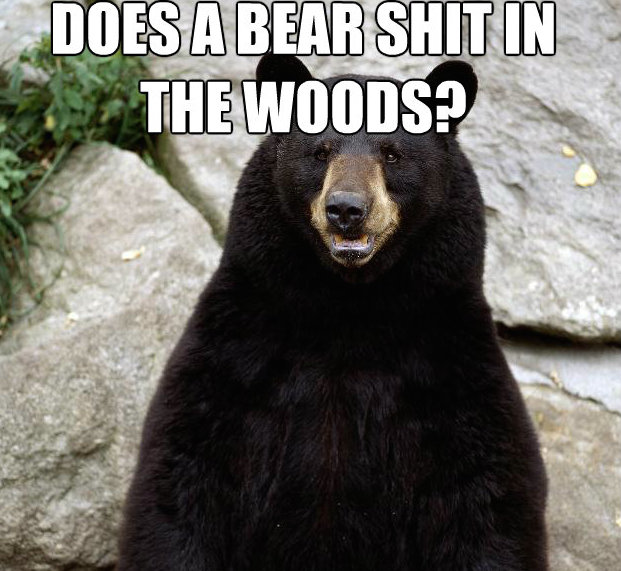 Yes. I was interested. From the new batch, arguably best in show – the Print Mint carried several sets of Kenneth Patchen’s painted poems.
Yes. I was interested. From the new batch, arguably best in show – the Print Mint carried several sets of Kenneth Patchen’s painted poems.
Patchen was a poet and novelist who experimented with different forms of writing and incorporated painting, drawing, and jazz music into his works. Along with his friend and peer Kenneth Rexroth, he was a central influence on the San Francisco Renaissance and the Beat Generation. The Print Mint owners Don and Alice Schenker heard Rexroth read poetry the night that they arrived in San Francisco.
In the 1950s, Patchen became a major influence on the younger beat poets, including Allen Ginsberg and Lawrence Ferlinghetti, Philip Lamantia, Gary Snyder, and Michael McClure, Patchen disliked being associated with them and was highly critical of their glorification of drug use and what he perceived to be a strong desire for media attention and fame. Patchen referred to them as a “freak show.”
Patchen was largely bedridden for the last 13 years of his life, during which he created 151 “painted poems”—free verse poems with whimsical imagery using pieces of Japanese paper and common construction paper, glue, tempera, watercolors, crayons, ink, pencils, cloth dyes, cloth string, and coffee and tea used as dyes.
Alice Schenker: “That was Don’s territory. They exchanged letters about poetry. Patchen was very ill at the time. Don did visit him.”
These are some of the Patchen painted poems:
These lithographs were made of collages that Max Kahane made. Alice Schenker: “Max was an old friend of Don’s. He was a terrific painter. I think he and Don met at Cooper Union (a private college in East Greenwich Village). Max never got recognize for his art work and felt bitter. He died in the 1970s.”
Joel Beck was a San Francisco Bay Area cartoonist.
His comic book Lenny of Laredo was the first underground comic book published on the West Coast. His cartoons also appeared in the Berkeley Barb, and he made handbills and posters for the Jabberwock coffee house. In addition, he was a founding member and regular contributor to the underground anthology Yellow Dog, published by the Print Mint from 1968–1973.
The Print Mint sold these Beck prints:
The posters advertised by the Print Mint were pretty basic. With the exception of the LSD poster, they were reproductions of antique advertisements from an era when certain substances were treated more openly than they were in he 1960s.
Here is a much more extensive Print Mint poster catalogue:
Many of the posters used Day-Glo (black light fluorescent paints) ink. A black light emits primarily ultraviolet light and very little visible light. Fluorescent paints scream bright when under ultra-violet light.
The Print Mint could meet your black night needs.
Kim ‘n Trina are identified as the creators of Casey. Kim was Kim Deitch (born May 21, 1944 in Los Angeles)
He was an important figure in the underground comix movement of the 1960s, remaining active in the decades that followed with a variety of books and comics
Trina is Trina Robbins (born Trina Perlson, 1938), an early and influential participant in the underground comix movement, and one of the first few female artists in that movement. Both as a cartoonist and historian, Robbins has long been involved in creating outlets for and promoting female comics artists.
I spent time in my original Print Mint post on underground comix, which were a central part of the Print Mint’s business and cultural importance. To that material I add this:
This photo makes me very happy.
In 1966 the Print Mint also sold a Kama Sutra calendar
A Dangerous Minds post by Kimberly J. Bright tells us about Ron Boise:
Boise grew up in Colorado and Montana, where he learned to weld from his father, before moving to California. In addition to being a self-taught sculptor, Boise was one of Ken Kesey’s Merry Pranksters and even used old tools, car parts, bucksaws and old scraps of metal to create the always-locked front gate on Kesey’s La Honda, California property, on the far side of the rickety bridge that spanned La Honda Creek. Boise himself lived and traveled in an old telephone company service van which he painted wild psychedelic colors and modified to become a mobile studio and camper. In 1964 Boise’s Kama Sutra series was shown at the two-year-old Vorpal Gallery in San Francisco, then located in the alley behind Vesuvio Cafe and a few steps from City Lights Bookstore.
Boise died of the blood disease hemochrotouisis in 1966. He was on his way to Mexico to celebrate a successful show in California, where he sold nearly all of his works.
The Kama Sutra is an ancient Indian Sanskrit text on sexuality, eroticism and emotional fulfillment in life.
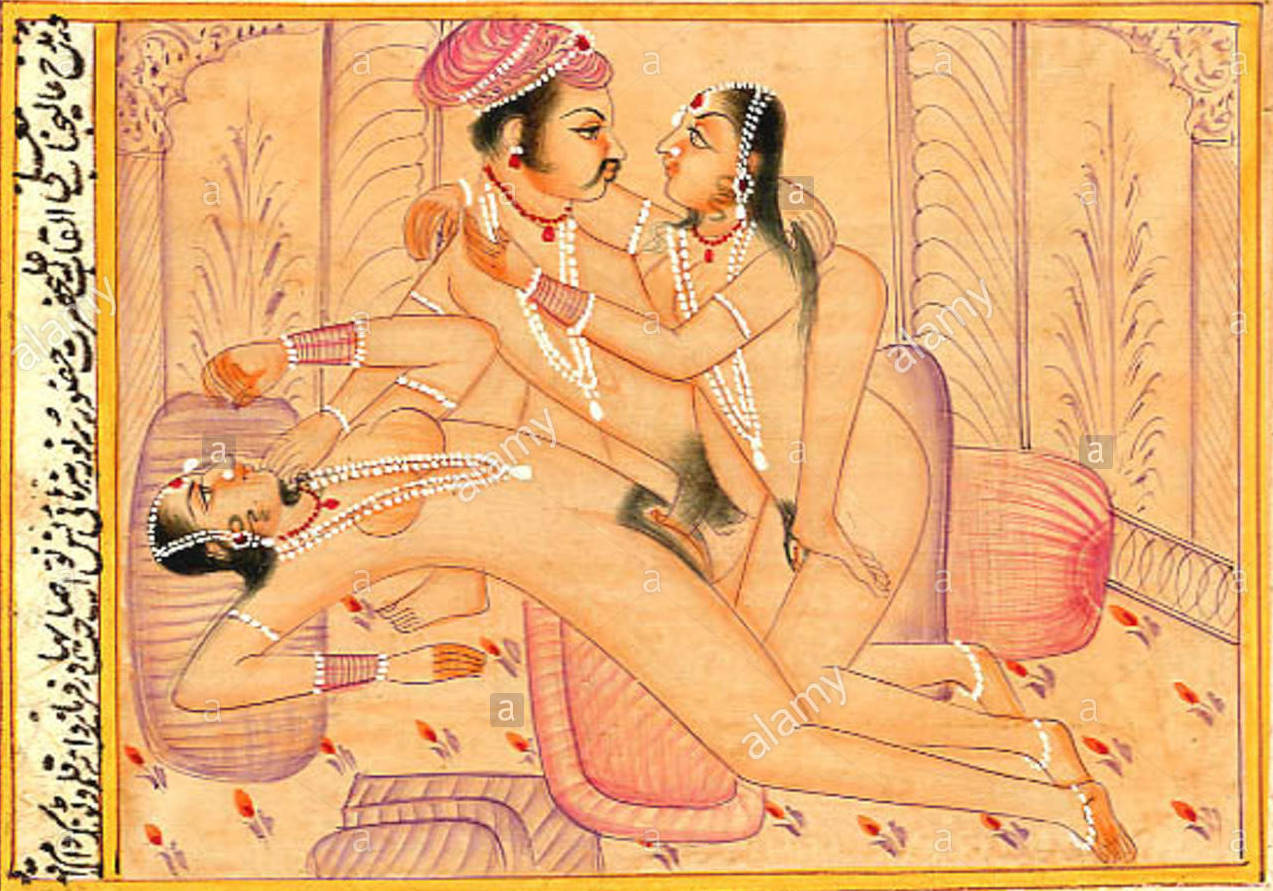 Although it was written as a holistic guide to the “art-of-living” well and it is neither exclusively nor predominantly a manual on sex positions, that is how it is best known in America, especially to teenage boys before the era of the internet, back when a father’s copy of the Kama Sutra hidden behind other books was a thrilling portal into the world of sex. If you guessed that I was talking about me – you guessed right. And, lucky you, I have written about my sex education.
Although it was written as a holistic guide to the “art-of-living” well and it is neither exclusively nor predominantly a manual on sex positions, that is how it is best known in America, especially to teenage boys before the era of the internet, back when a father’s copy of the Kama Sutra hidden behind other books was a thrilling portal into the world of sex. If you guessed that I was talking about me – you guessed right. And, lucky you, I have written about my sex education.
The calendar:
The sculptures shown in the calendar were part of a show at the Vorpal Gallery in San Francisco. Police raided the show on April 7, 1964 and arrested the gallery owner Muldoon Elder for obscenity.
After a trial described here, the jury acquitted Elder on all charges.
Don Schenker took part in an interview conducted by Pat Rosenkranz on May 16, 1972. Rosenkranz is a writer, filmmaker, and historian of underground comix. I publish here portions of the interview:
The first comic book that appeared here in the Bay area was Joel Beck’s Lenny of Loredo and after that came Marching Marvin. Lenny was produced in a very sketchy way and in a pretty cheap way by Beck’s friend, Phil Hewe. Phil Hewe and Joel had gone to school together in Mirinda, at Contra Costa College. Phil was a buiness rep., He tried to sell Joel’s strips to the Chronicle and stuff like that. They actually were thinking about it, but they later bought O’Neill. Lenny of Laredo was a black and white soft white cover. This was the first production we ever did. This was late in ’66 or early 1967. We published it. The printer around the corner from the old warehouse on Fifth Street did it.
The posters had been a really big thing. We had a huge gross the first year we were in business. By the latter part of ’67 and early ’68, business had fallen off something awful. We were really sort of worried I had always been interesed in the comic books. As a matter of fact, when I was in high school, my best friend’s brother was Harvey Kurtzman.
His brother and I were on the staff of the high school magazine at Dewitt Clinton High School in the Bronz.
When Crumb heard from Thompson what I was planning to do, he gave Thompson to give me his 1966 sketchbook. I don’t know if you’ve ever seen it. It’s a fantastic book. They’re 9″ by 12″ notebooks – hardvoer notebooks. They were sort of beat up by then.
The stuff in it was much more impressive and exciting, even than my own recollections of Harvey Kurtzman’s stuff. Crumb has more more scope that Kutzman ever did. I have already seen Xap #1. The first issue was published by Plywell. I had seen that in Moe’s and bought a bunch of copies and read it. That decided me. The next thing todo, the natural thing, was to go and do a comic newspaper on my own. When Thompson brought Crumb’s sketchbook back and I had an agreement with Crumb to use whatever I darn pleased in it, I went out and photocopied the whole book and returned it to Crumb. That was the first time that they were published. We never made any profit off any of the originals.
We decided to distribute them ourselves. The first time, we had all the employees up at the store, out on the streets, selling newspapers. “Yellow Dog, get your Yellow Dog!”
[Don Donahue] did the second printing of Zap #1 and the he did the first printing of Zap #2. At that point, for some reason, everybody was dissatisfied with the fact that the Zaps weren’t selling very well. There was money involved too. Donahue is a dedicated guy, but he wasn’t much together in those days.
I got my friend Moe Moscowitz to come up to Stepanian’s (a San Francisco attorney specializing in criminal law) apartment. Everybody was there. They had a meeting and Moe agreed to put some money up and I would do the production since I had some experience at that. Moe financed the second printing of Zap #2. For that to happen, I had to take the flats from which the plates were made, and redo them. By that time Yellow Dog was on the way, and I had been in contact with Crumb and Moscose and Griffin and Wilson.
Pretty close to a million Zaps have been printed. More Zaps than anything else. We were busted September ’69 by the Berkeley Police Department, who went one contingent to the store and one contingent here to the warehouse. The FBI was with them, looking all through the thing. There weren’t any there, because we heard about the bust from the Berkeley pigs. That very night we moved all the books up to my house and put them in the garage. The next day, Inspector Birgfeld [Earl Bergfeld,Director, Special Investigations Bureau of the Police Department of Berkeley] called me up to get my decision whether I was going to stop selling them.
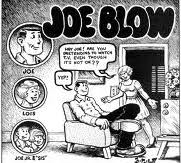 It was the Crumb thing, Joe Blow. You can read about incest in sociology books and you can listen to Margaret Meade talking about taboos, but when you see people draw it, it becomes a terrible thing. They dropped the charges after a year. You’re goddam right it cost me a lot of bread in legal fees. Stepanian handled it.
It was the Crumb thing, Joe Blow. You can read about incest in sociology books and you can listen to Margaret Meade talking about taboos, but when you see people draw it, it becomes a terrible thing. They dropped the charges after a year. You’re goddam right it cost me a lot of bread in legal fees. Stepanian handled it.
We never did distribute Snatch or Jiz, but we’re going to be printing them. We’re still paying $25 a page. The cartoonist union is a good thing. Every time I print a book I pay the same amount of money for the life of the book.
I earlier described Kenneth Patche’s painted poems as a visual highlight of this post. The other is this:
Alice created the Op-Deck, a set of mylar sheets with colored concentric shapes. Overlaid each other in a light show, they produce a stunning psychedelic effect which isn’t possible to catch here – but you can imagine, no? Alice: “As I recall, I saw an article about combining images that involved a scientific investigation of some kind and I thought—Hey that would be fun! I can’t remember what the research was about.. It was easy enough to design a package that allowed play with images. People did take to it.”
The final new material is a draft essay called “The New Comix” by Don Schenker.
That was not for the weak-hearted. The serious student is rejoicing. Others, not so much.
I took a printed out draft version of this post to my friend in his quarters. This is what was in his kitchen.
“What in the name of Sam Hill is this?” I asked.
Since you want to know even if you didn’t ask, “Who is Sam Hill” theories include a euphemism for the devil (H. L. Mencken’s theory), a store owner in Arizona (the original Sam Hill Mercantile building still stands on Montezuma Street in Prescott, Arizona), an 18th century politician in Guilford, Connecticut, a surveyor in the Keweenaw Peninsula in Michigan, and the Adjutant General of Kentucky who was sent by Governor Simon Bolivar Buckner to Pike County, Kentucky, to investigate the Hatfield & McCoy family feud along Tug Fork of the Big Sandy River.
He gave me a look of pity. “Well of course obviously clearly undeniably it is a Huffy Radio Bike.”
Steven Johnson tells us: that the Huffman Manufacturing Company of Dayton produced around 8,500 of them between 1955 and 1958. The colors were Flamboyant Red with white & black trim, Flamboyant Blue with white & black trim, and Flamboyant Green with white & black trim. The three vacuum tube radio built into the tank was designed and manufactured for Huffy by the Yellow Springs Instrument Company, Ohio. One of the company’s founders made this hand drawn schematic of the radio.
“That may be a fact, but it does not explain why this Flamboyant Red model is in your kitchen.”
“Earl and I got one each for Christmas 1958. It was my first bike.”
I asked where he had found it.
“Me and Earl were driving through Rough and Ready. There isn’t much there but there was a beat-up, junked-up place with stuff piled up outside. We stopped, went in, and saw this.” He showed me a photo on his phone:
“Gold!!!! I decided I didn’t need an instant transistor radio collection. The guy waved me into the back of the store and showed me the bike. Sold!!!!”
I chose not to ask what he will do with the bike. I did want to know, though, what he thought of the More Print Mint post.
P.S. I heard from Ron Turner about this post.
He was Last Gasp.
Wikipedia teaches us this about Last Gasp: “Last Gasp is a San Francisco-based[5] book publisher with a lowbrow art and counterculture focus.[Owned and operated by Ron Turner, for most of its existence Last Gasp was a publisher, distributor, and wholesaler of underground comix and books of all types.”
He wrote: “Alice and Don were miles ahead and then with Peggy and Bob Rita the world of Comix really took off. I started Last Gasp in April of 1970 with the publication of Slow Death Funnies. I lived on Howe Street in Berkeley I have lived in SF since 1972 72. Say Hello to Simon Lowinski. He was way ahead of us.”
Between this and Mark Bulwinkle’s high praise for the post, I am feeling I am feeling good about trying for the sun.


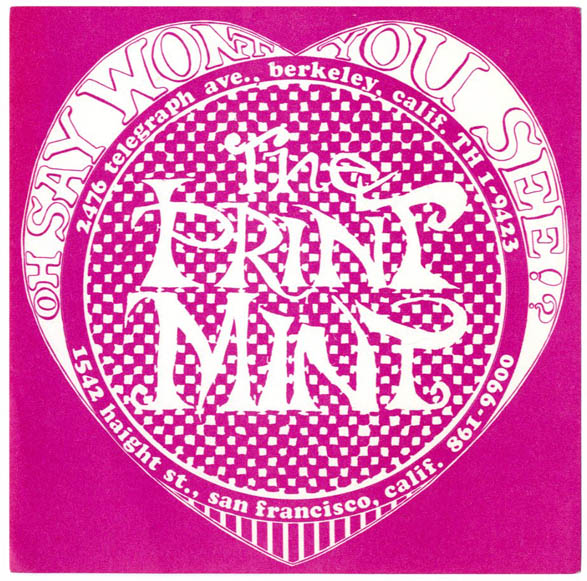
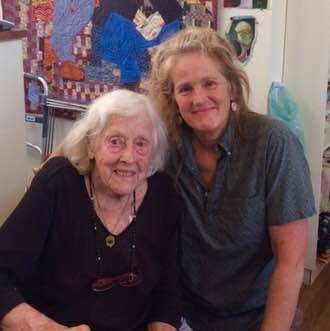
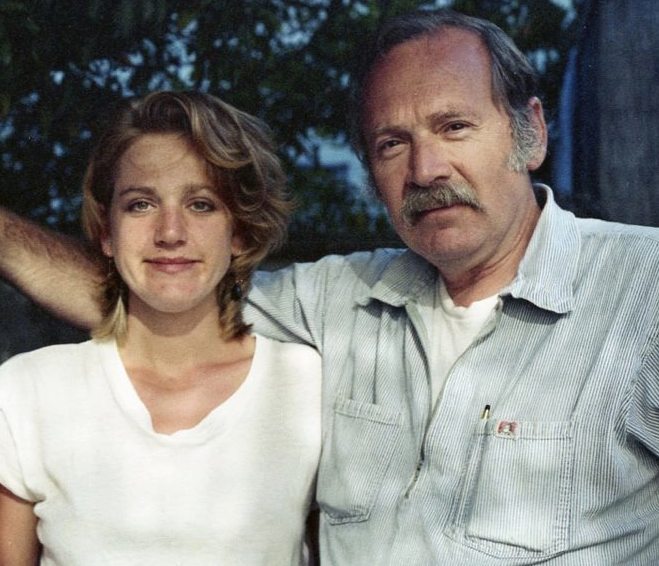
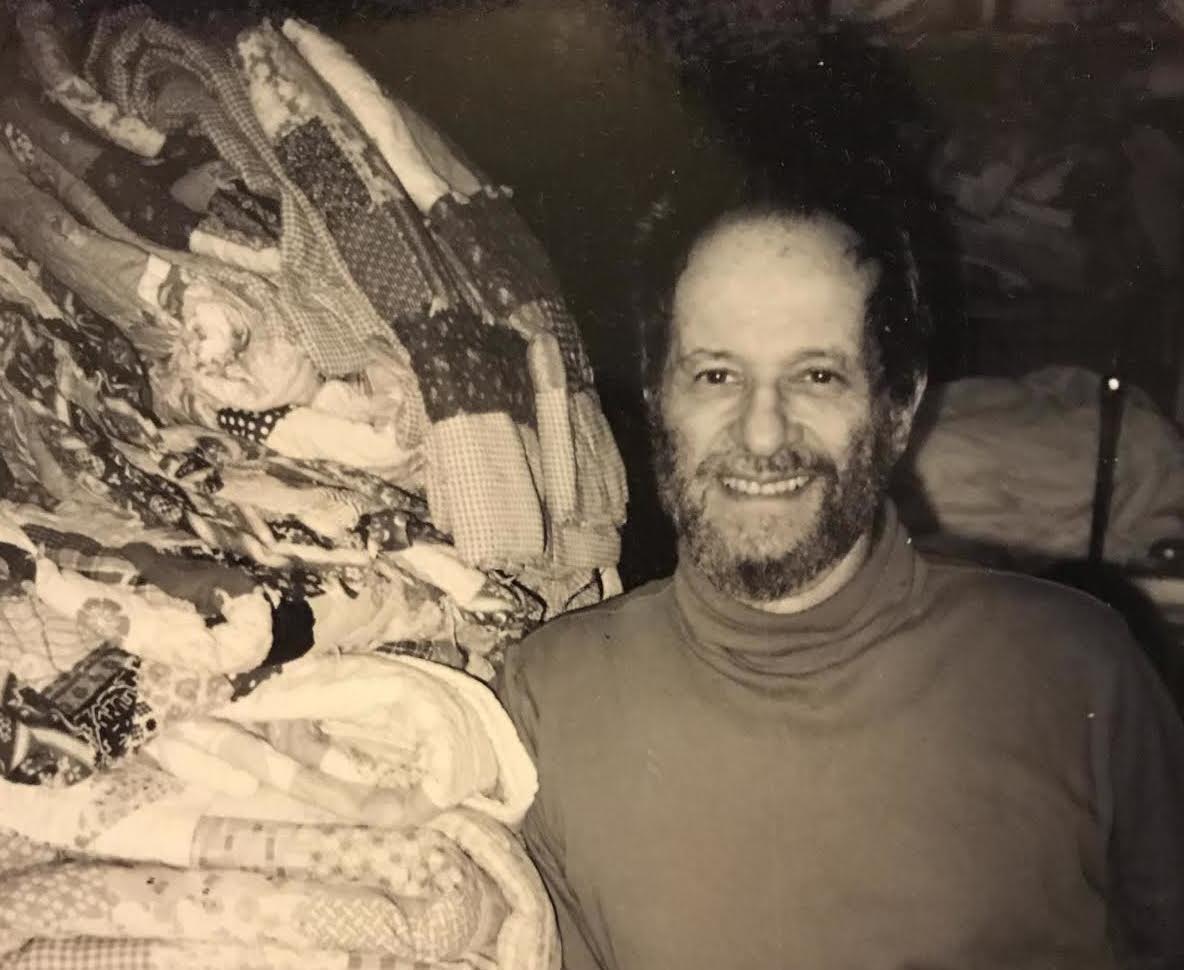
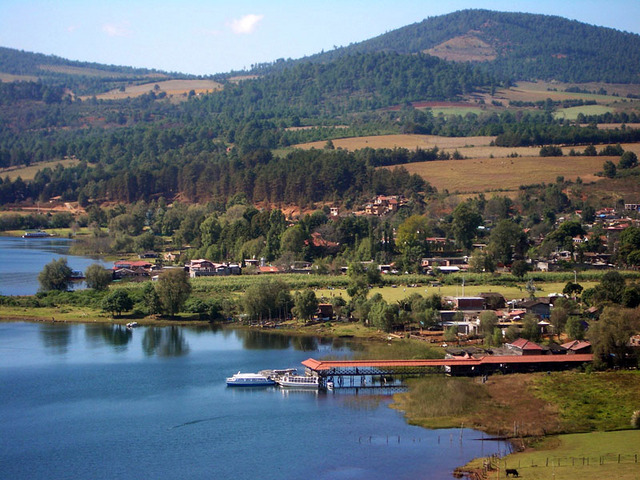
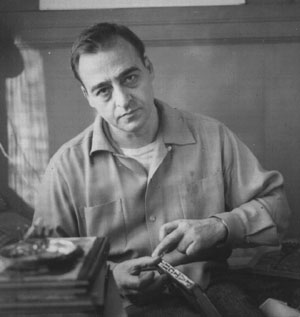
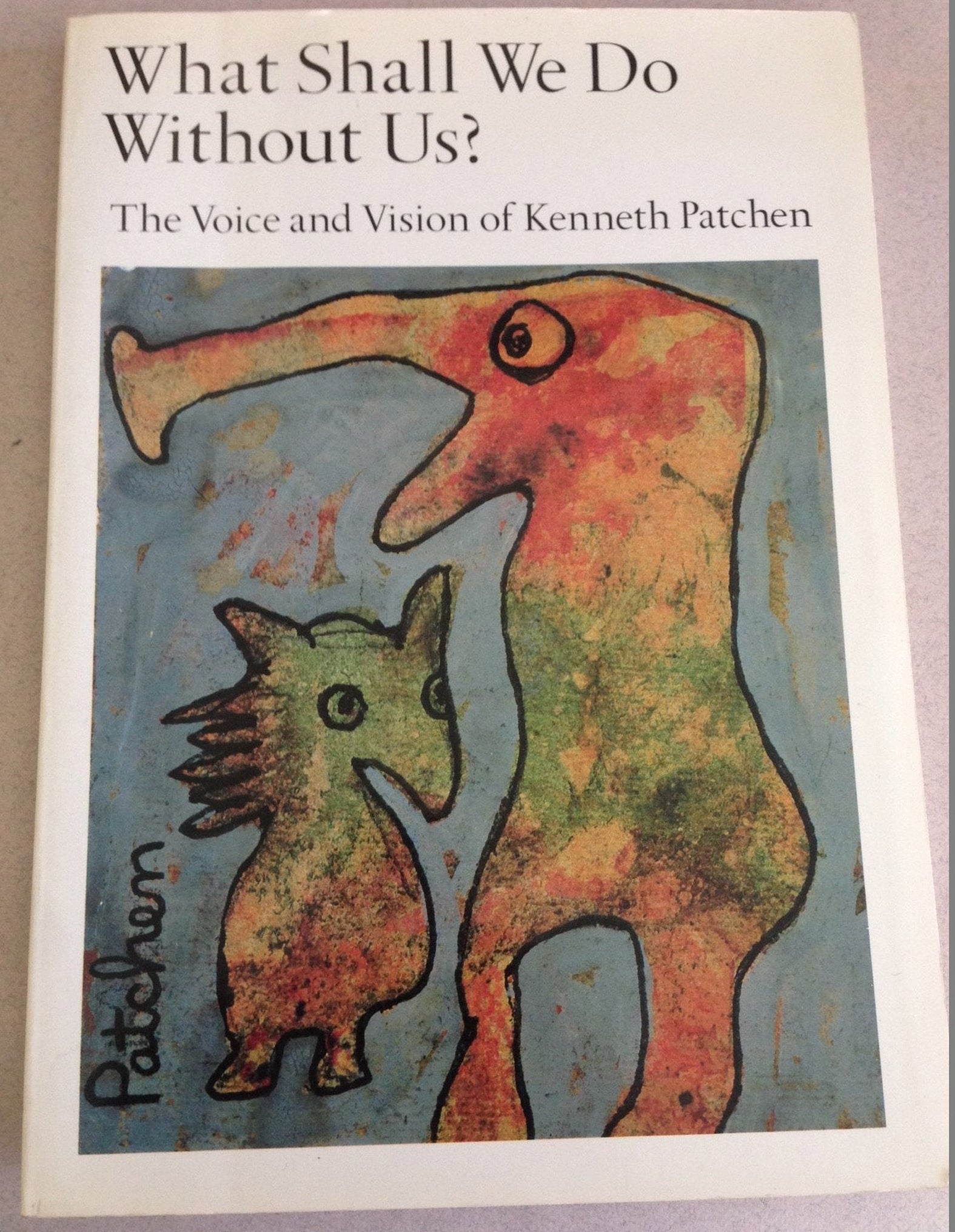
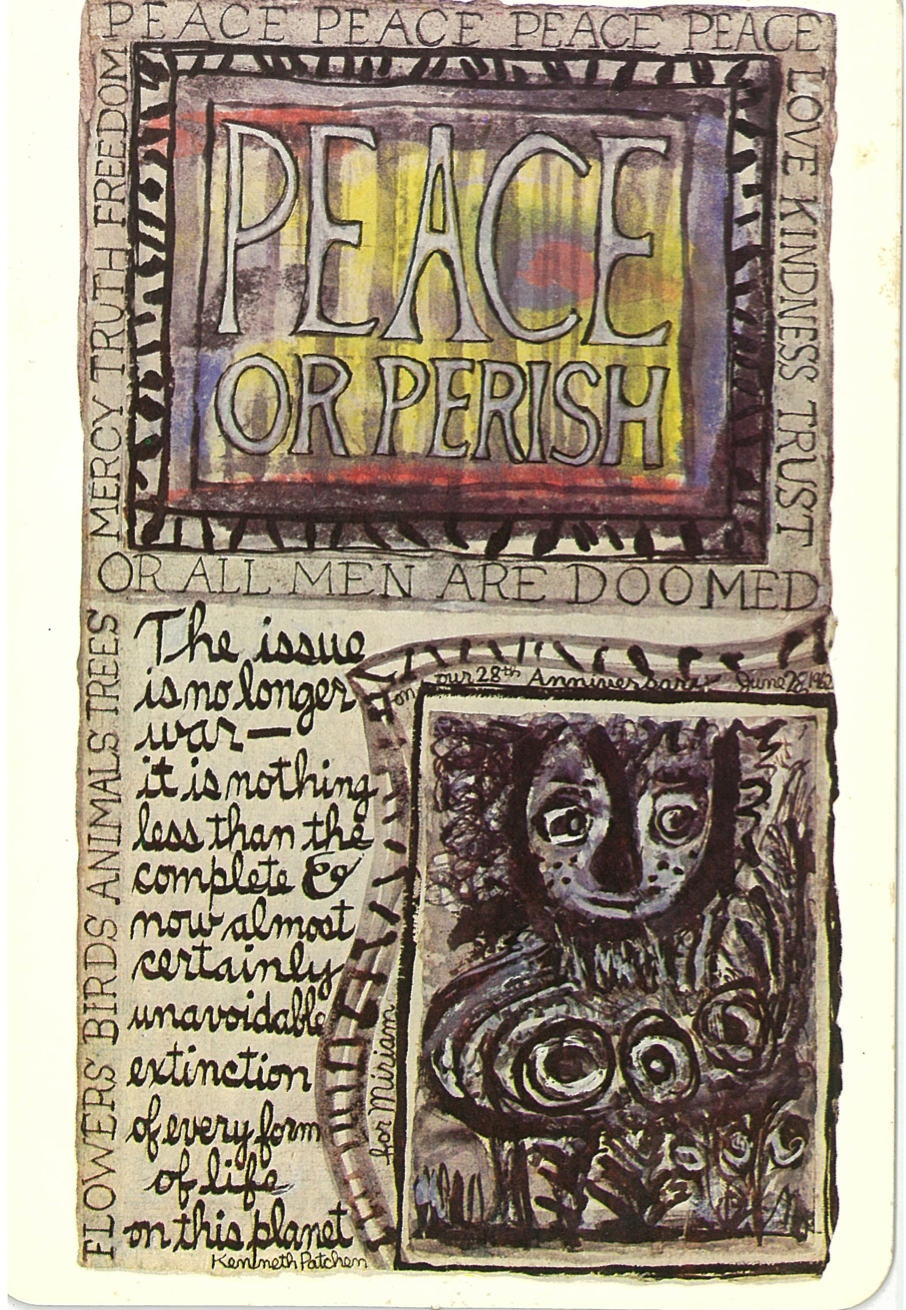
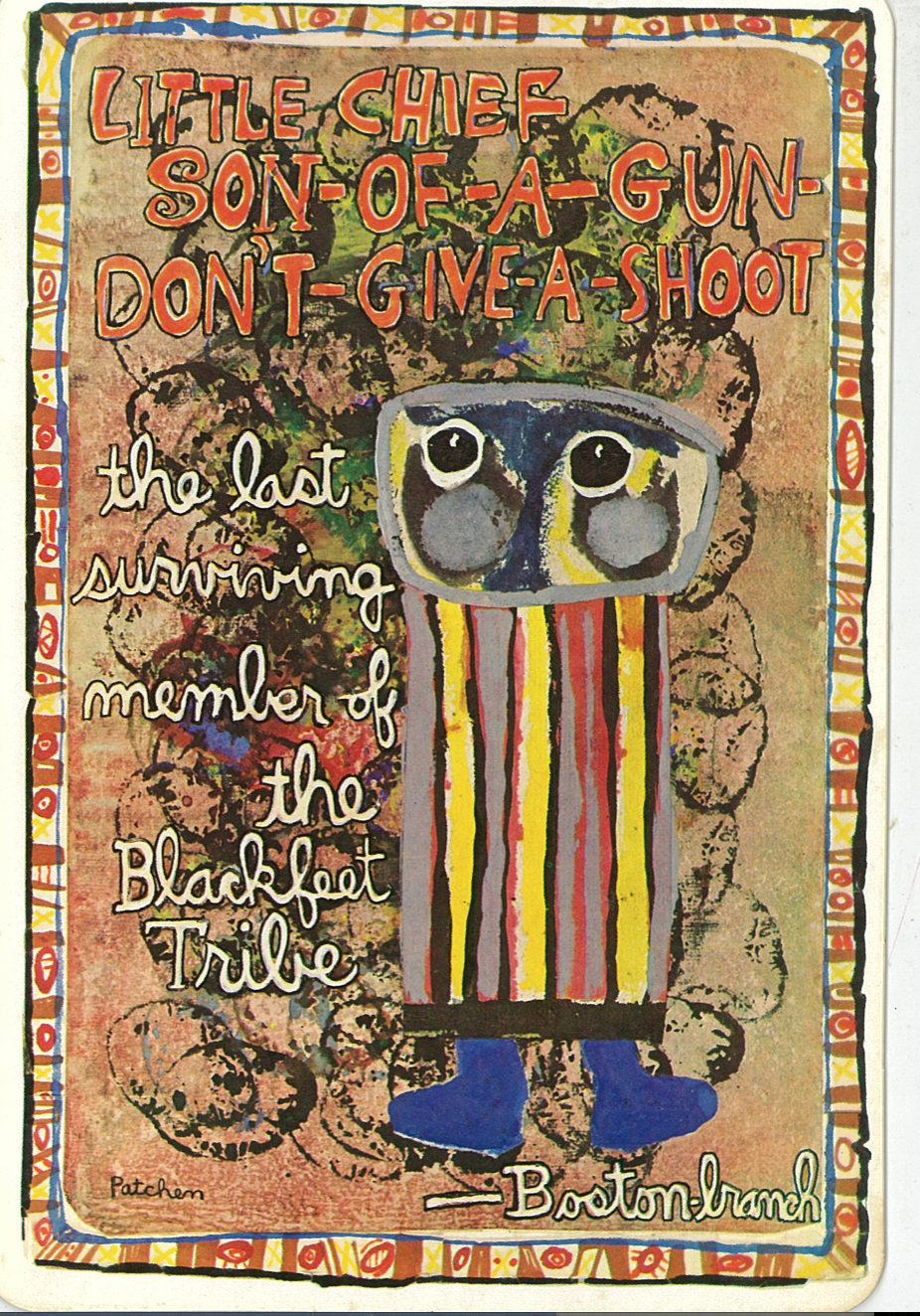
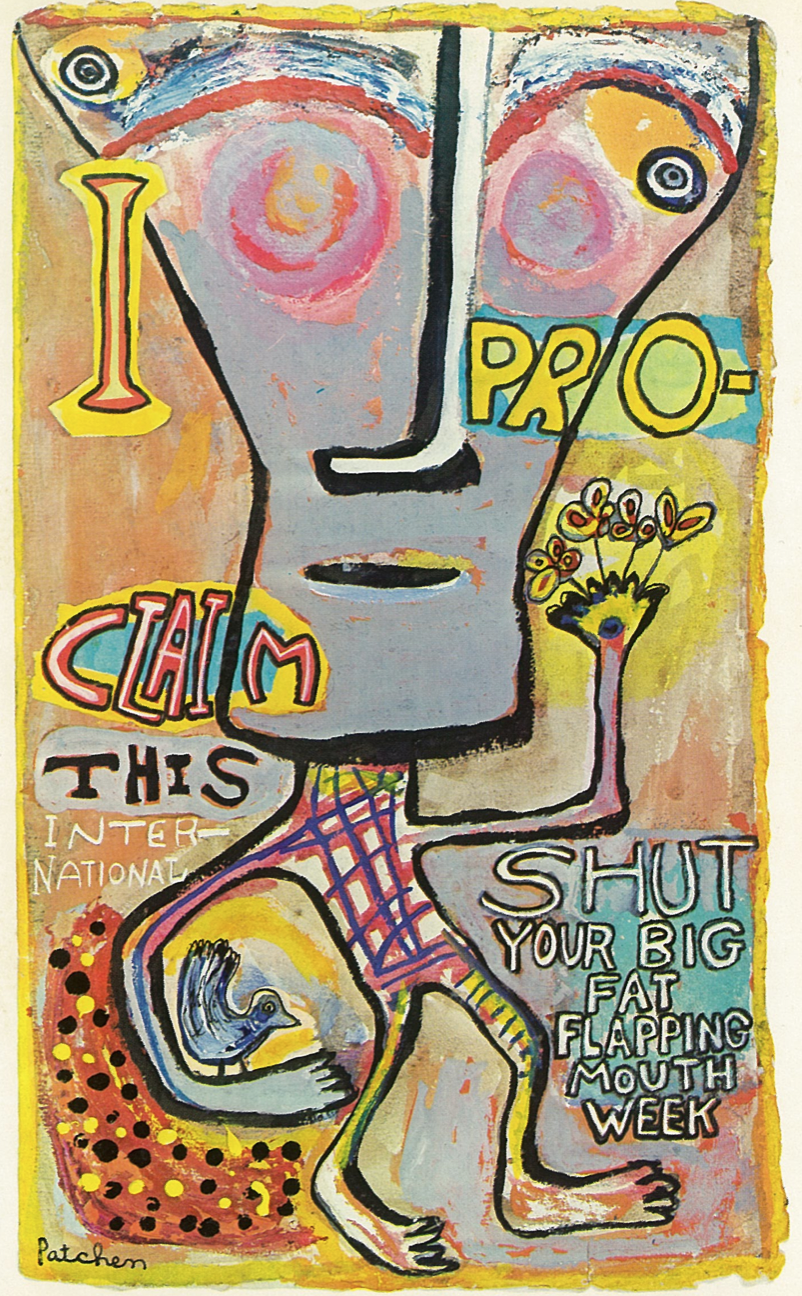
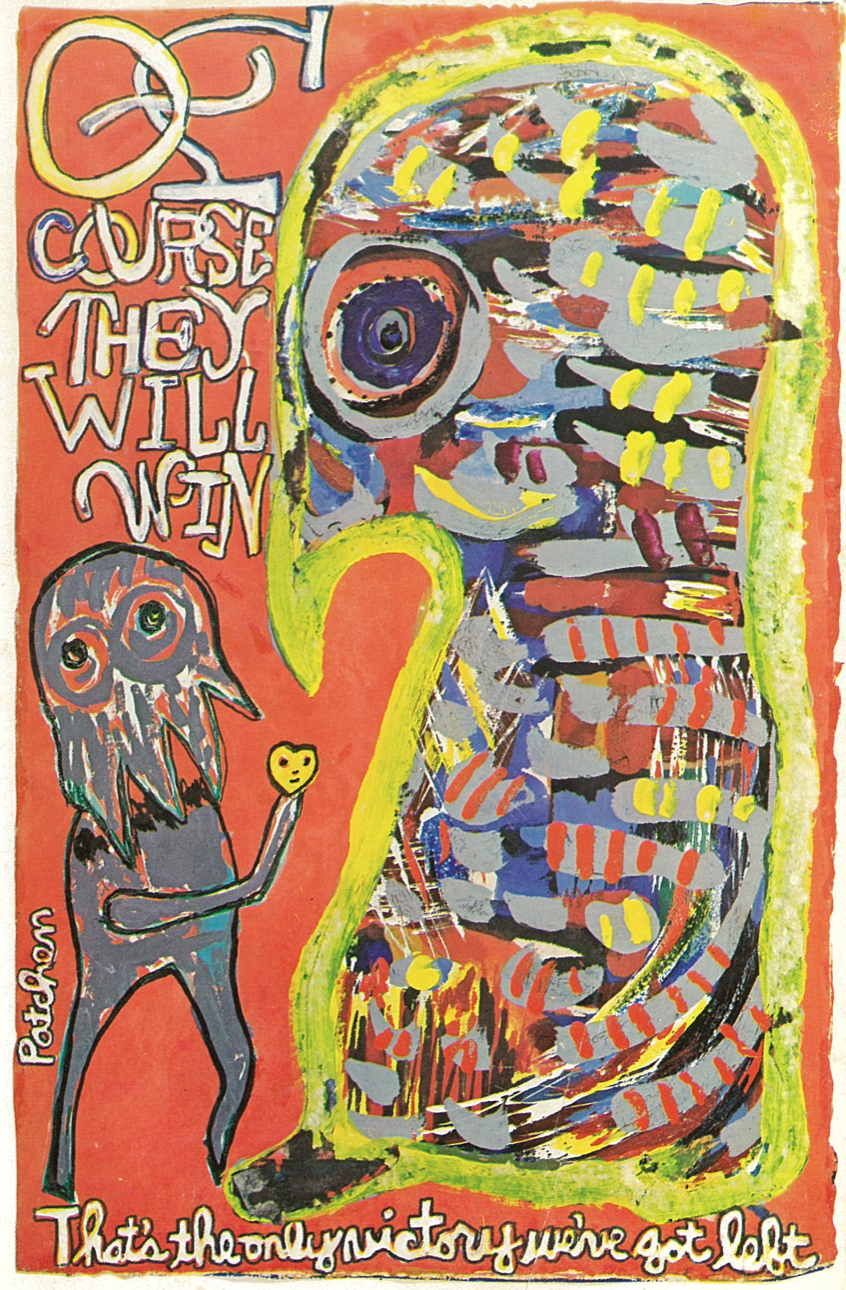
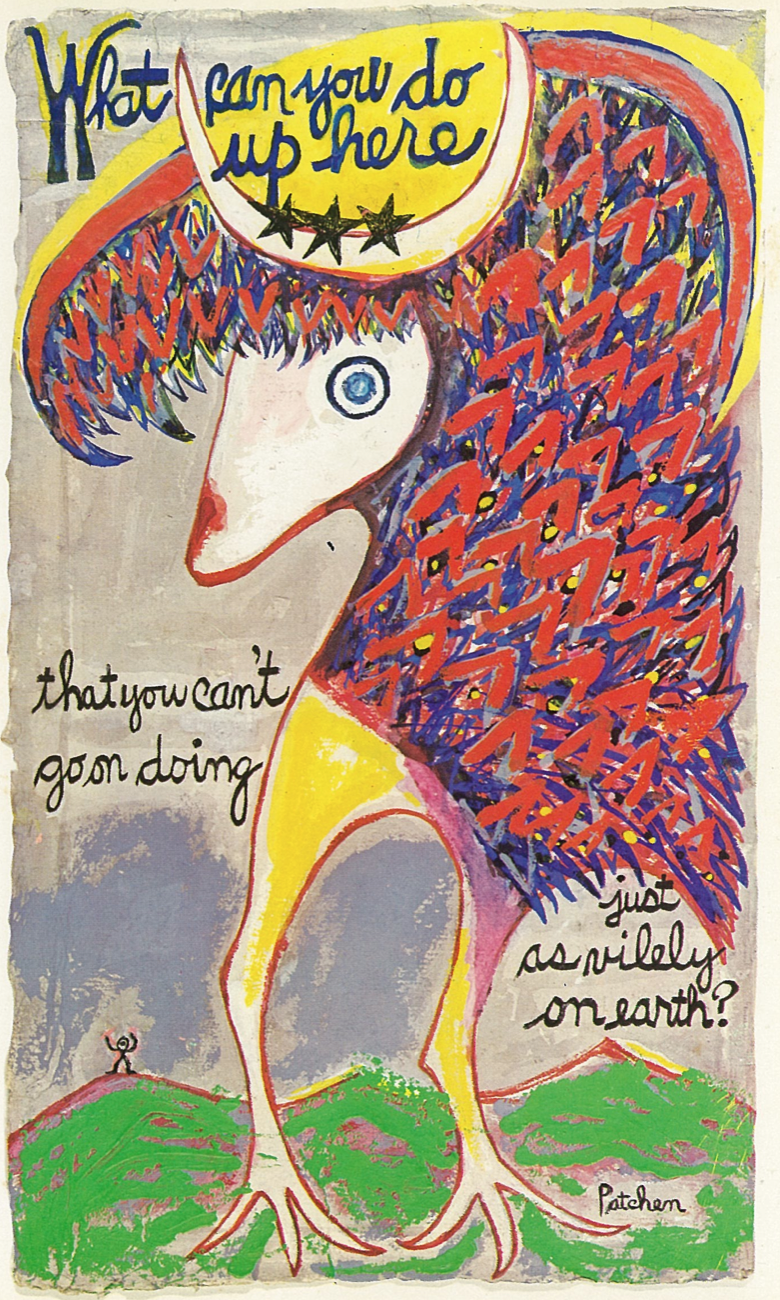
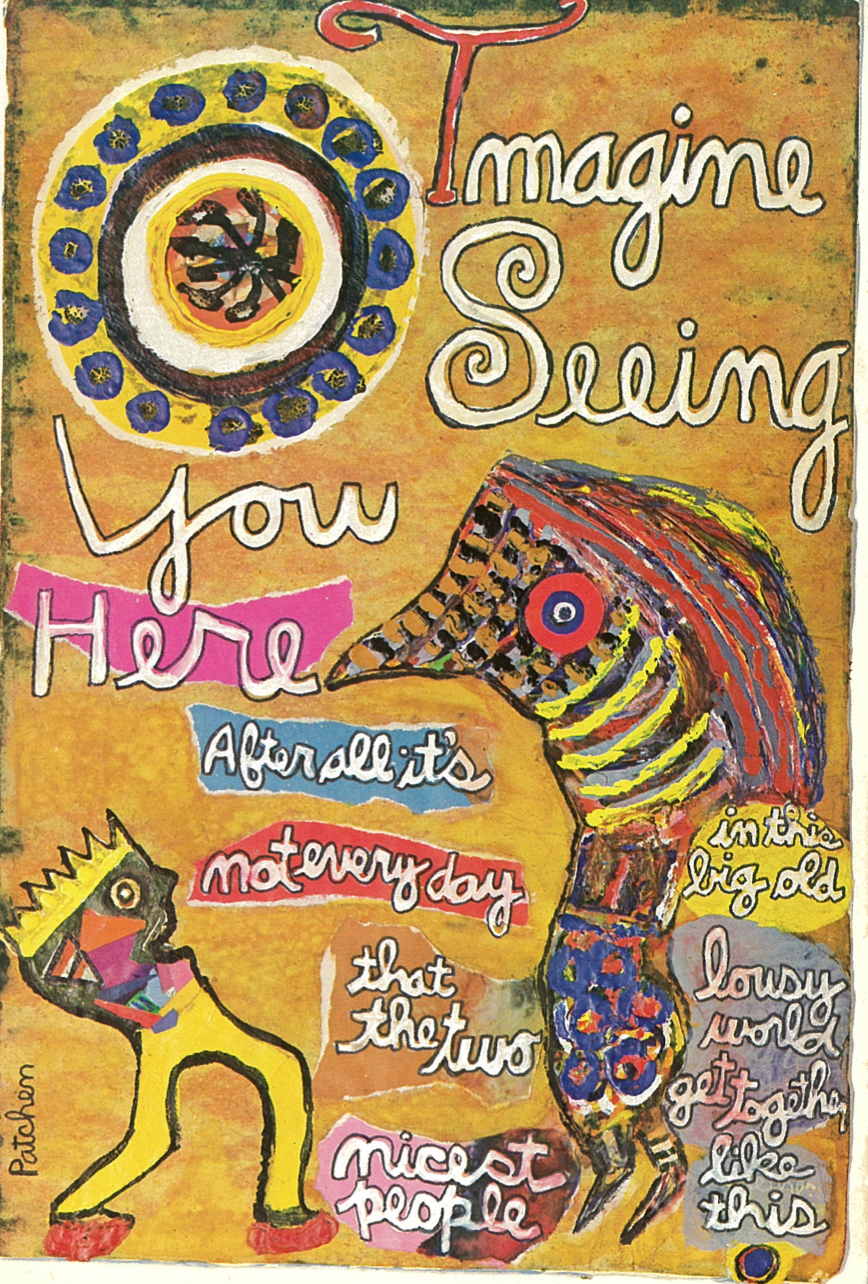
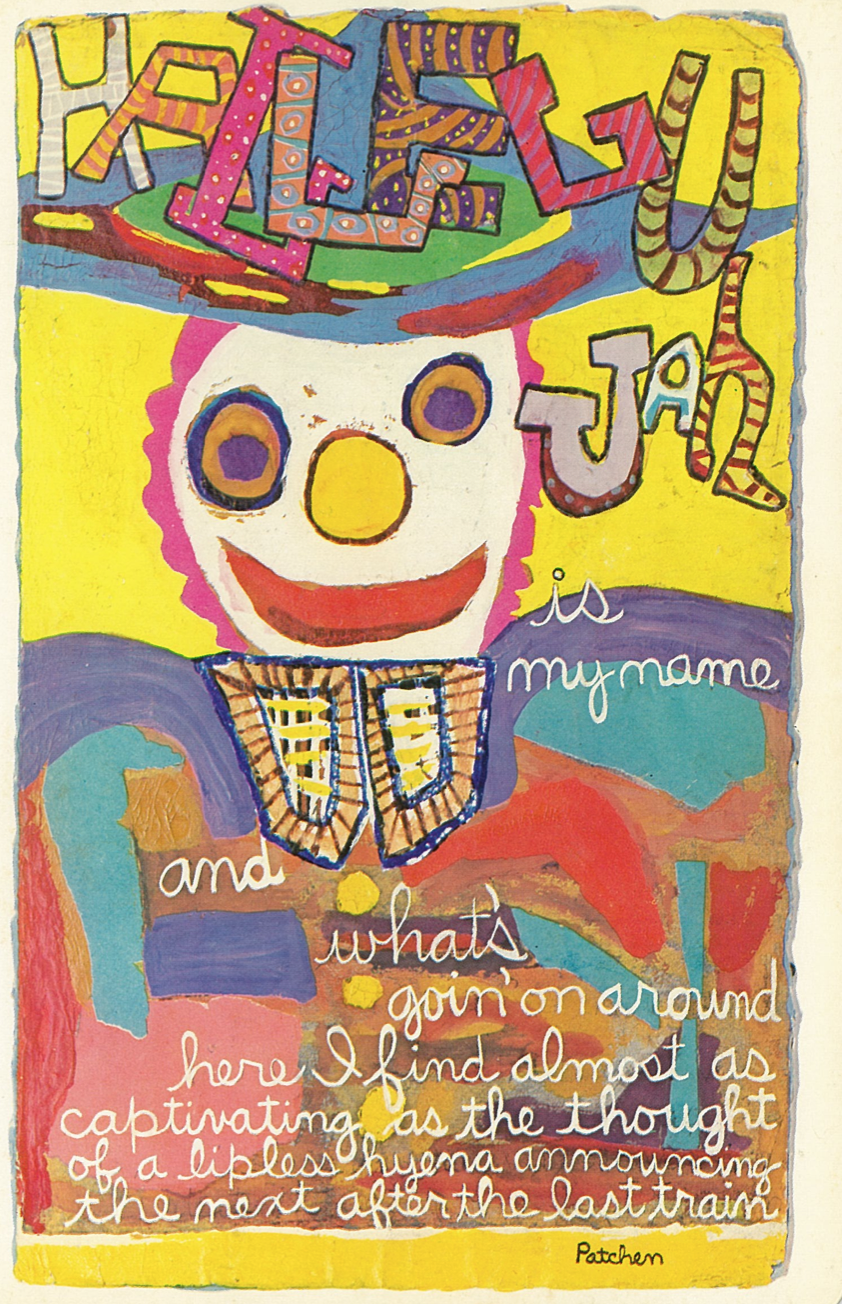
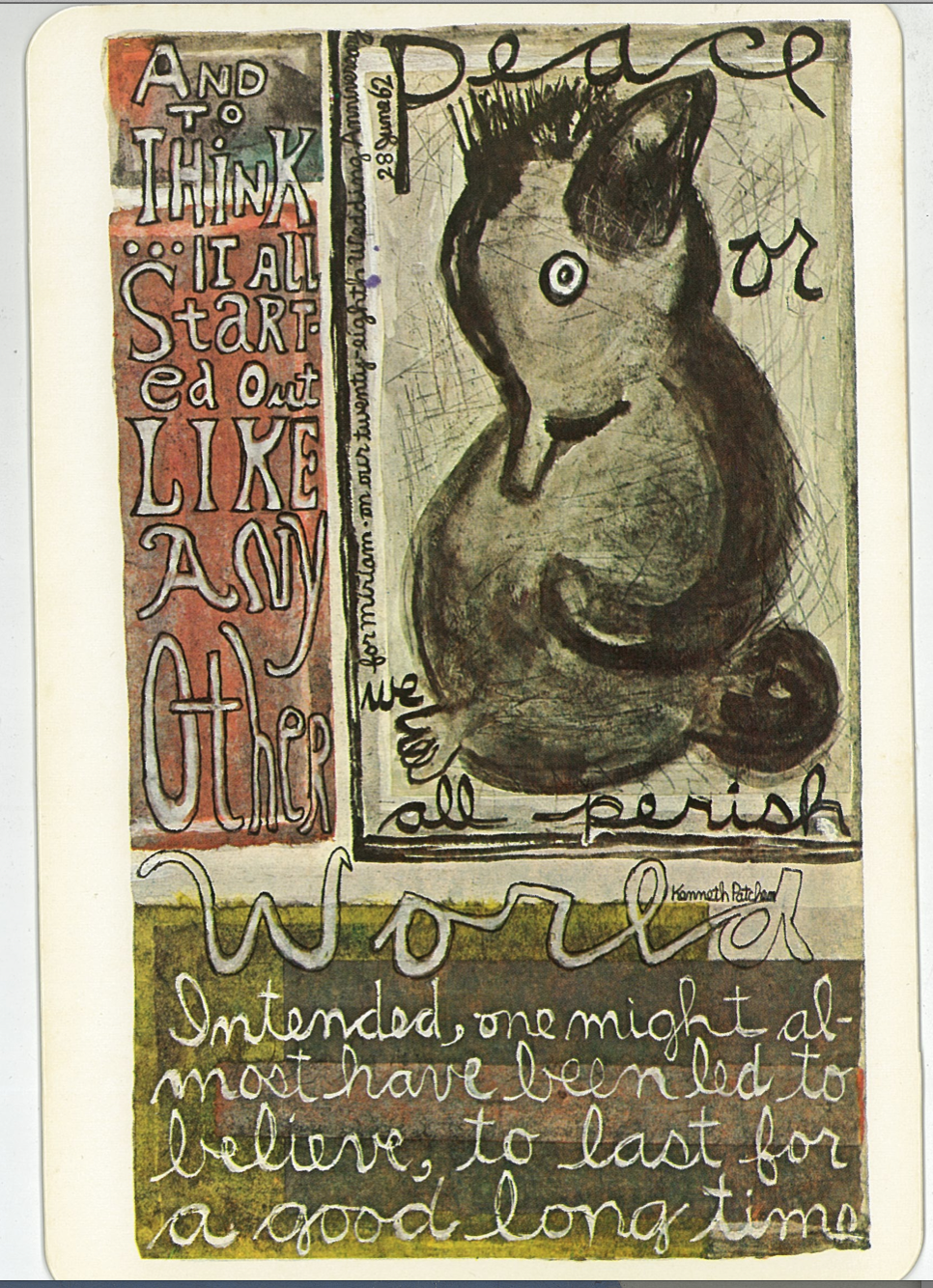
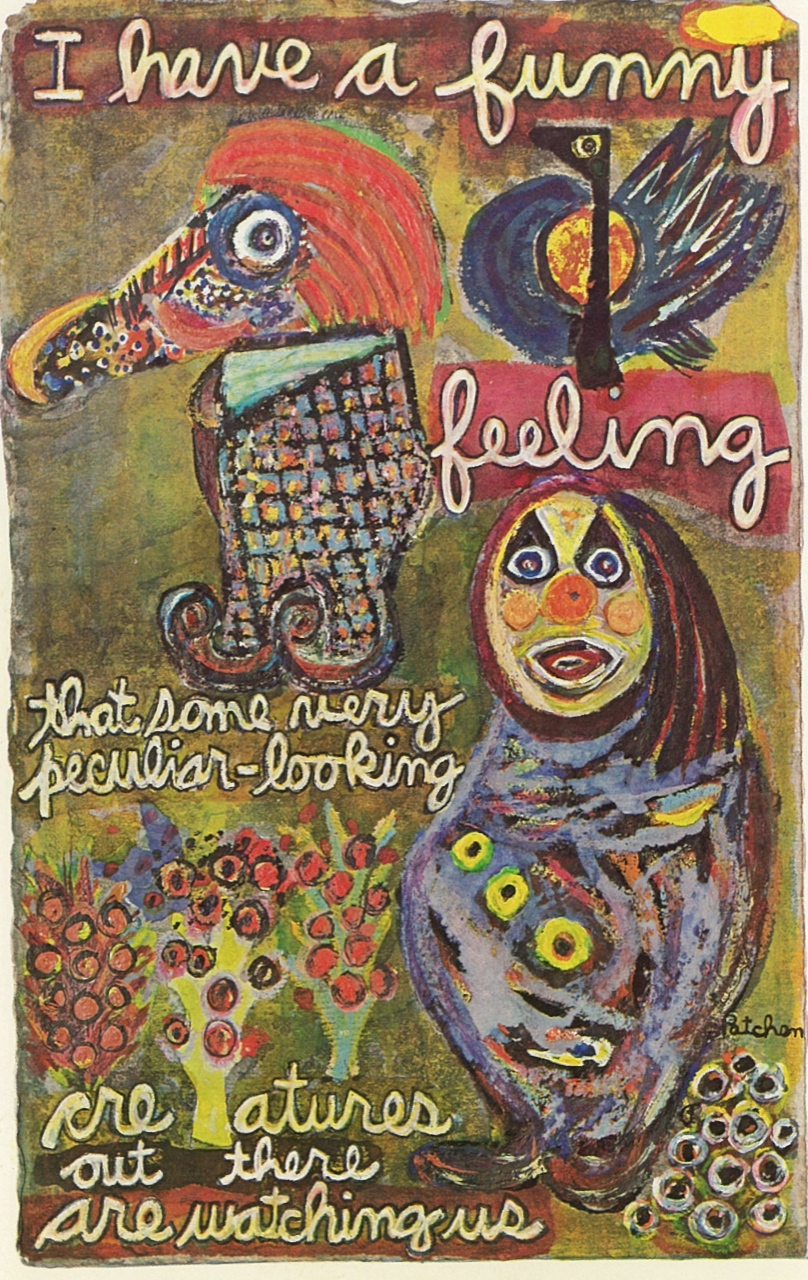
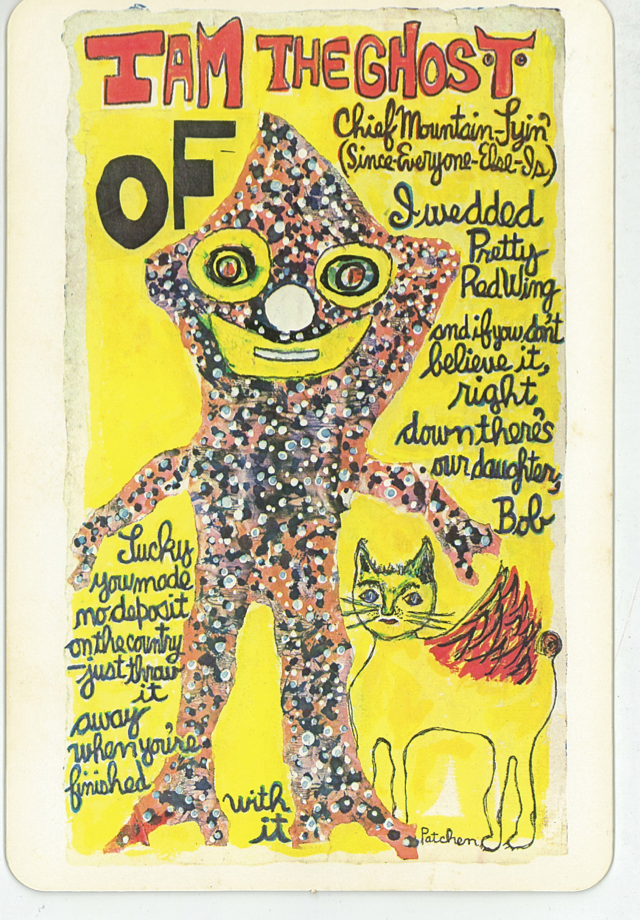
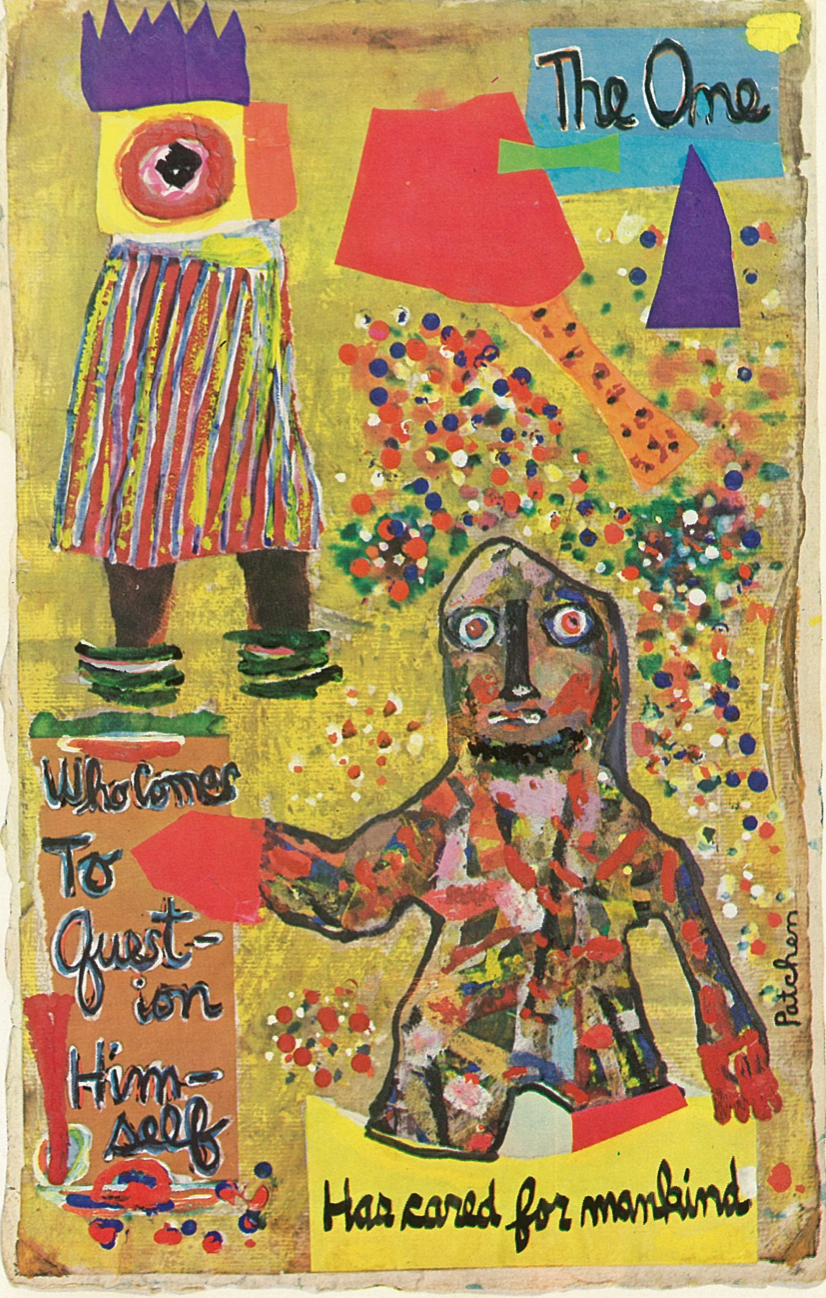
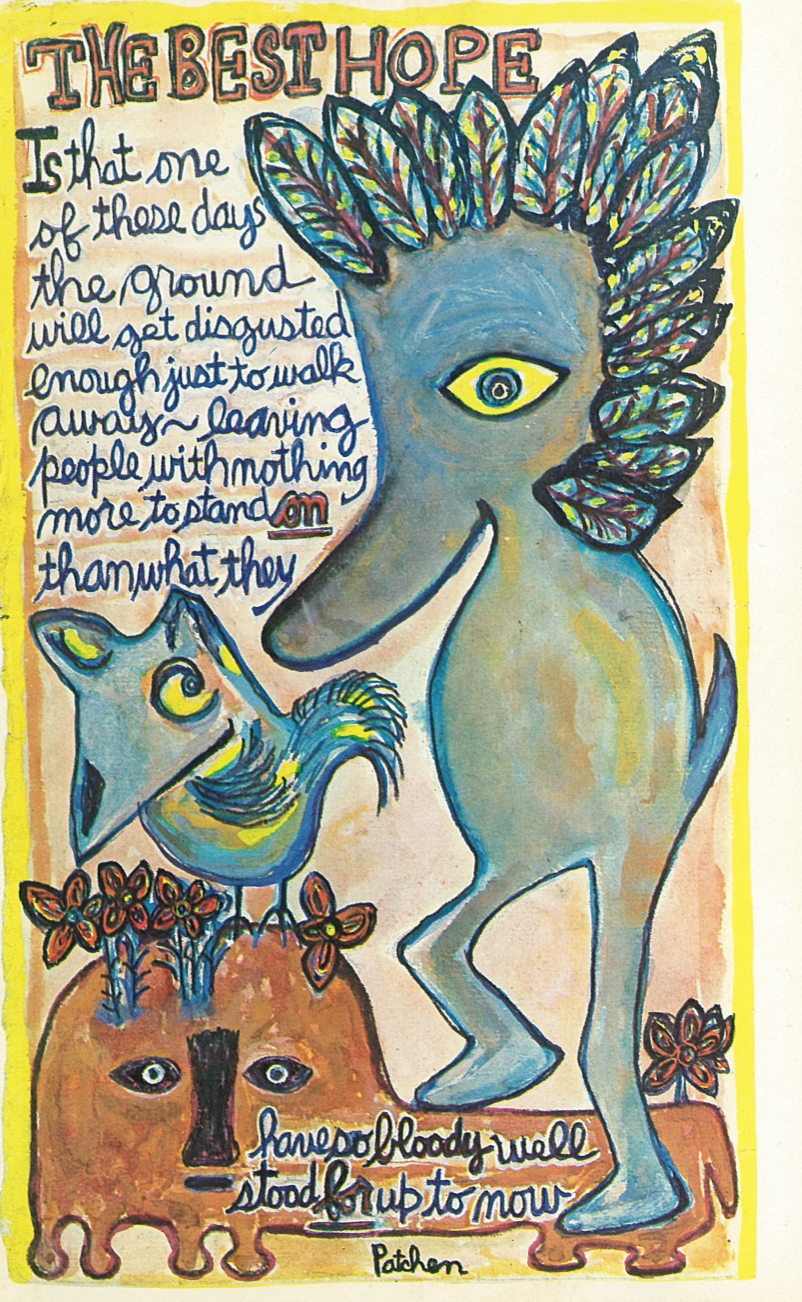
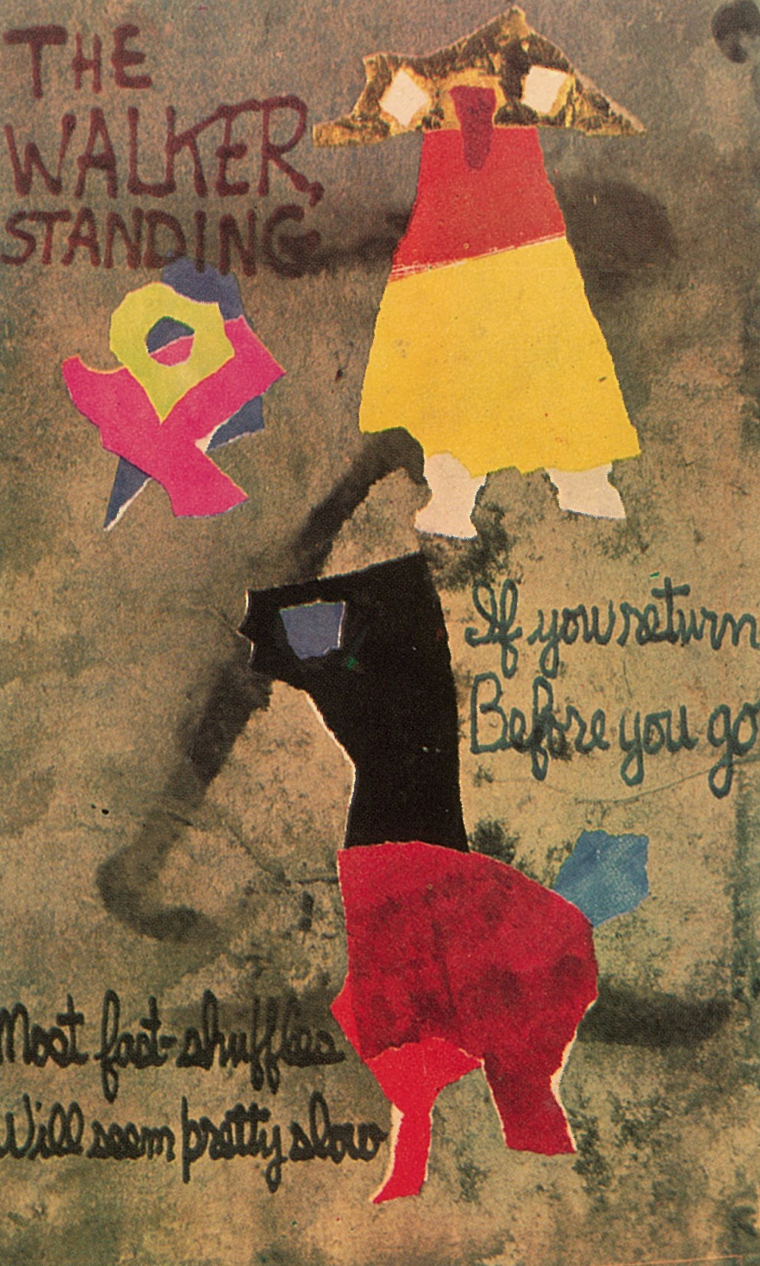
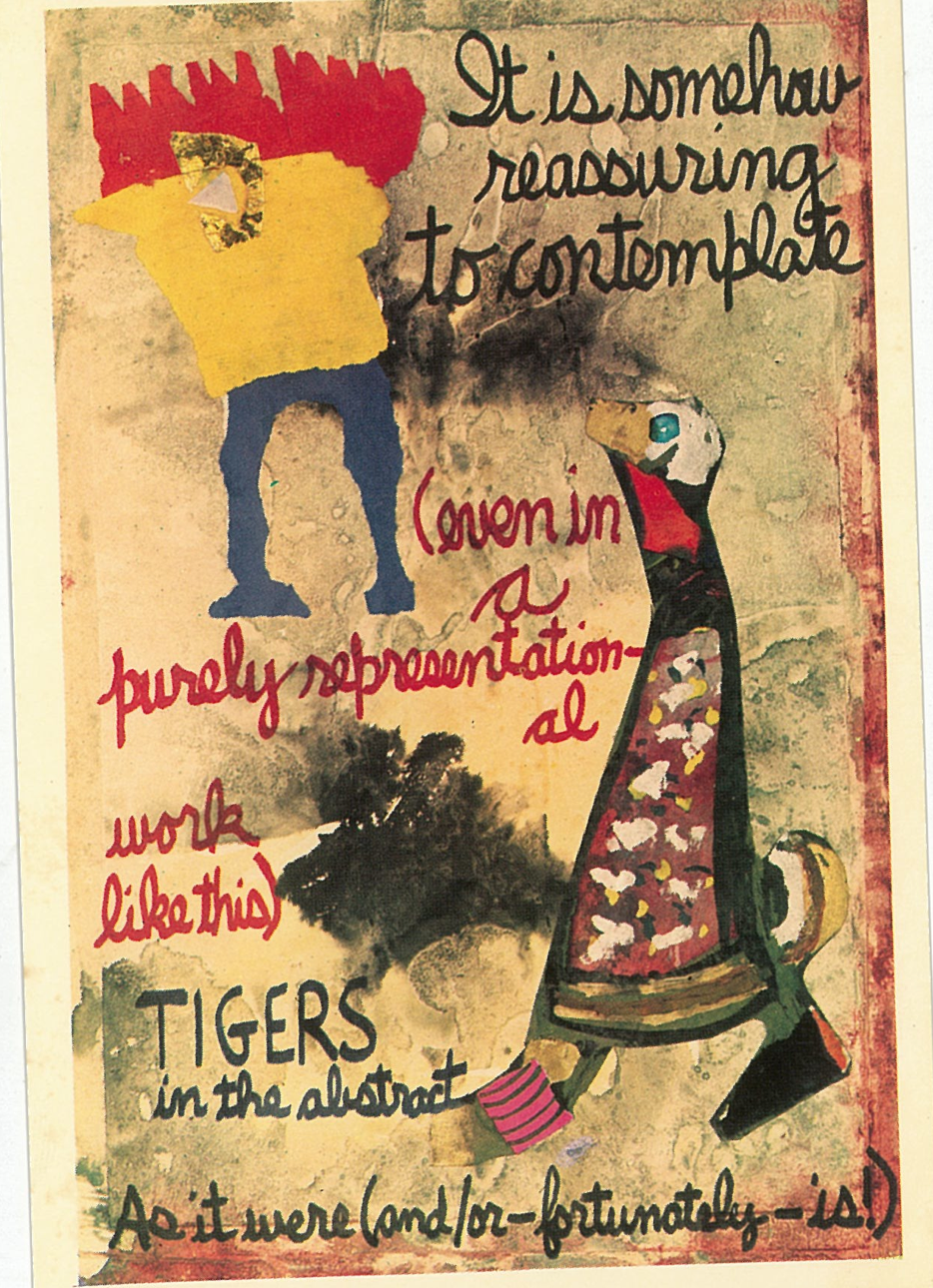
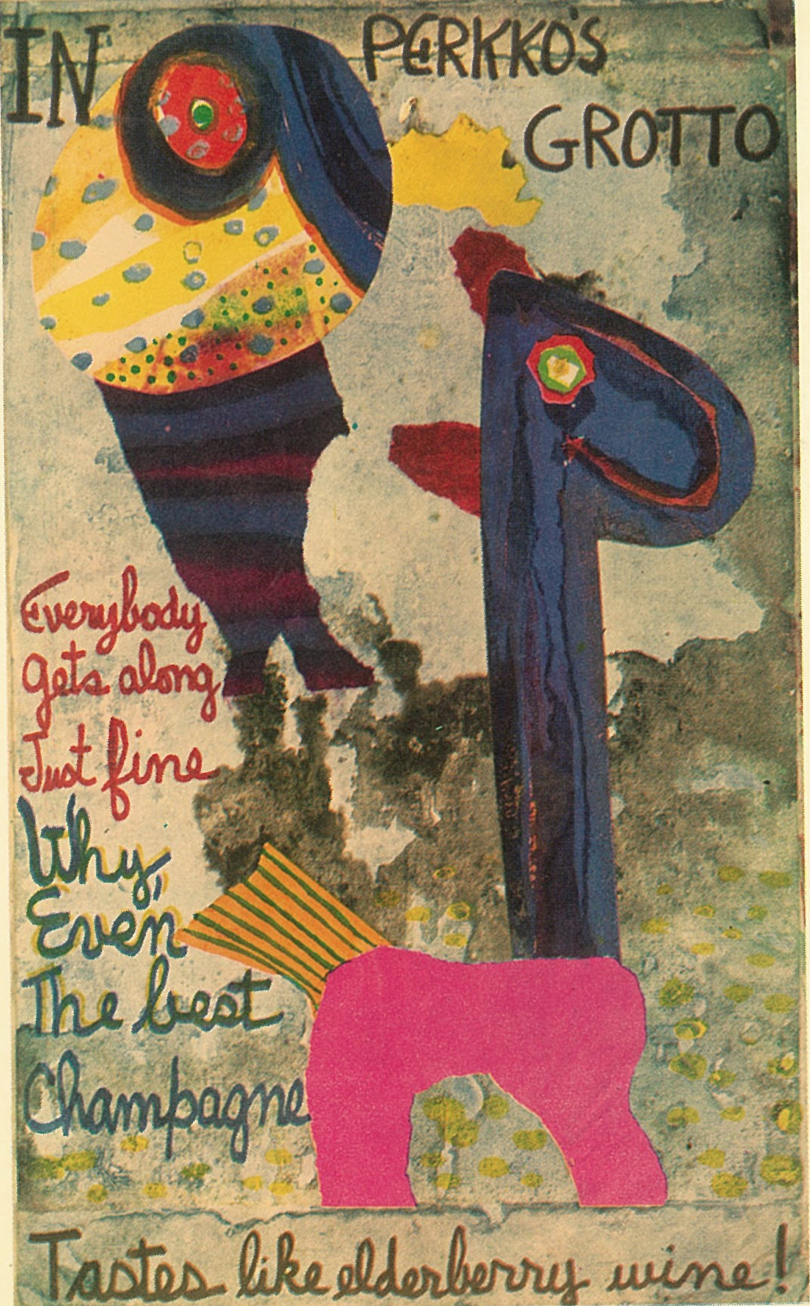
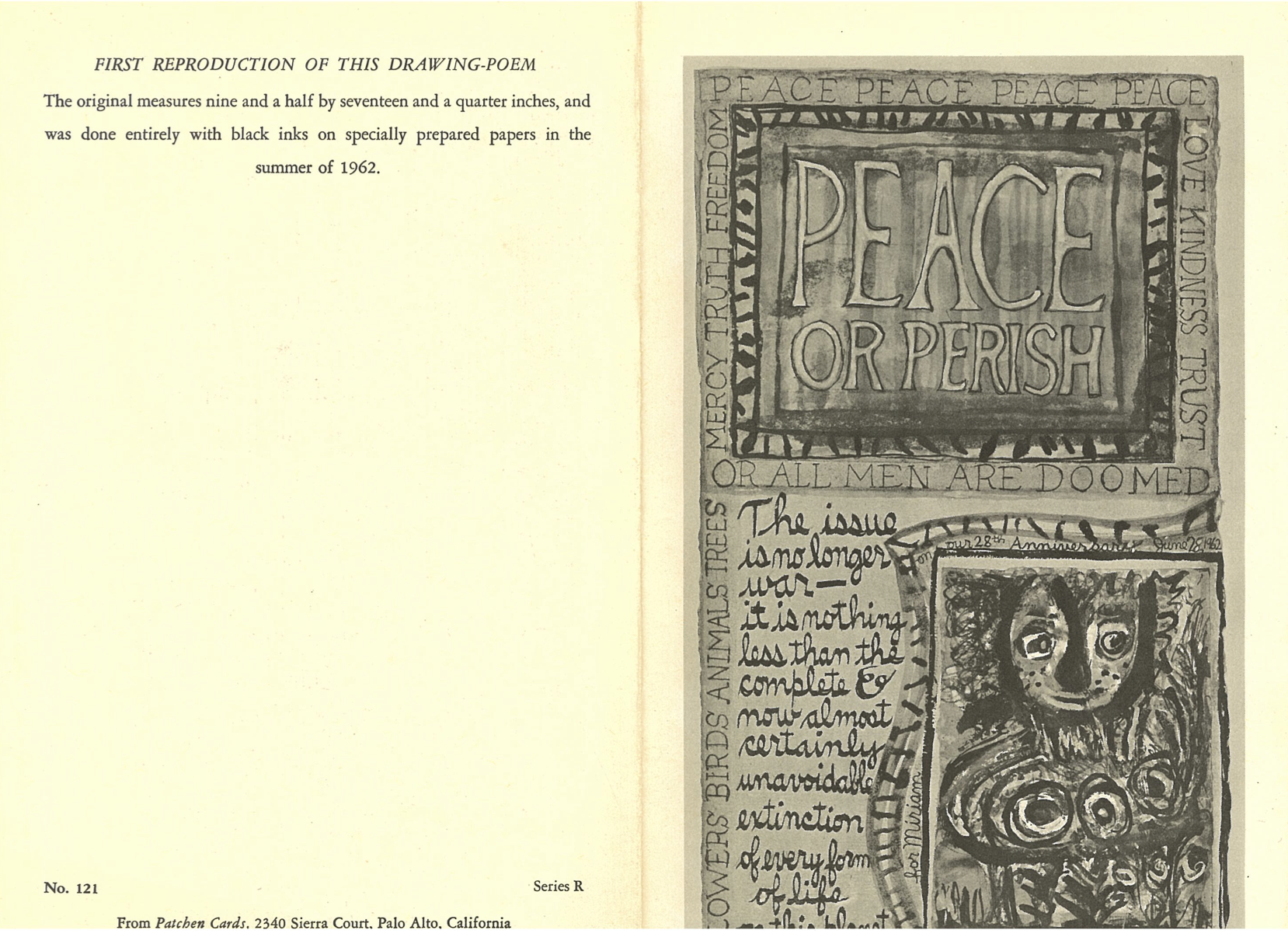
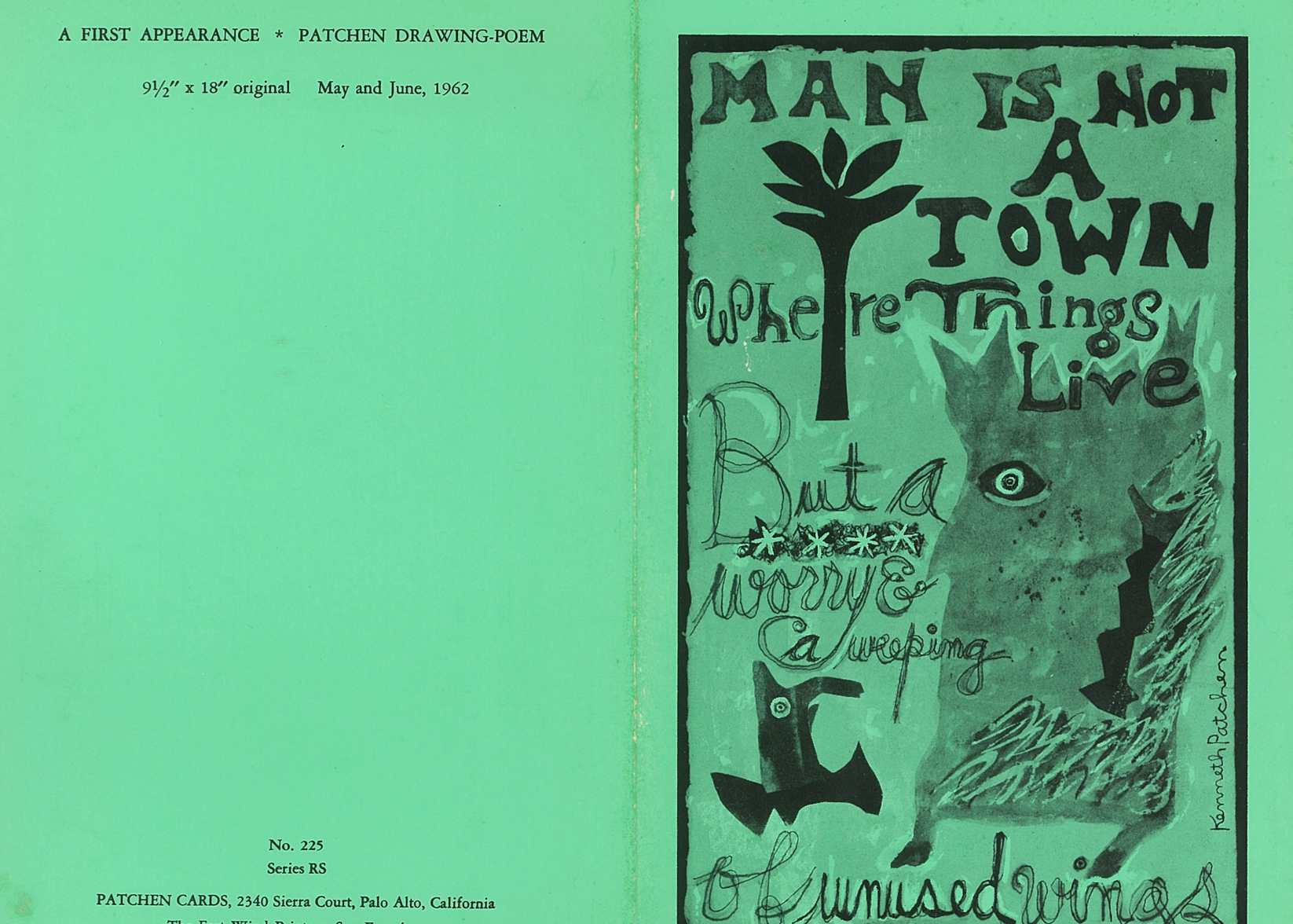
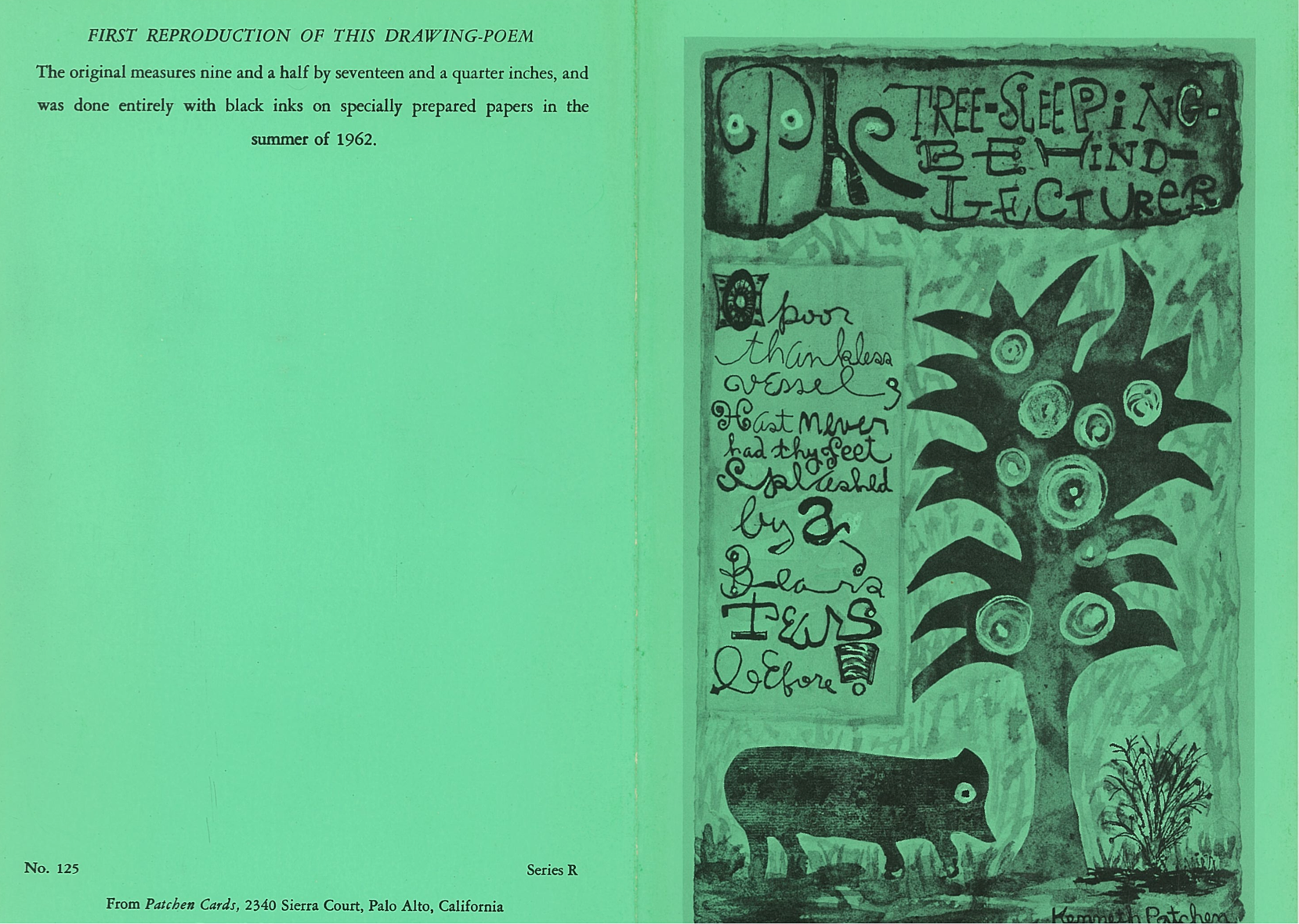
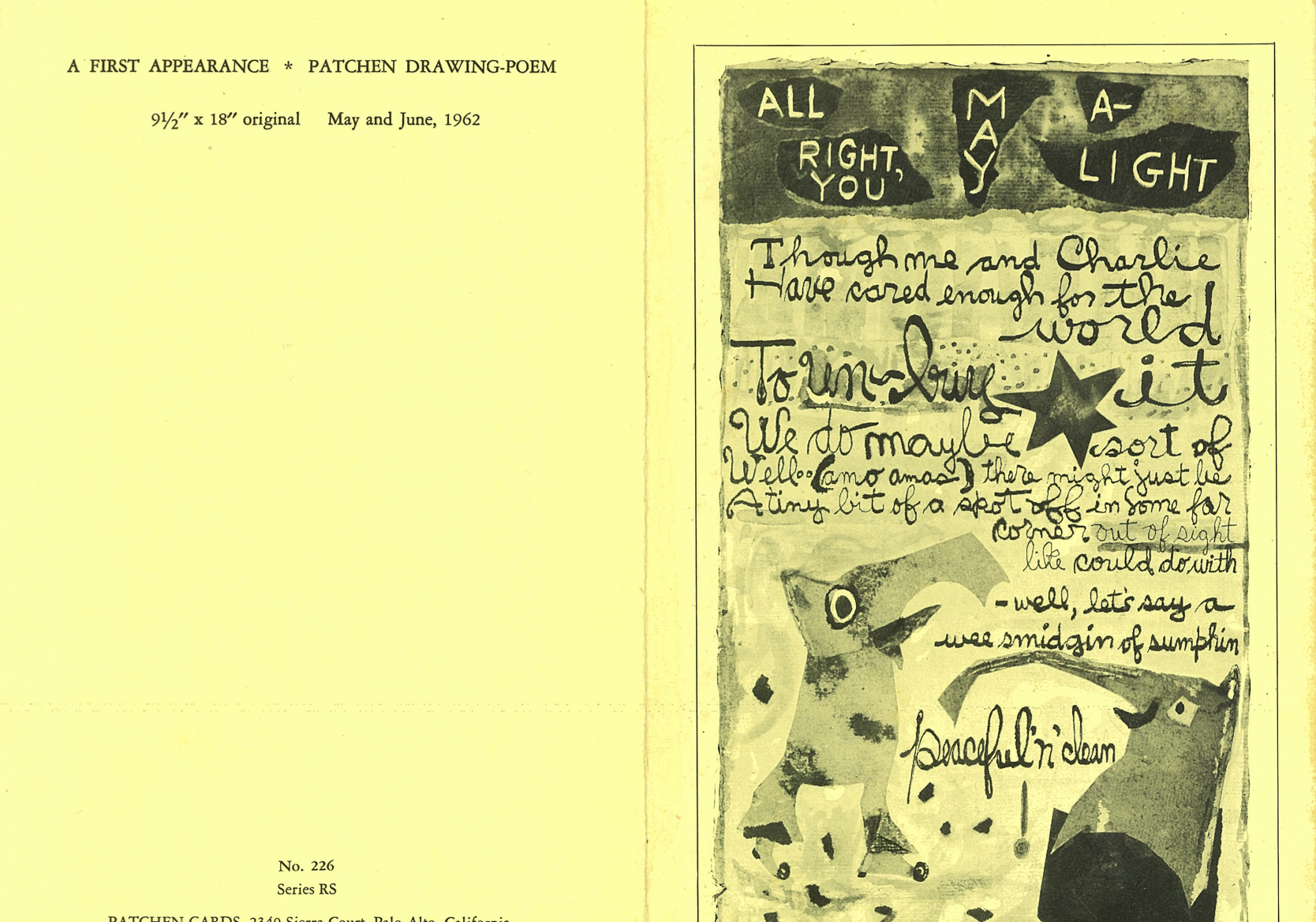
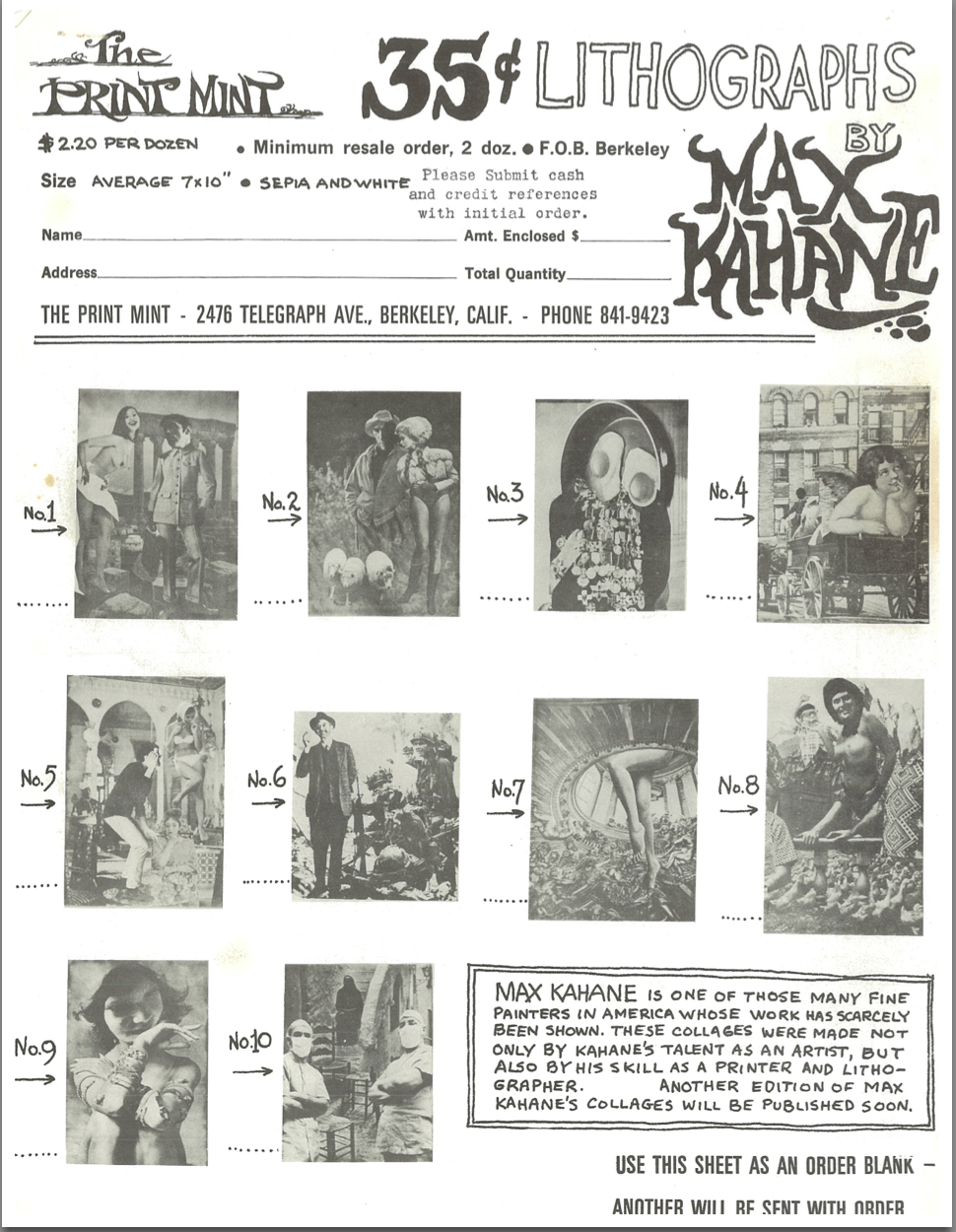
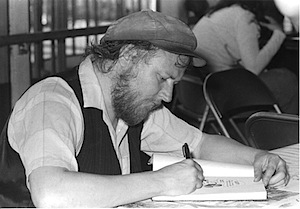
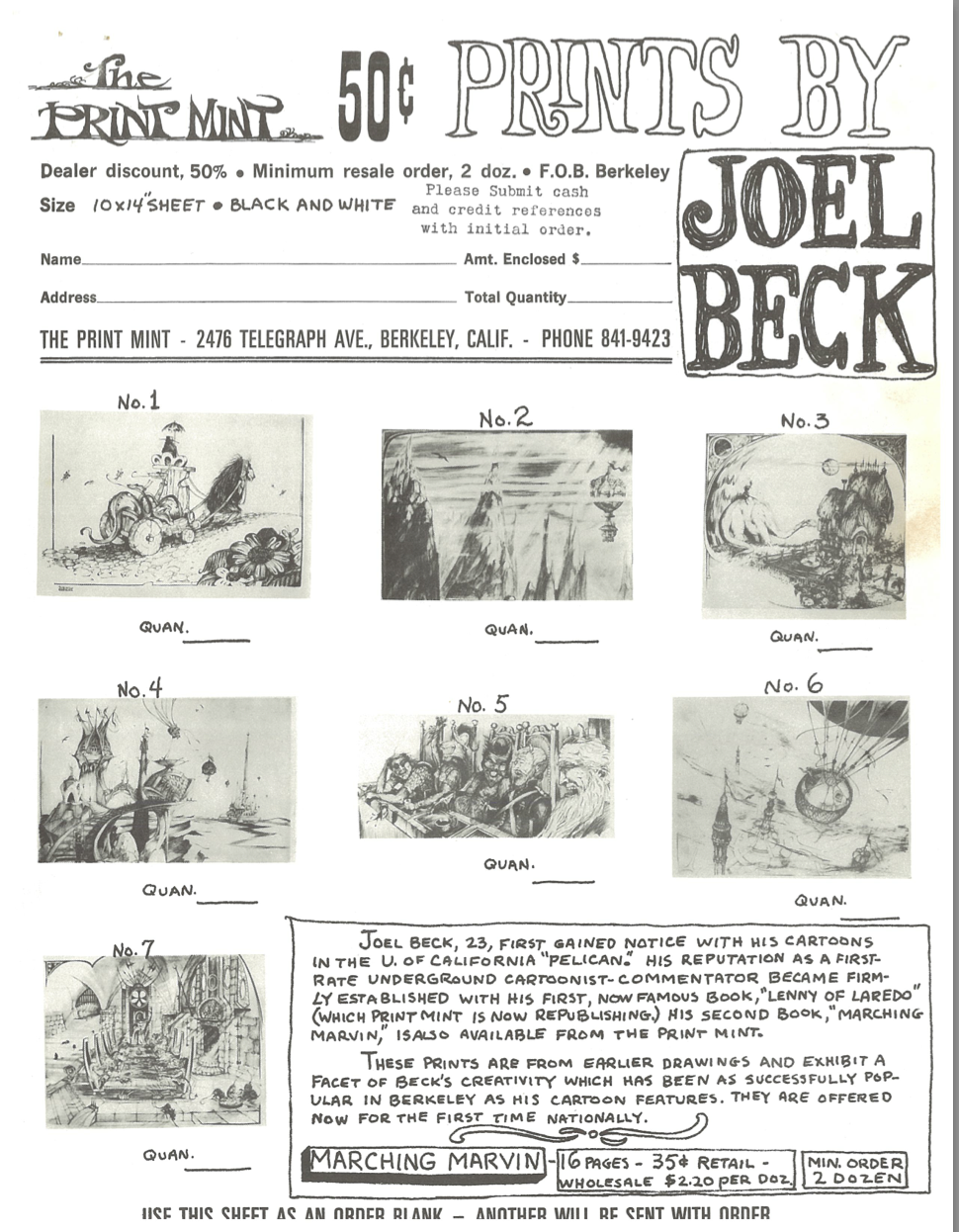
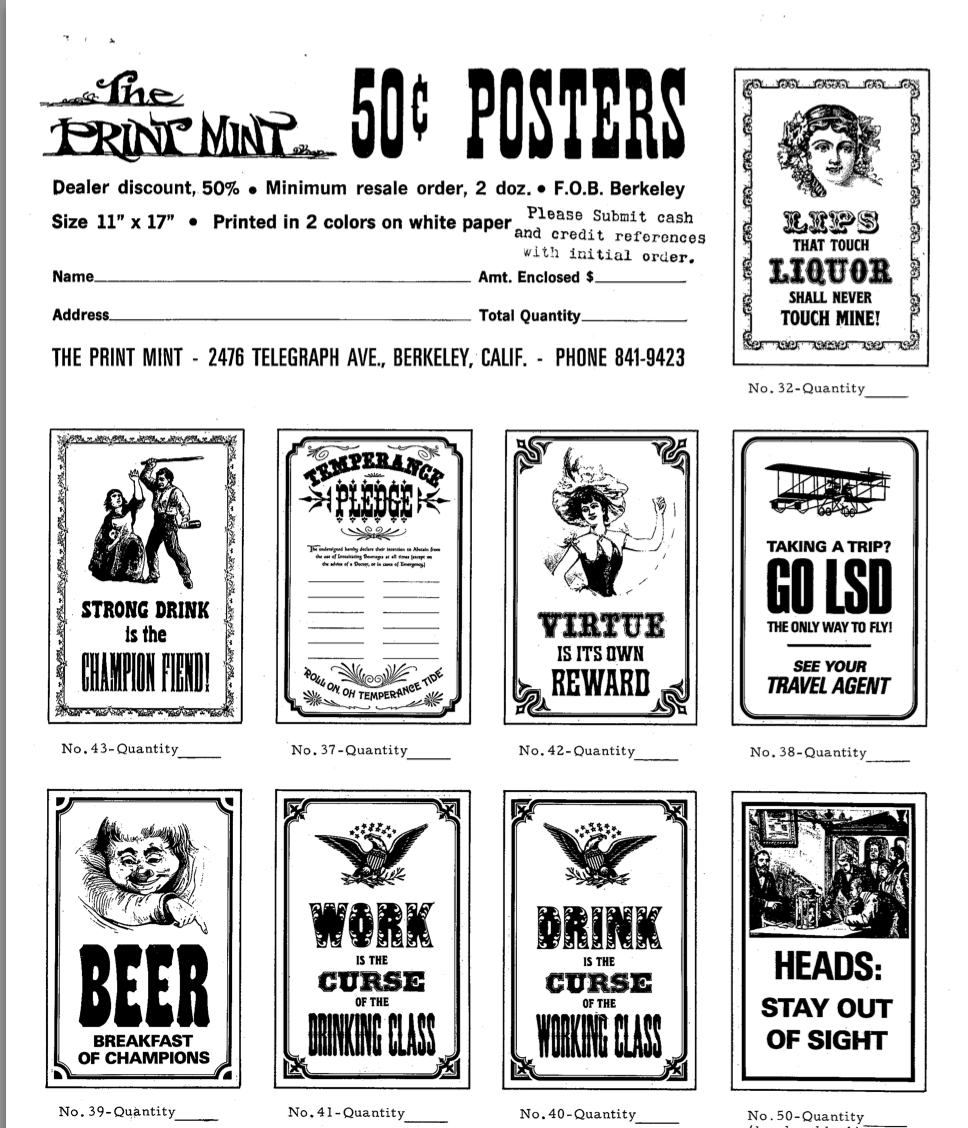
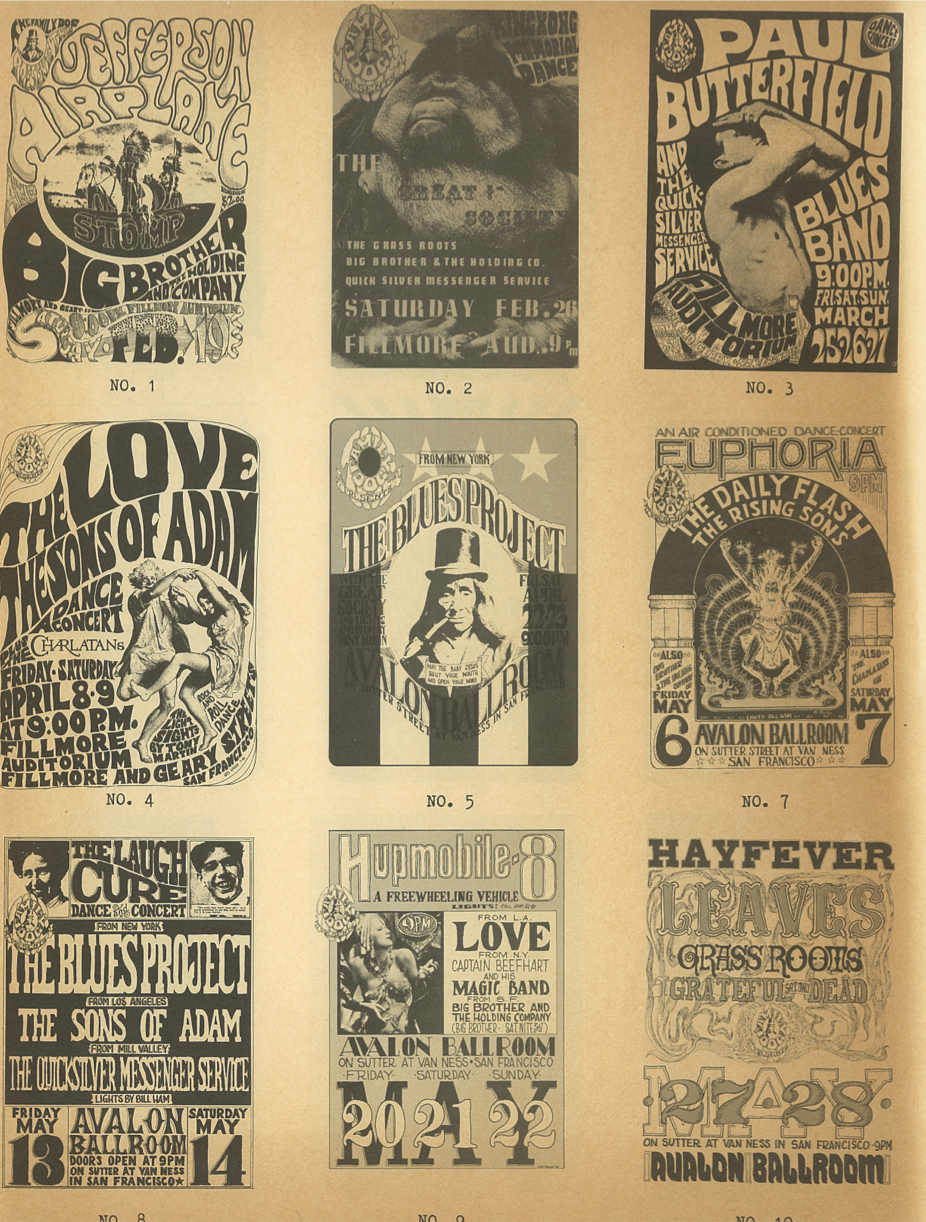
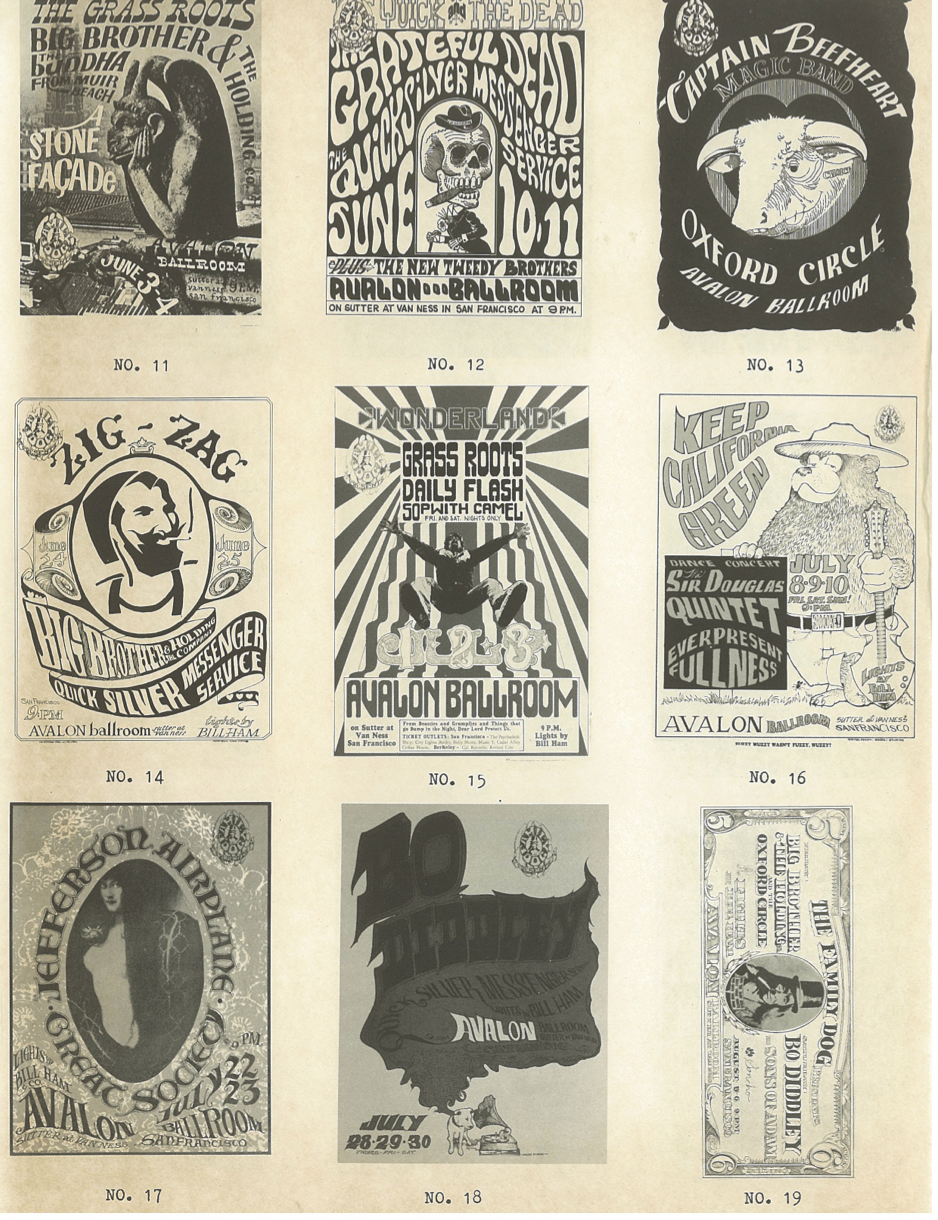
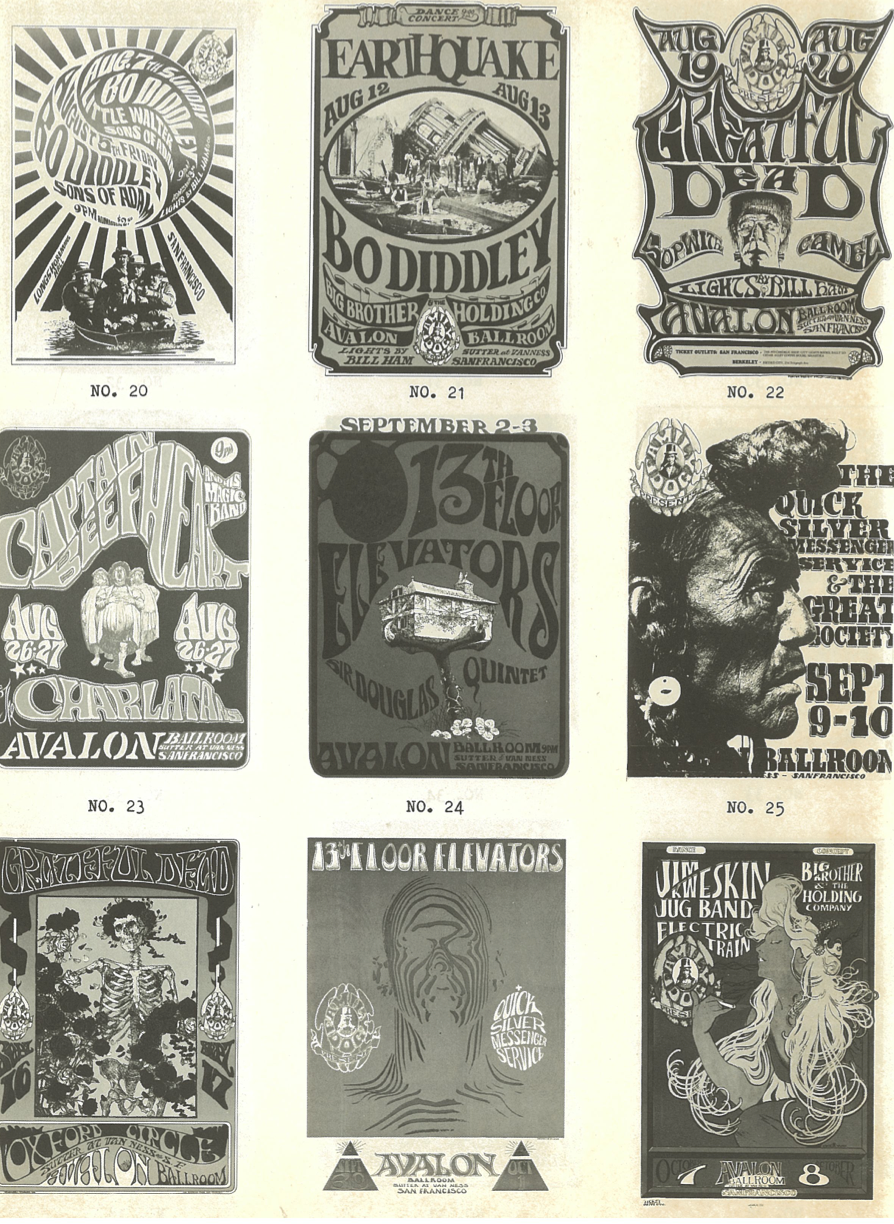
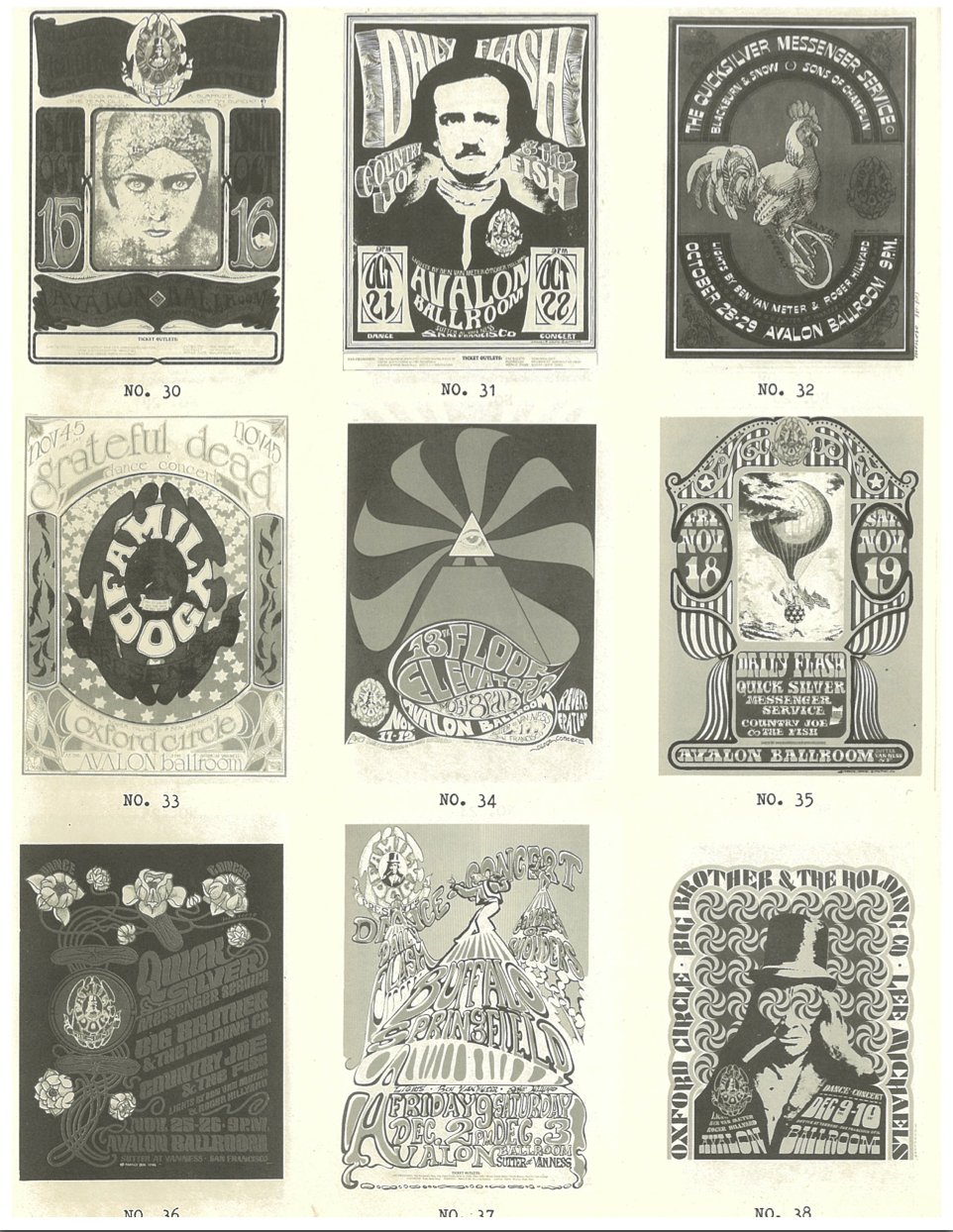
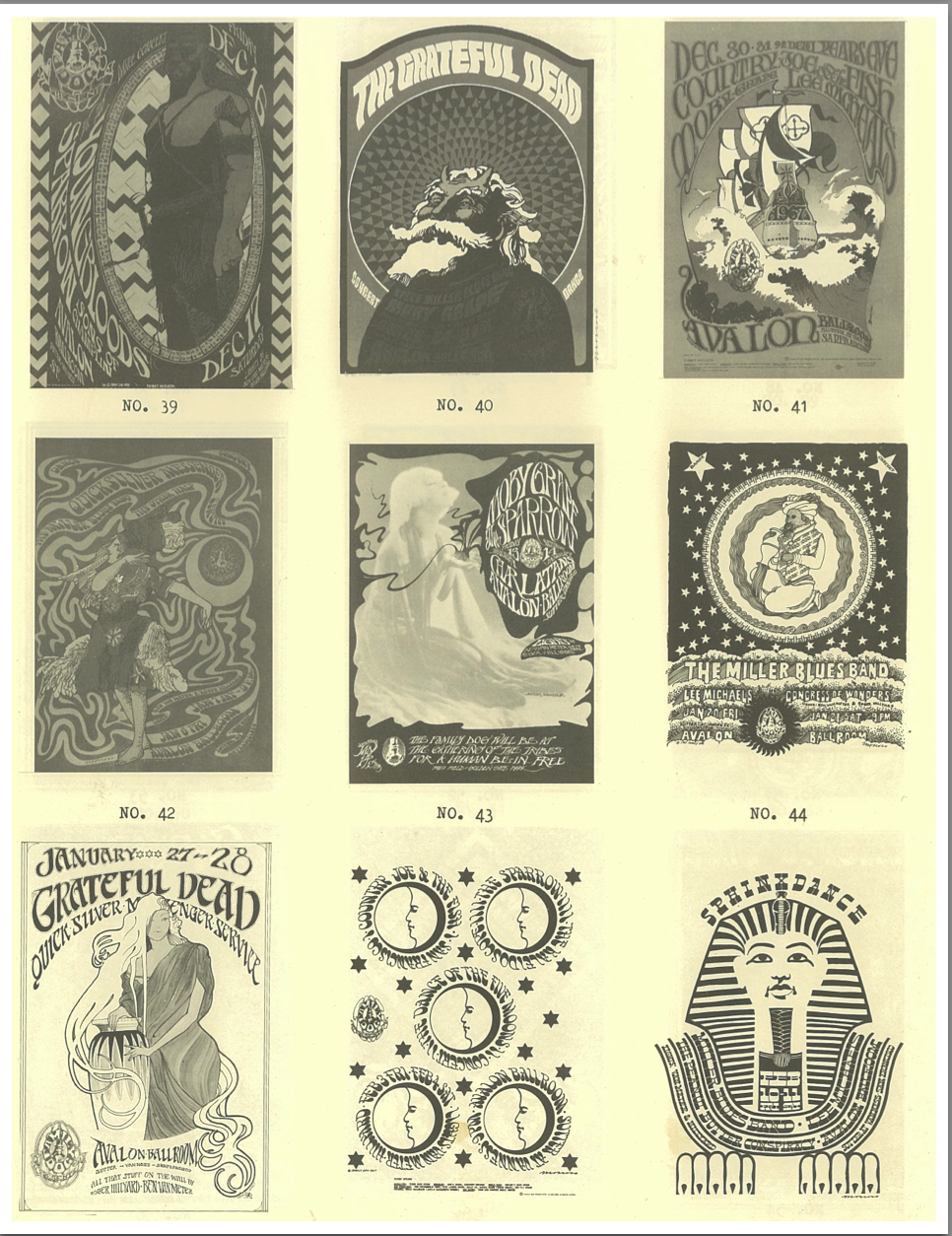
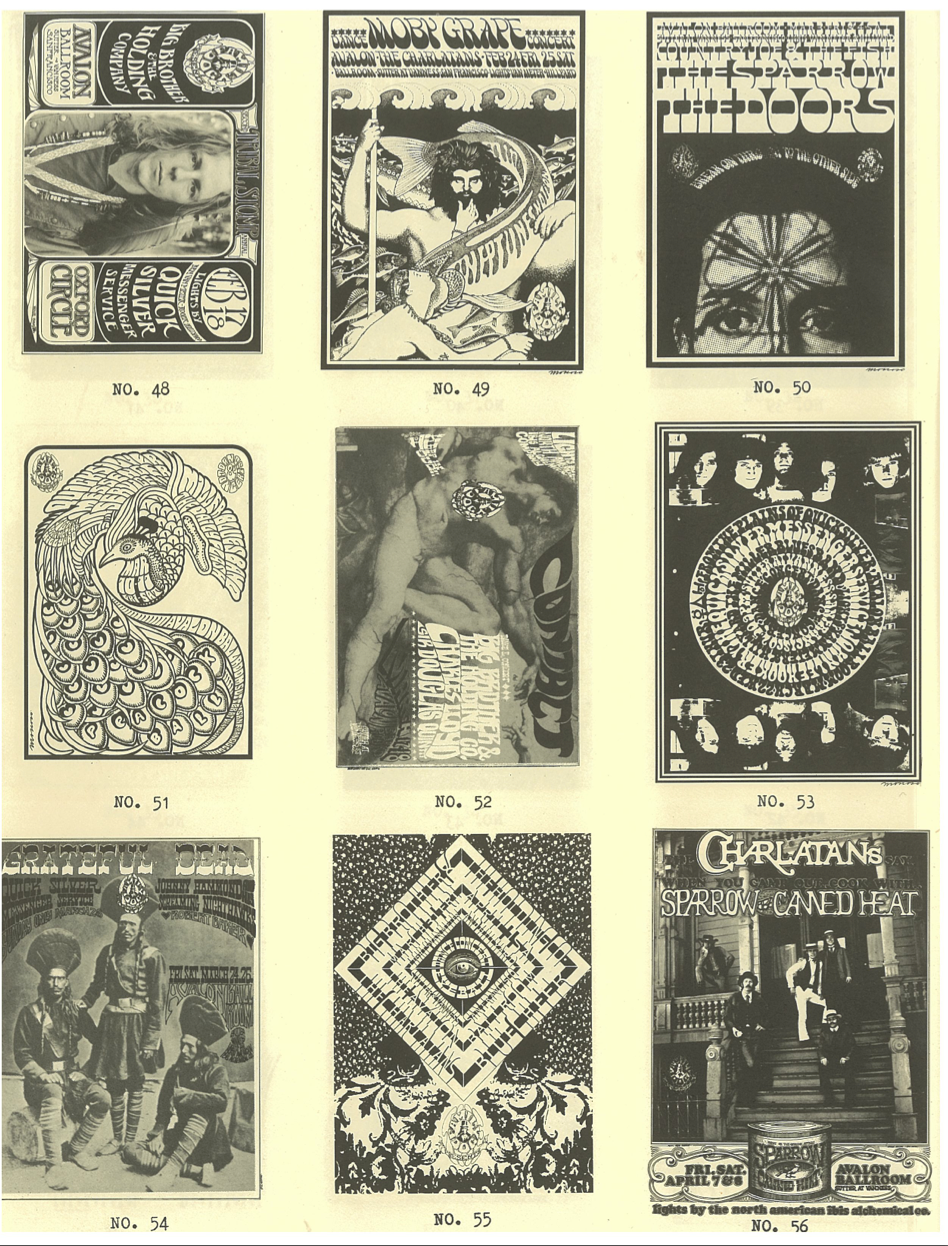
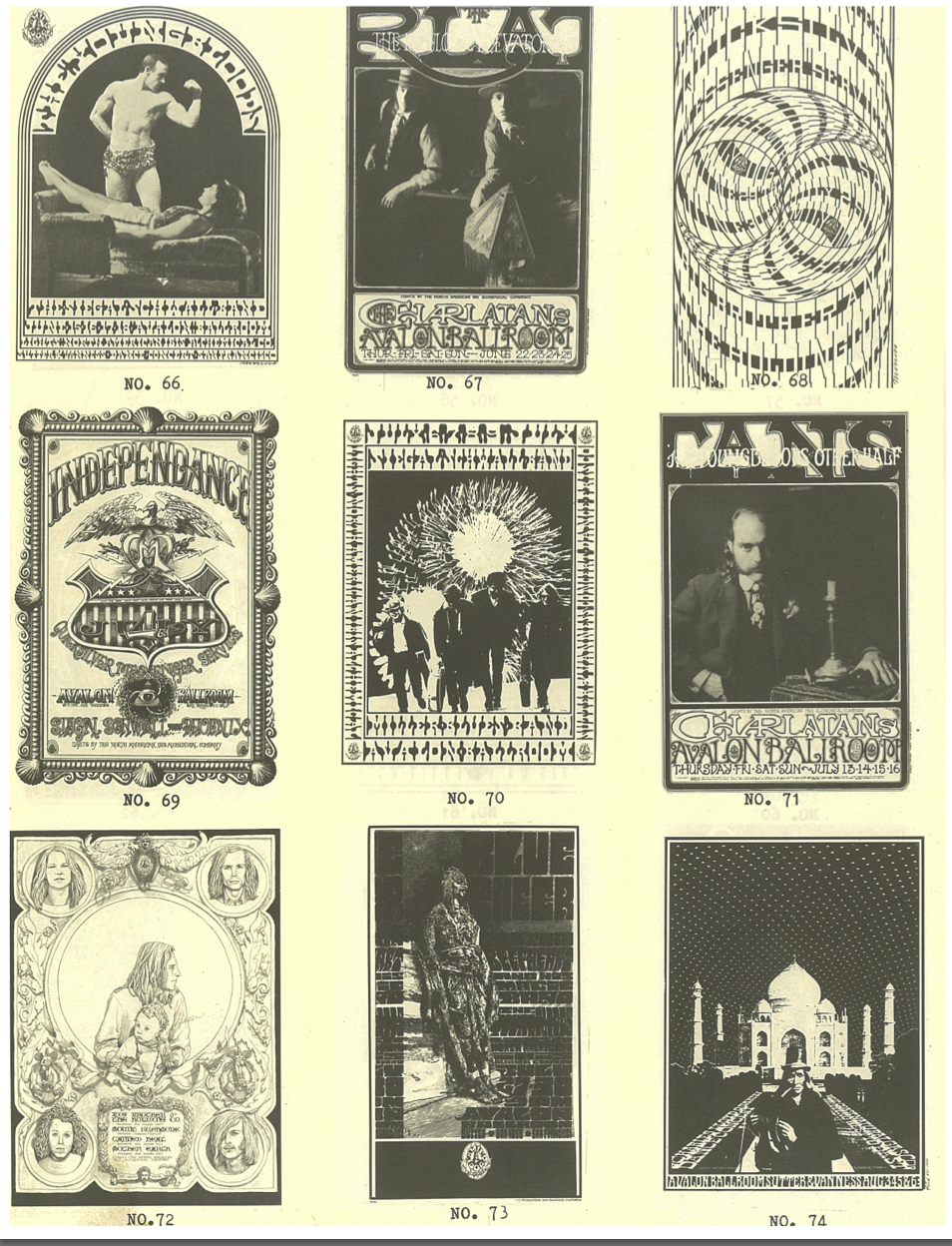
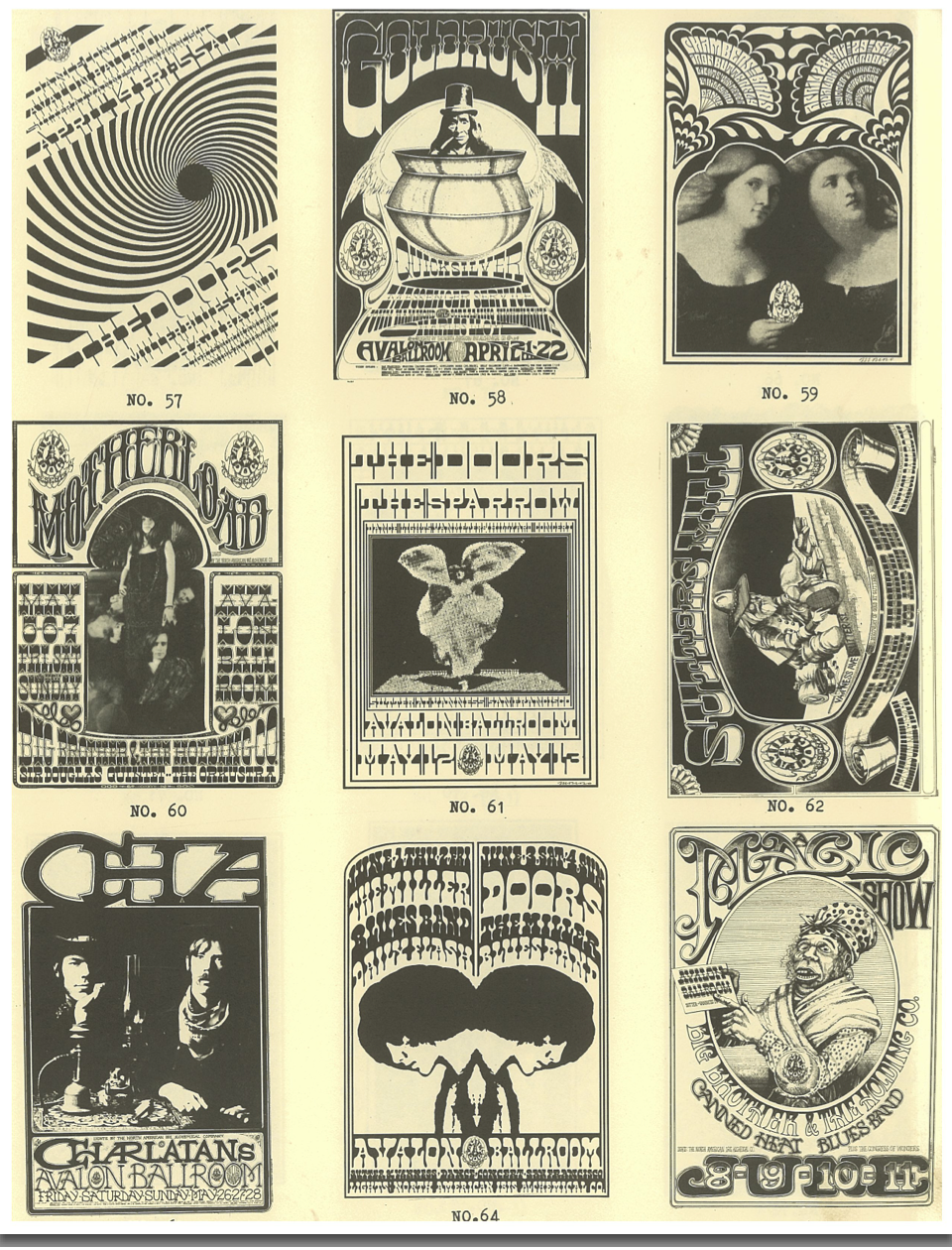
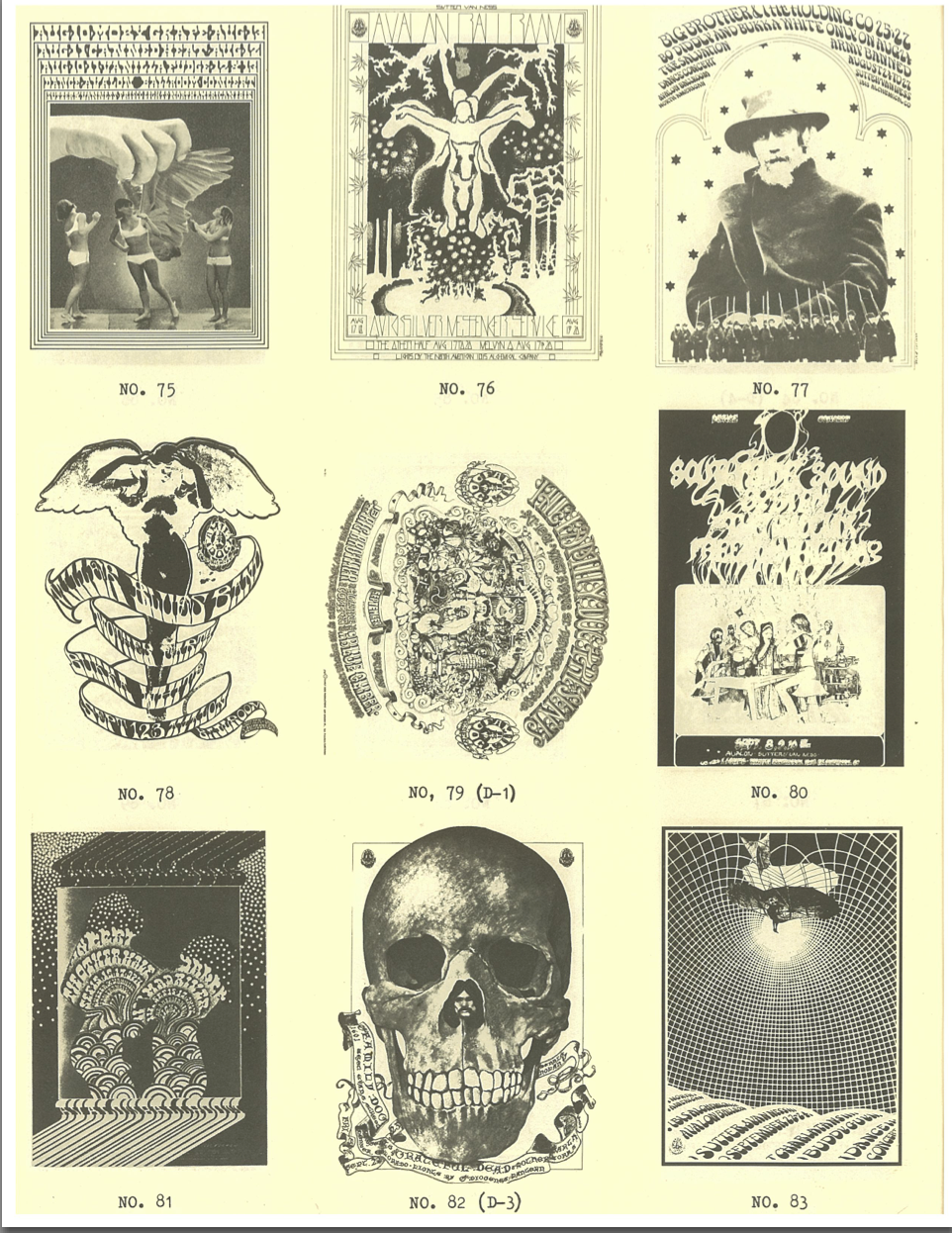
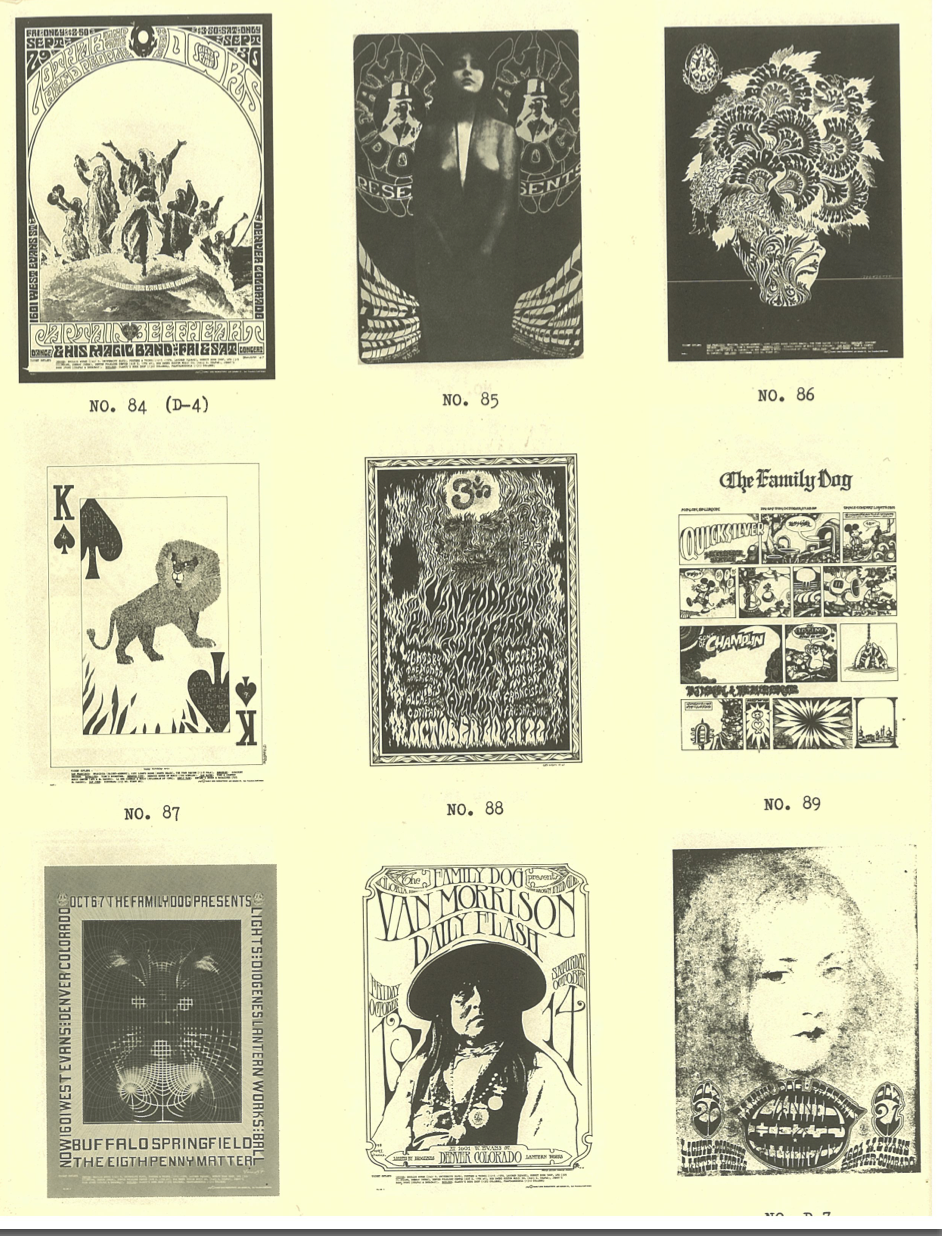
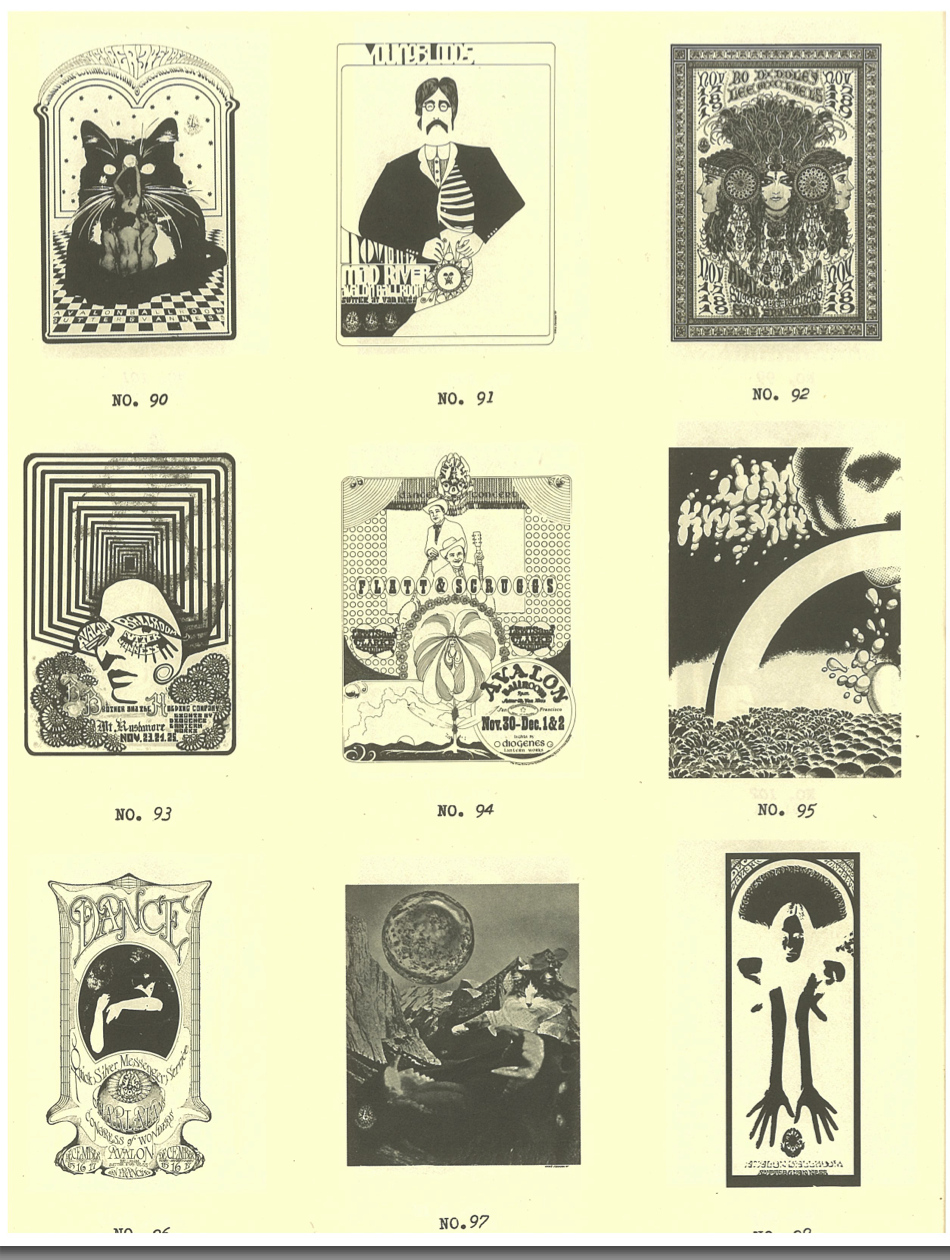
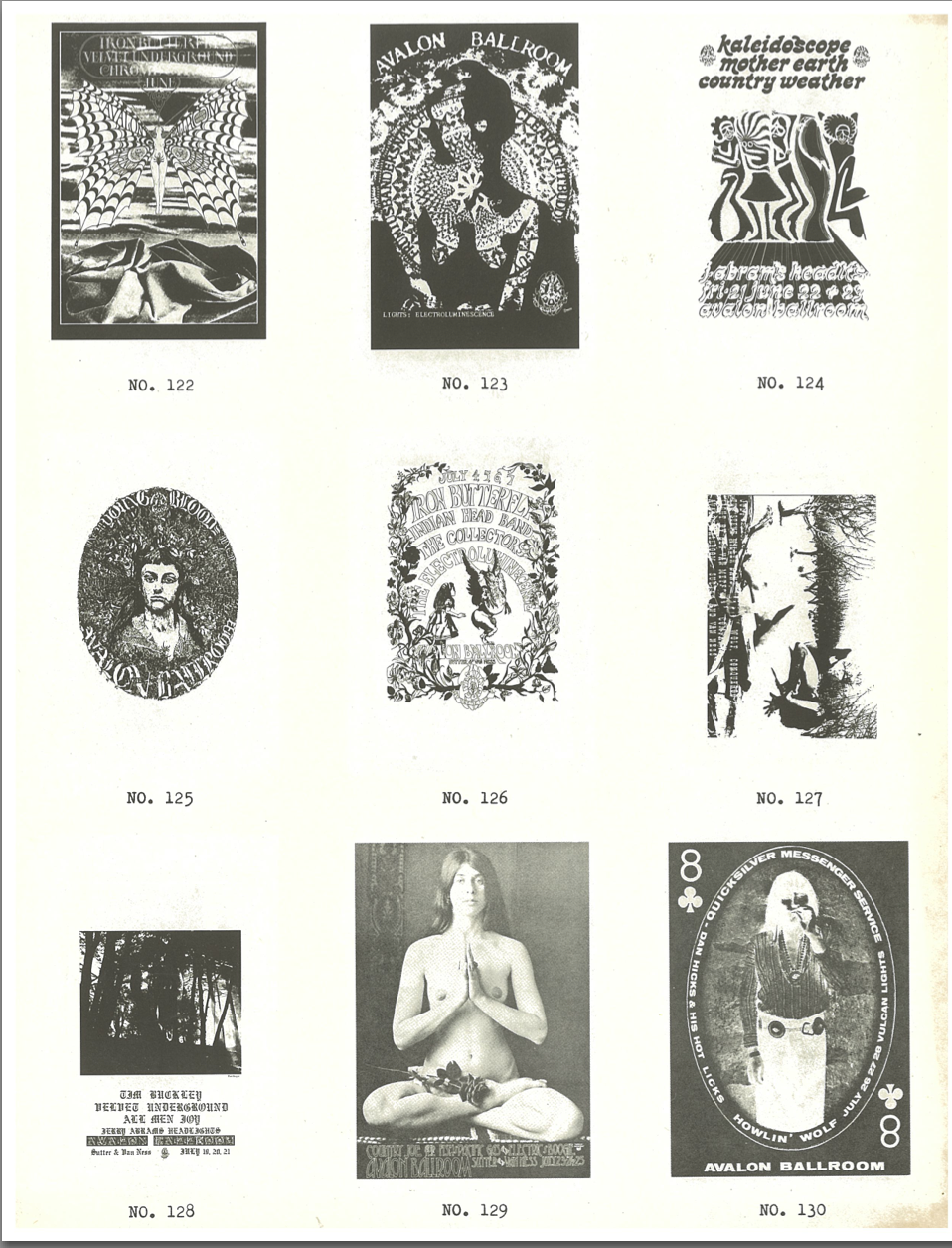
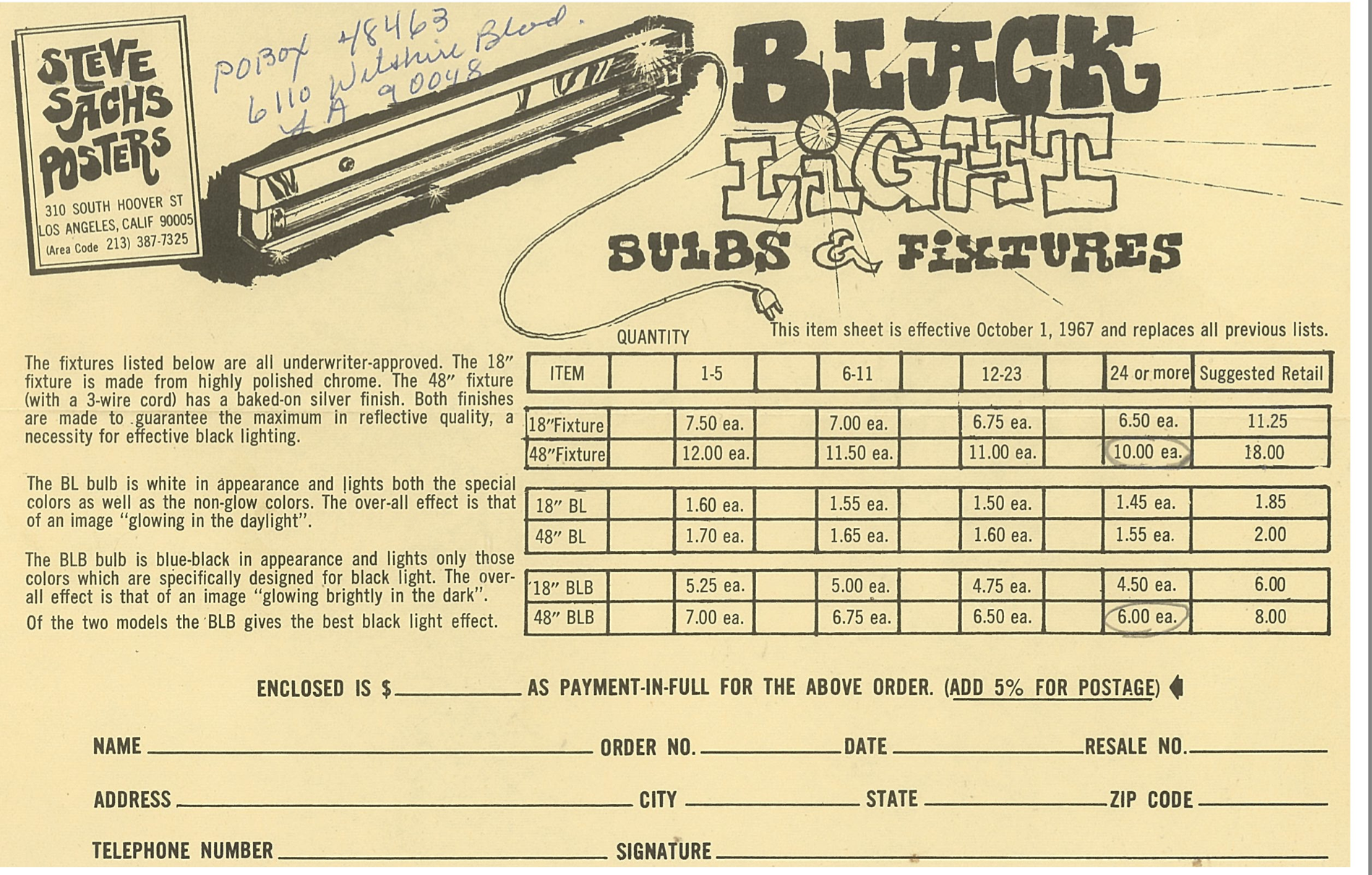
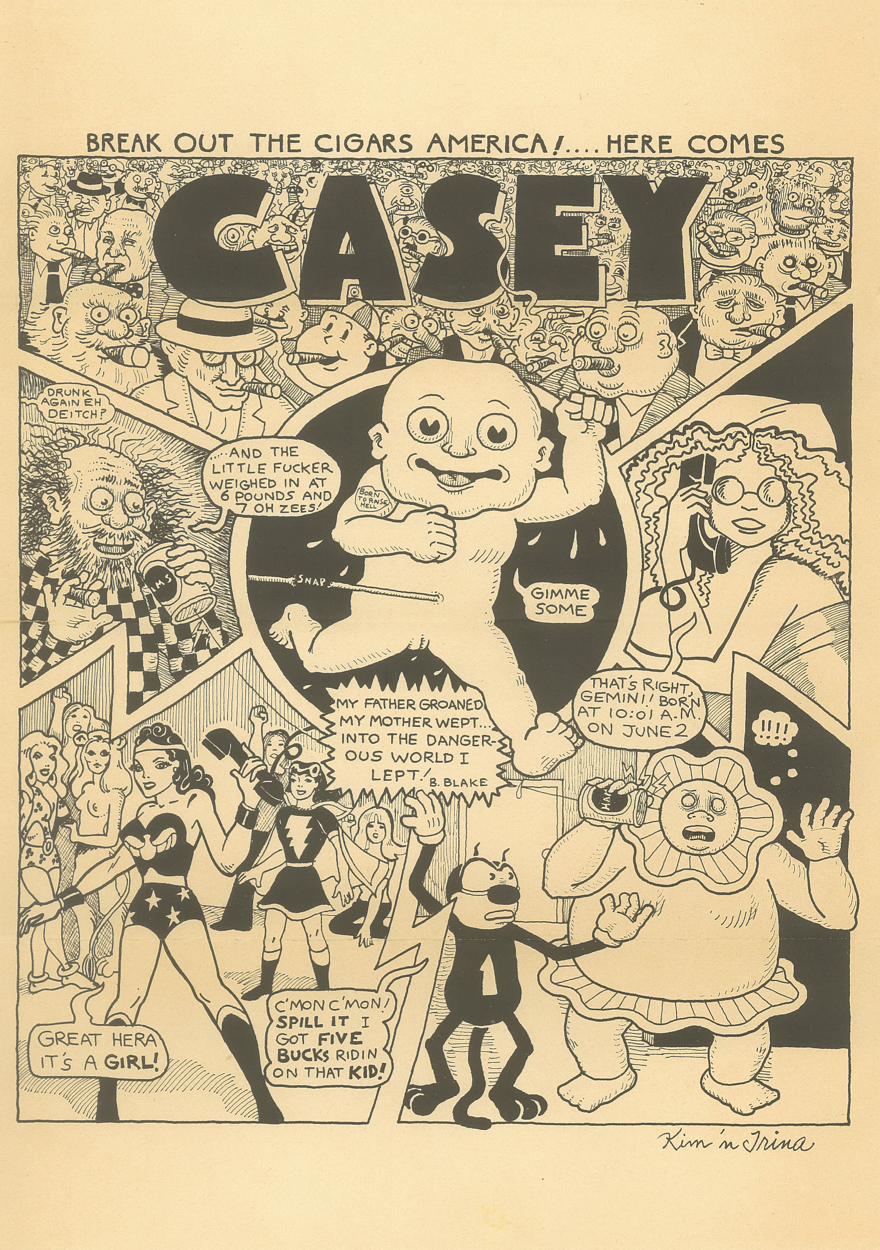
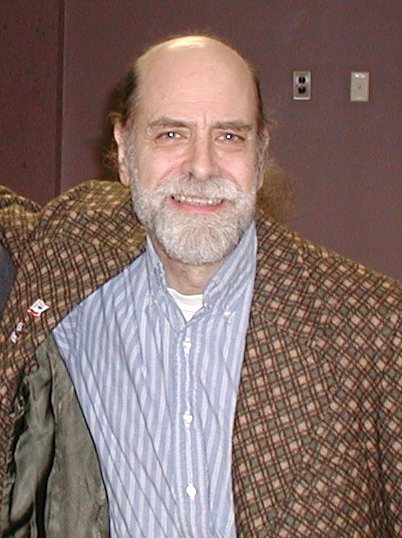
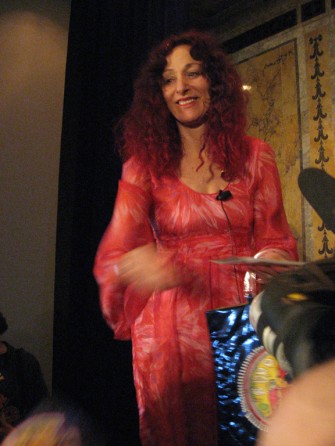
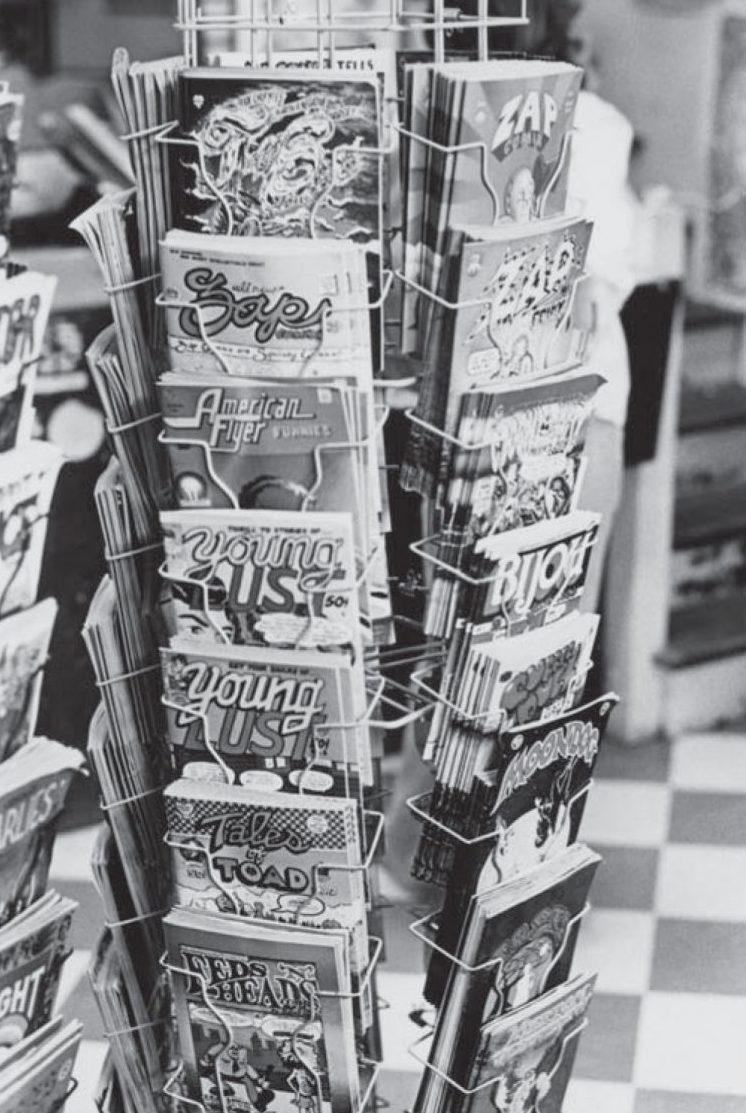
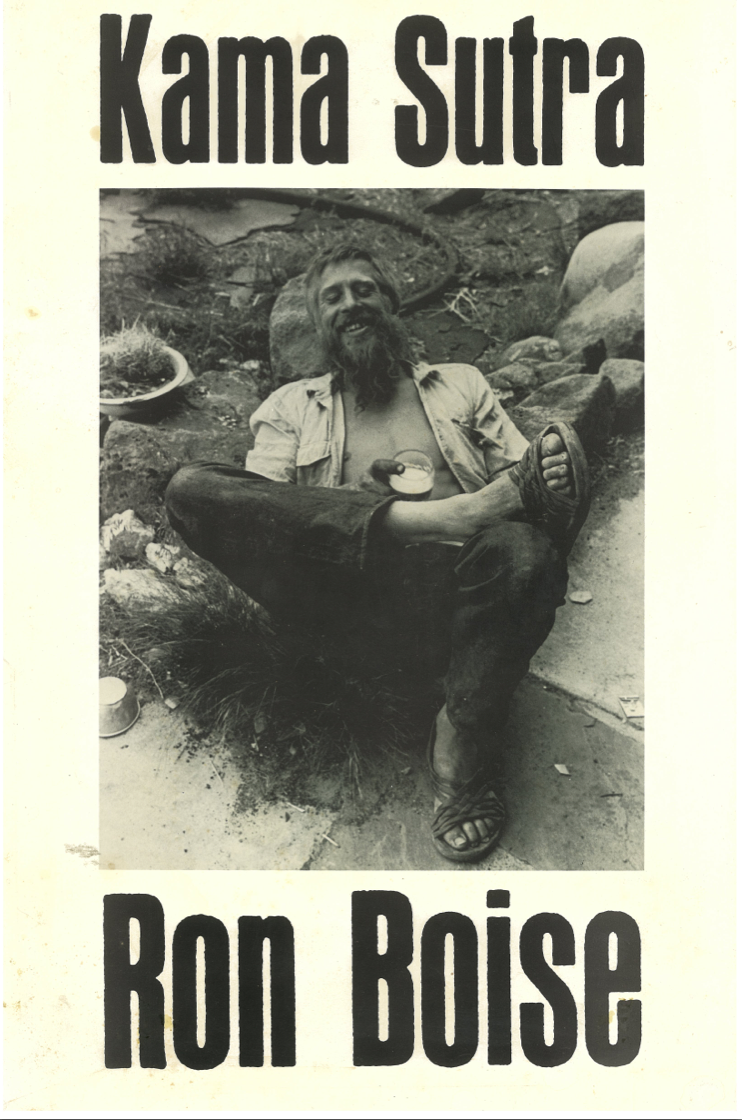
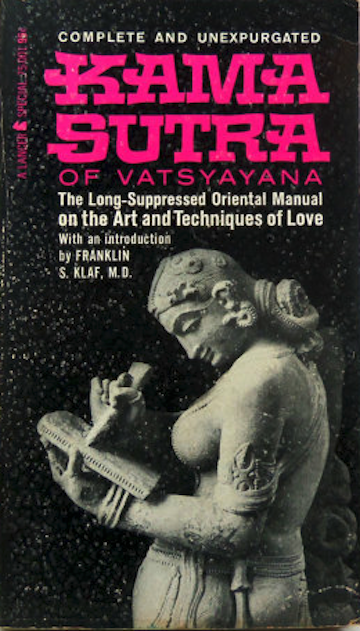
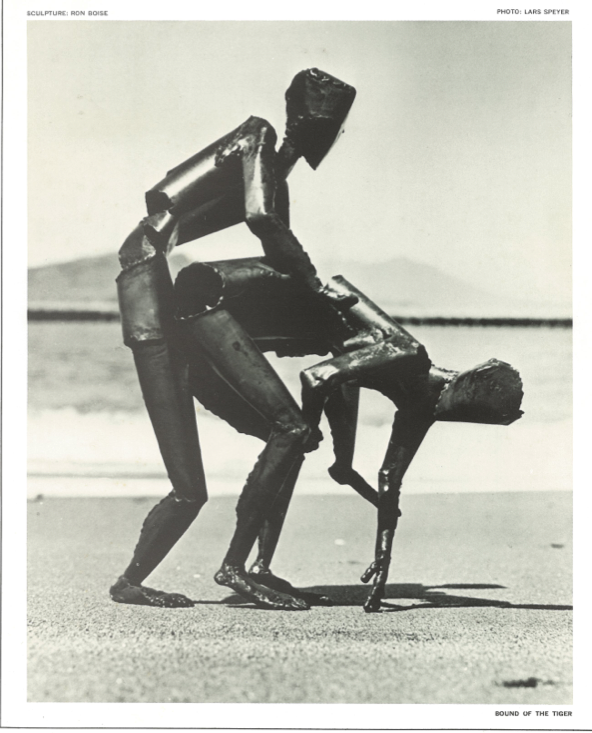
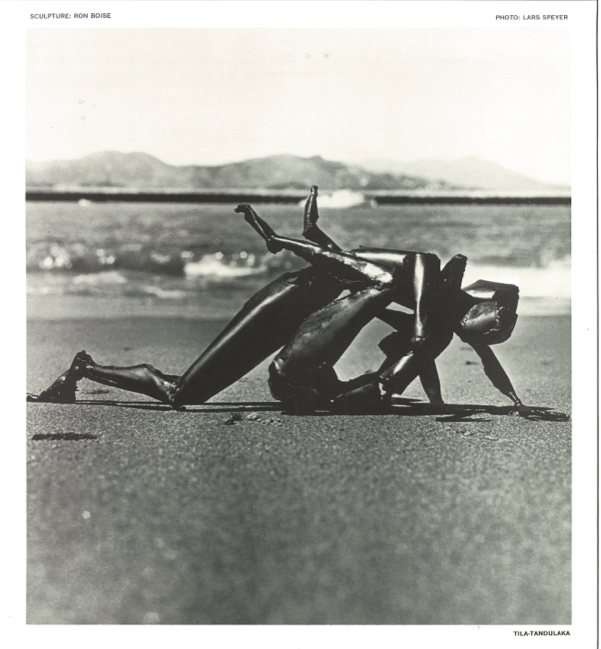
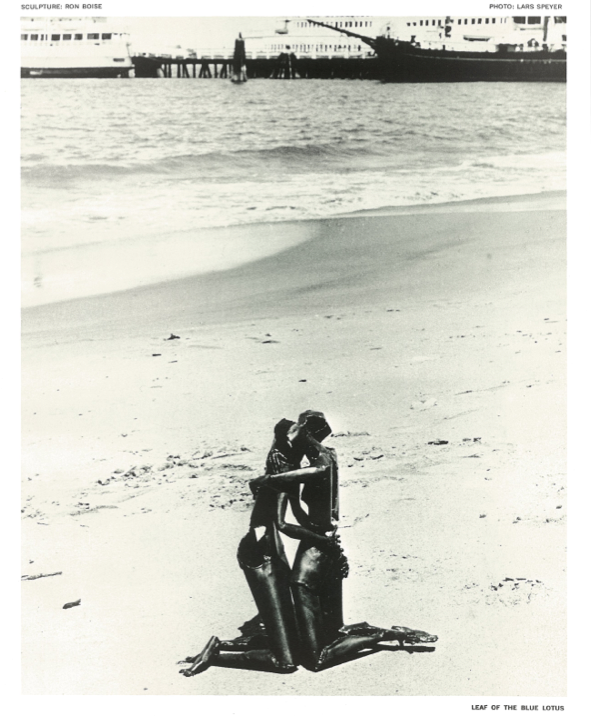
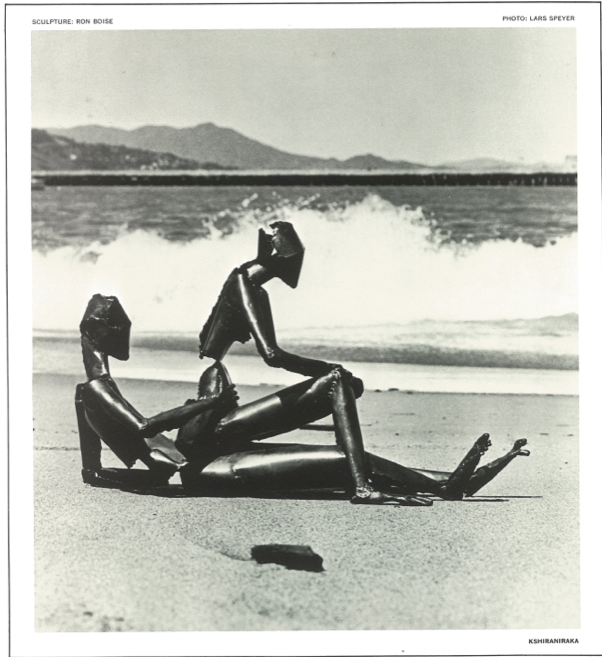
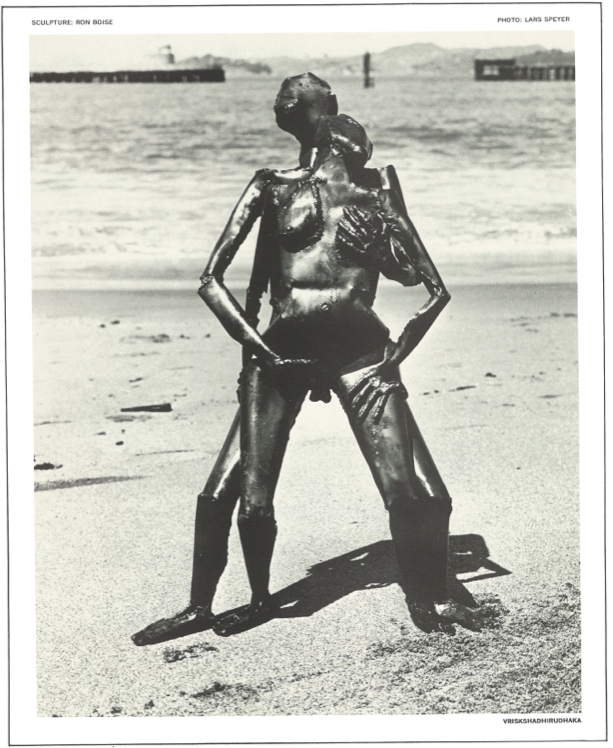
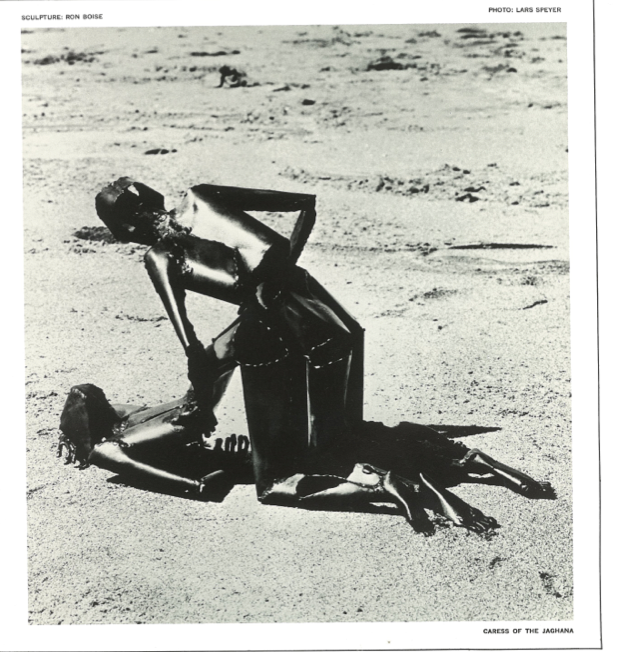
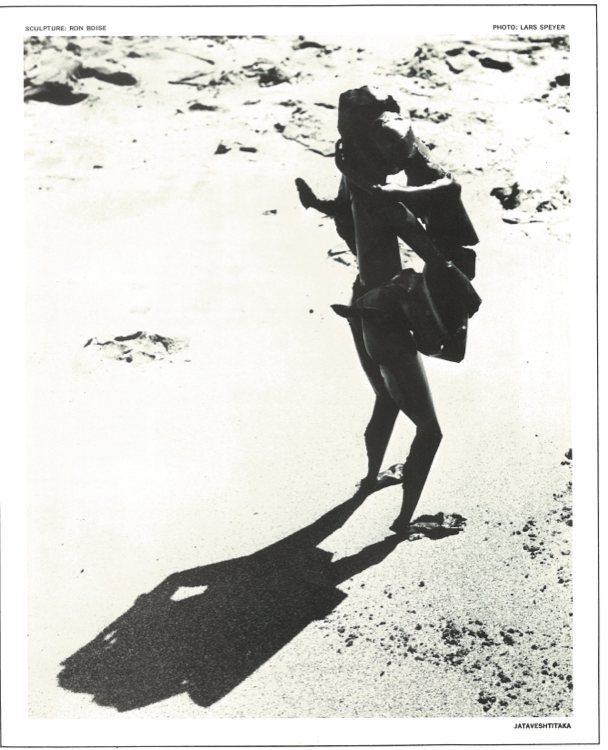
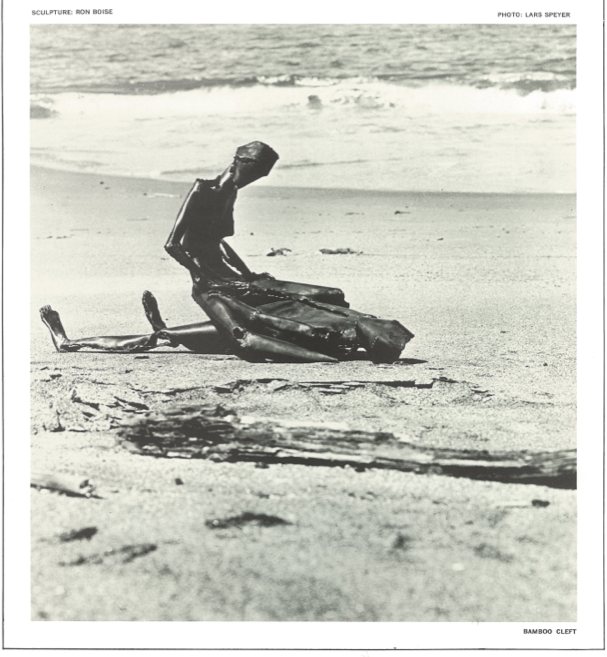
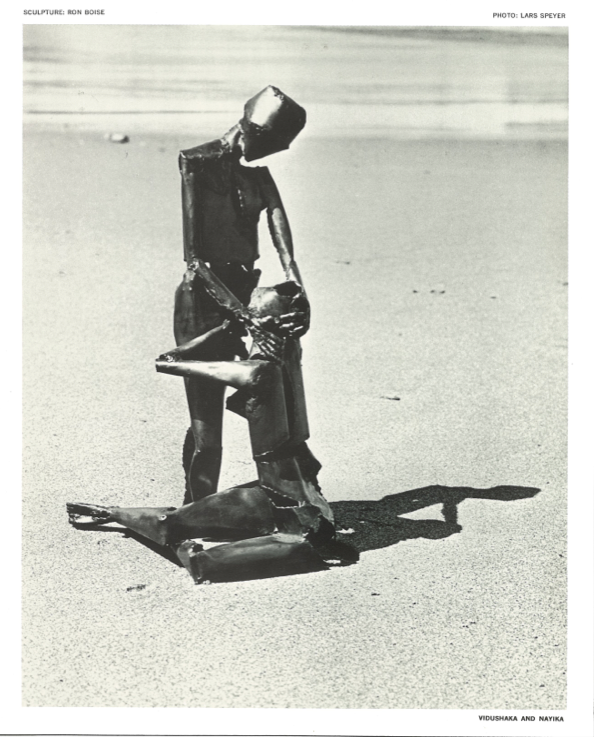
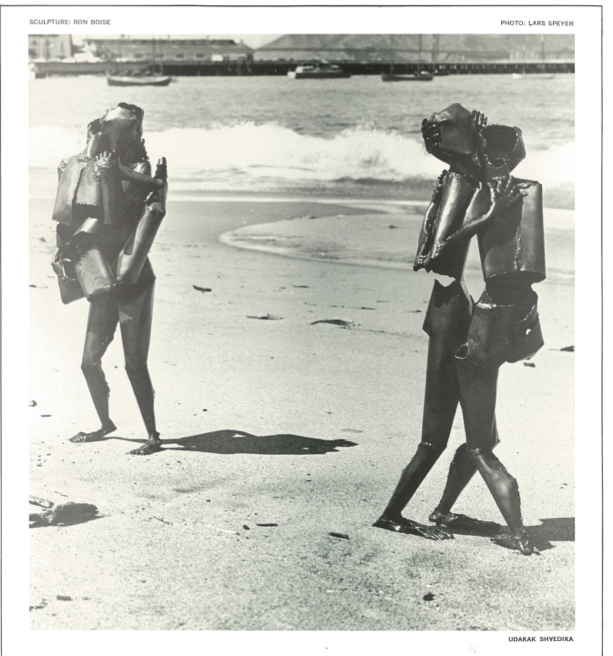
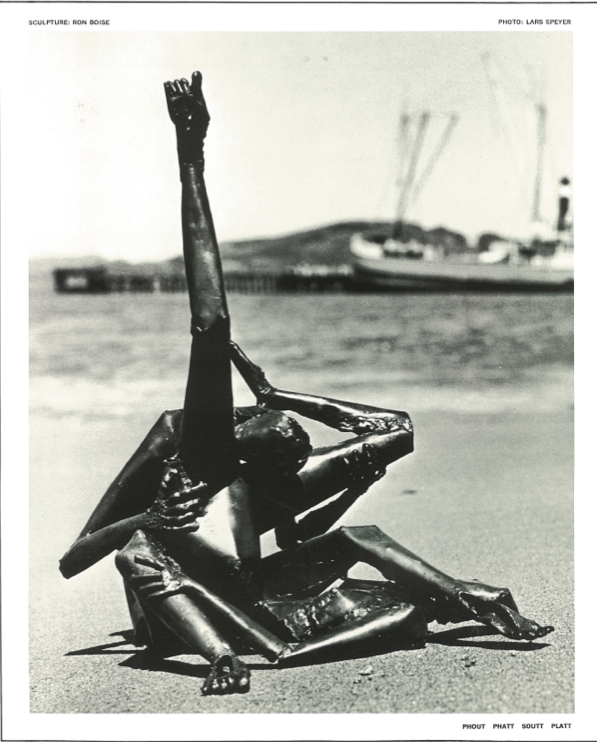
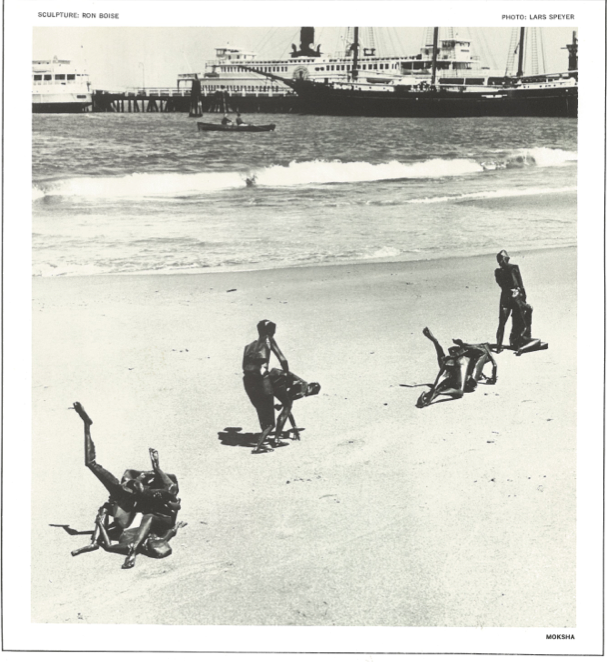
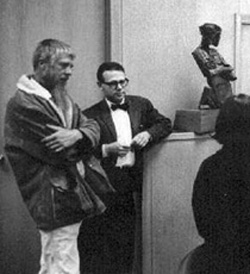
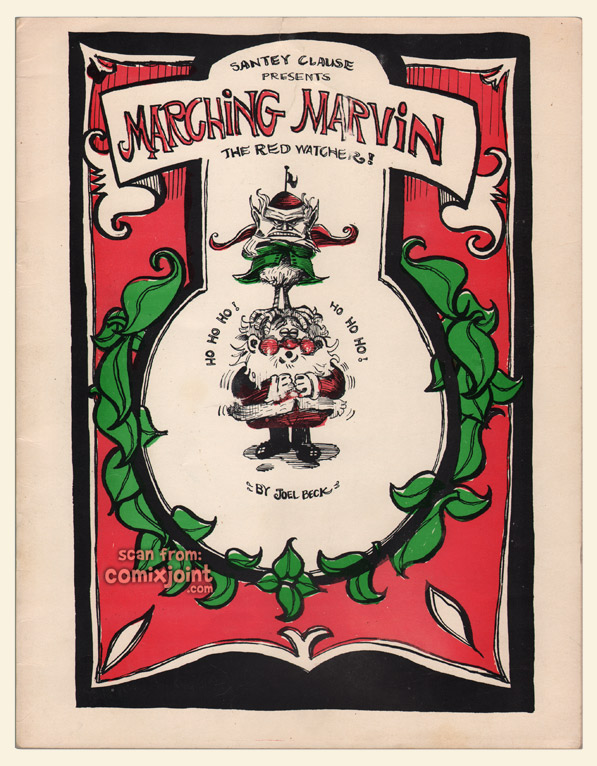
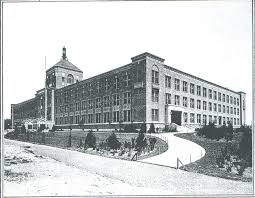
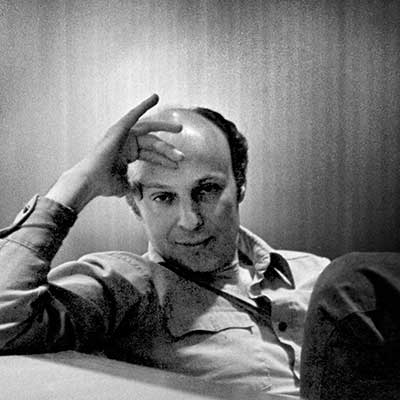
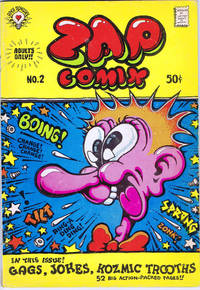
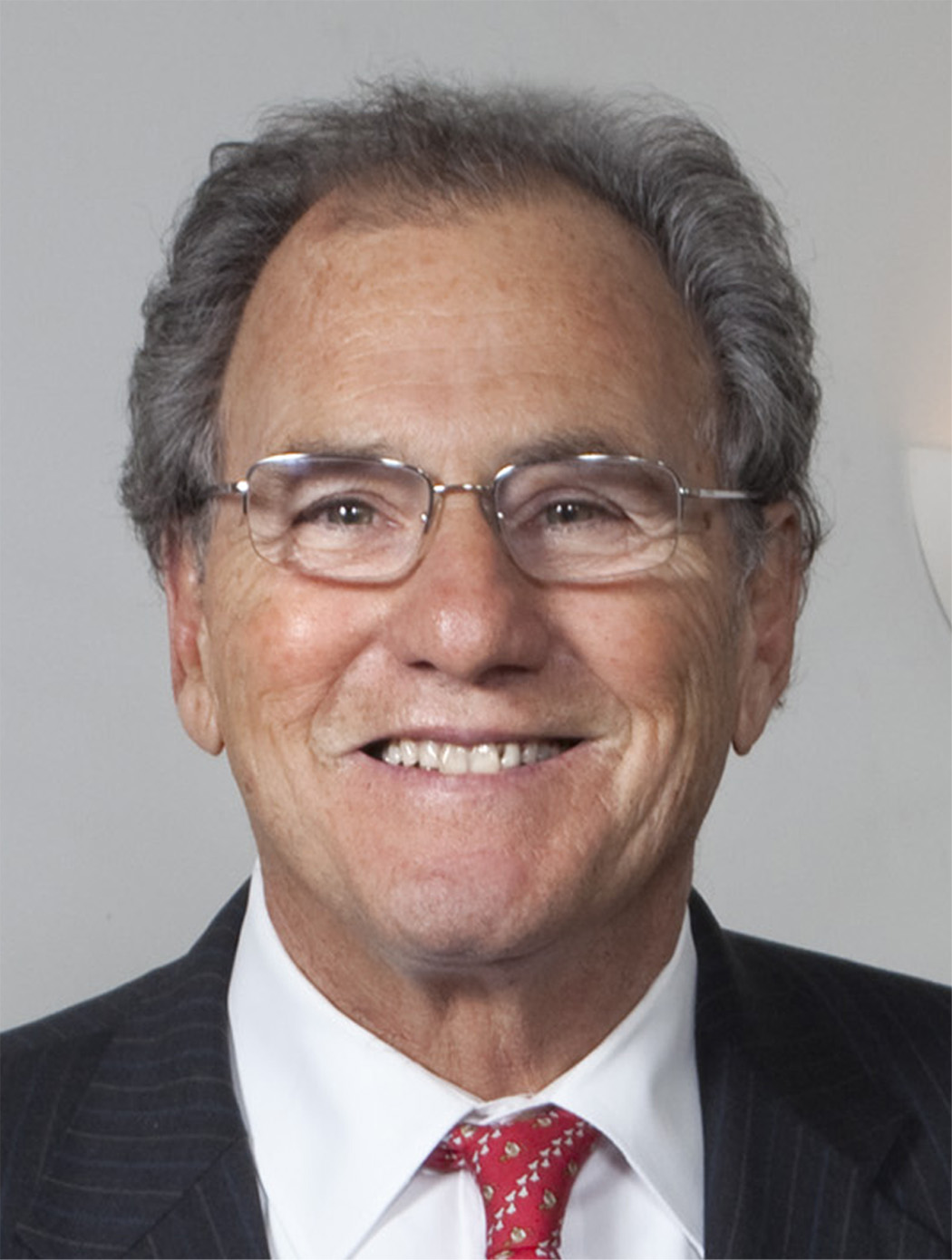
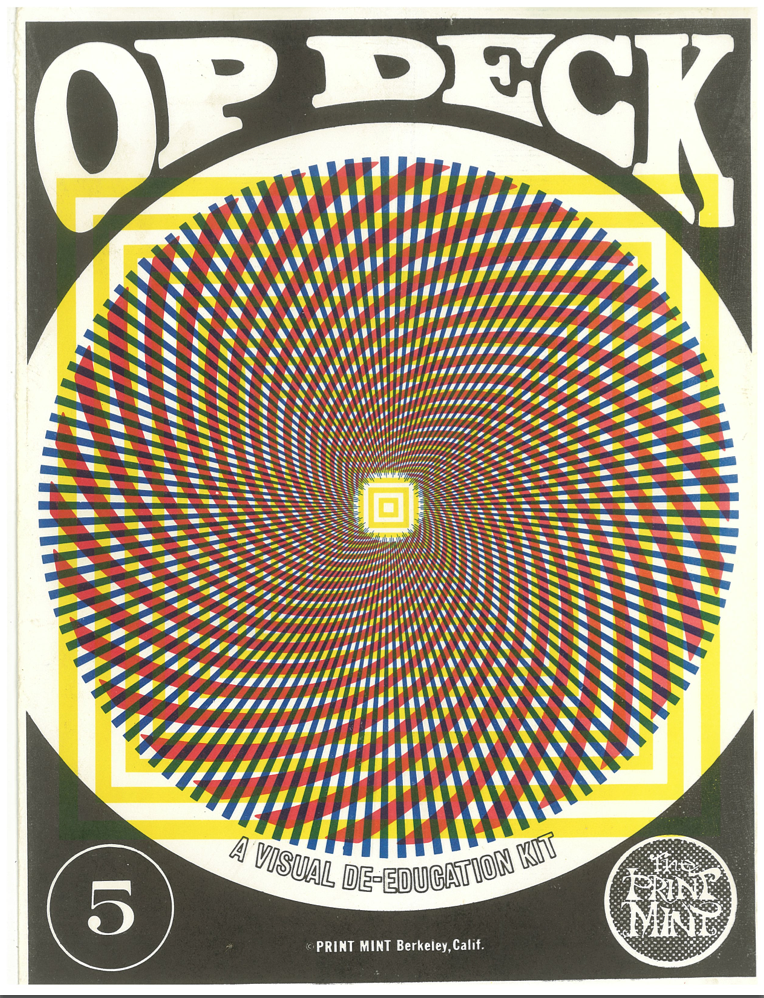
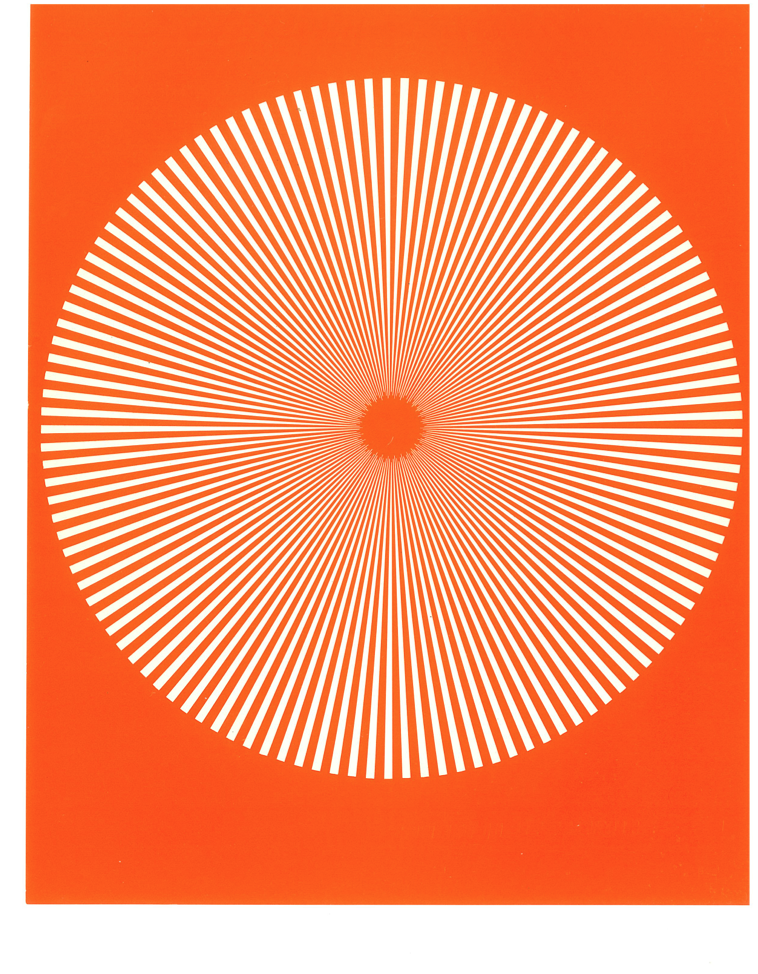
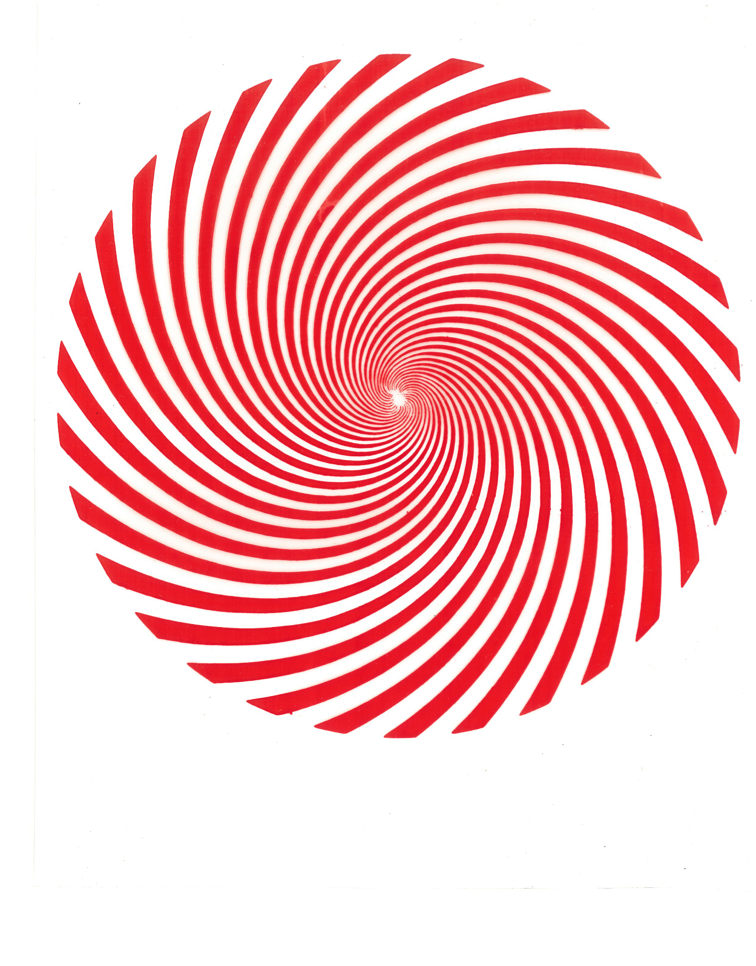
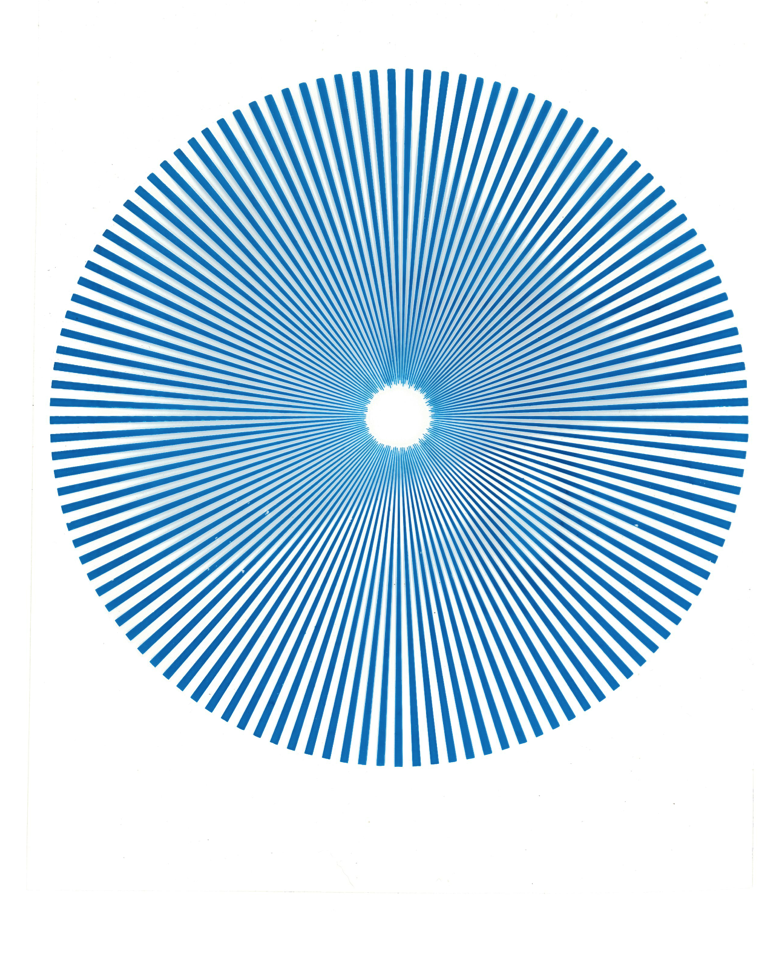
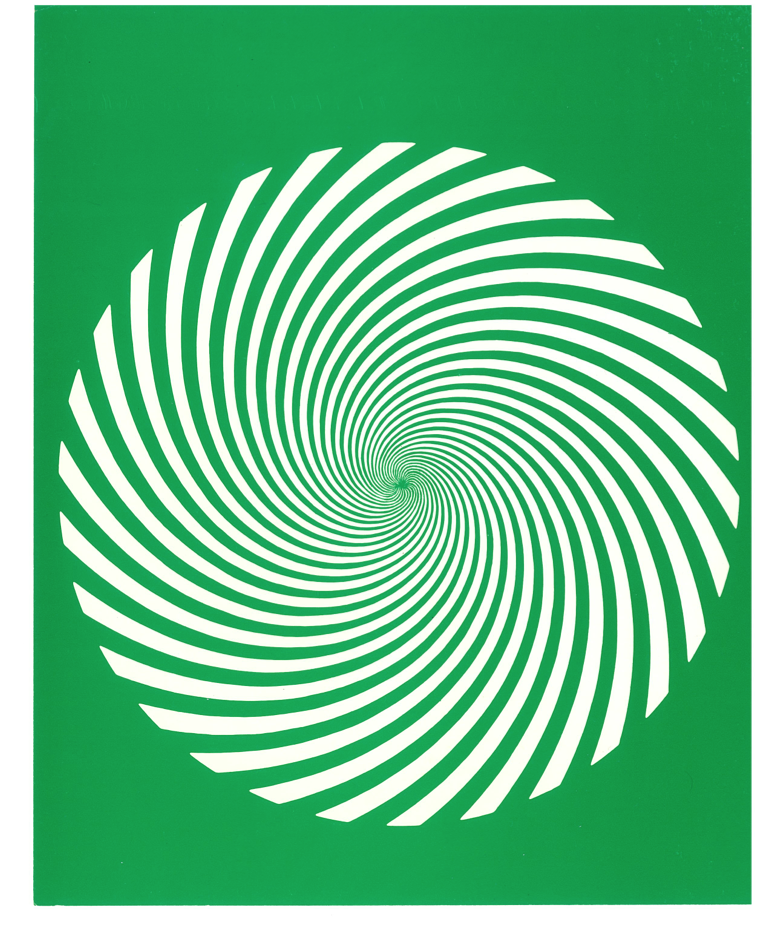
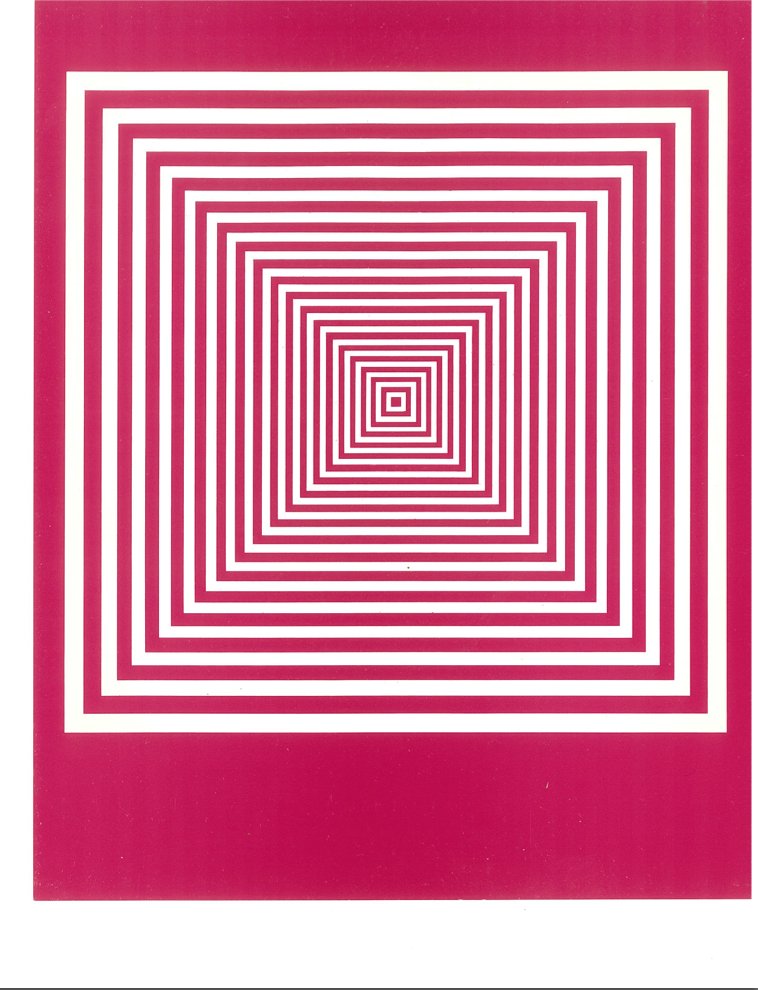
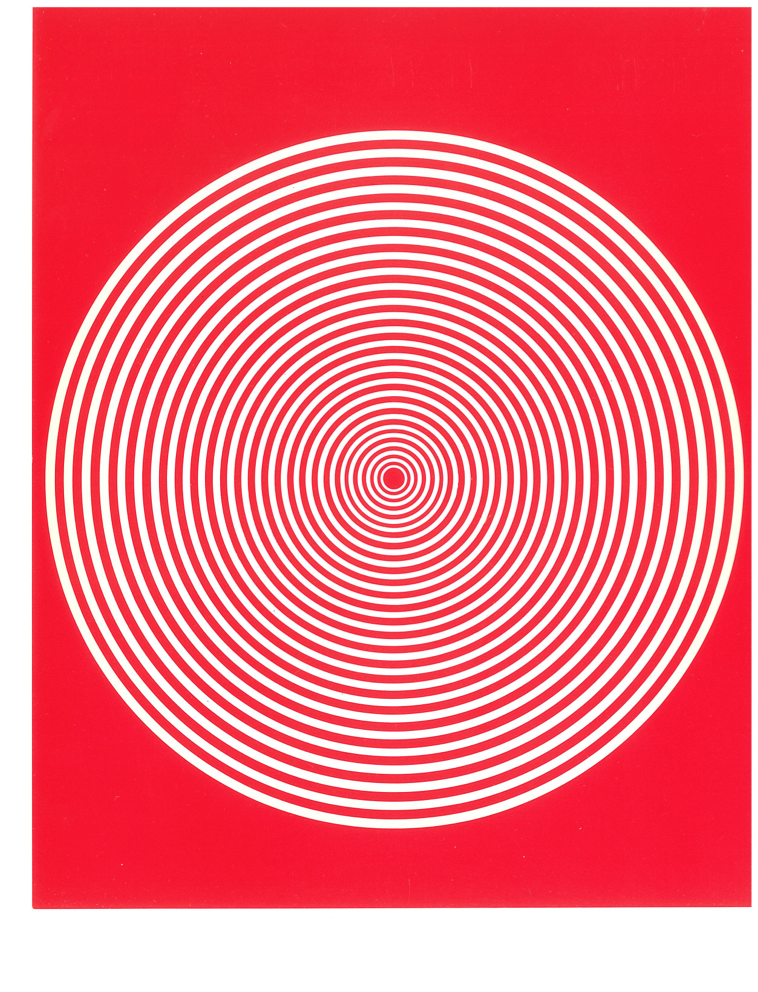
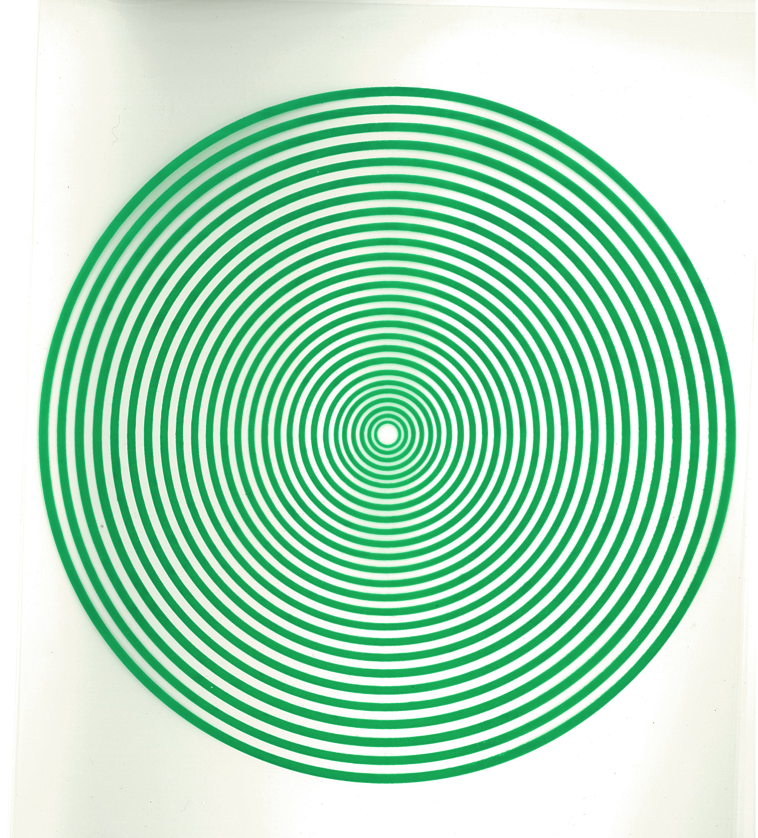
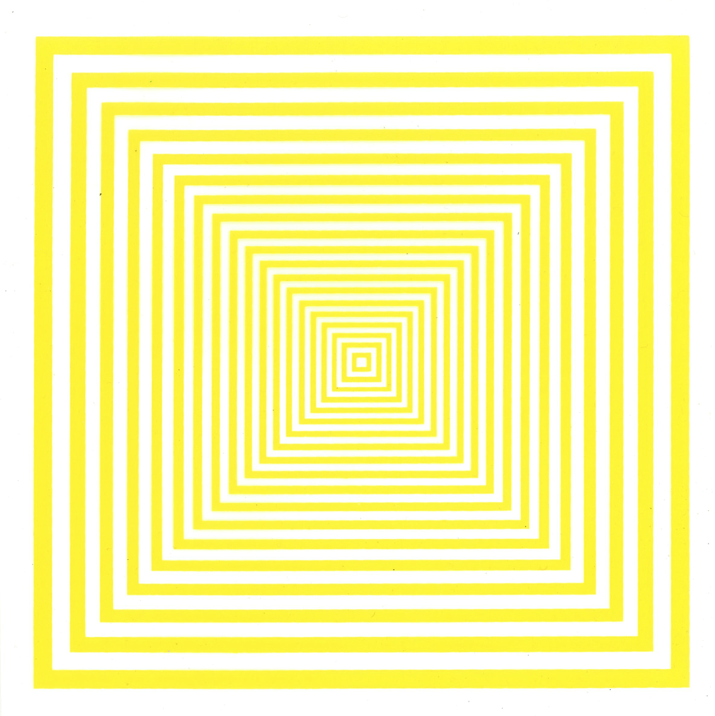
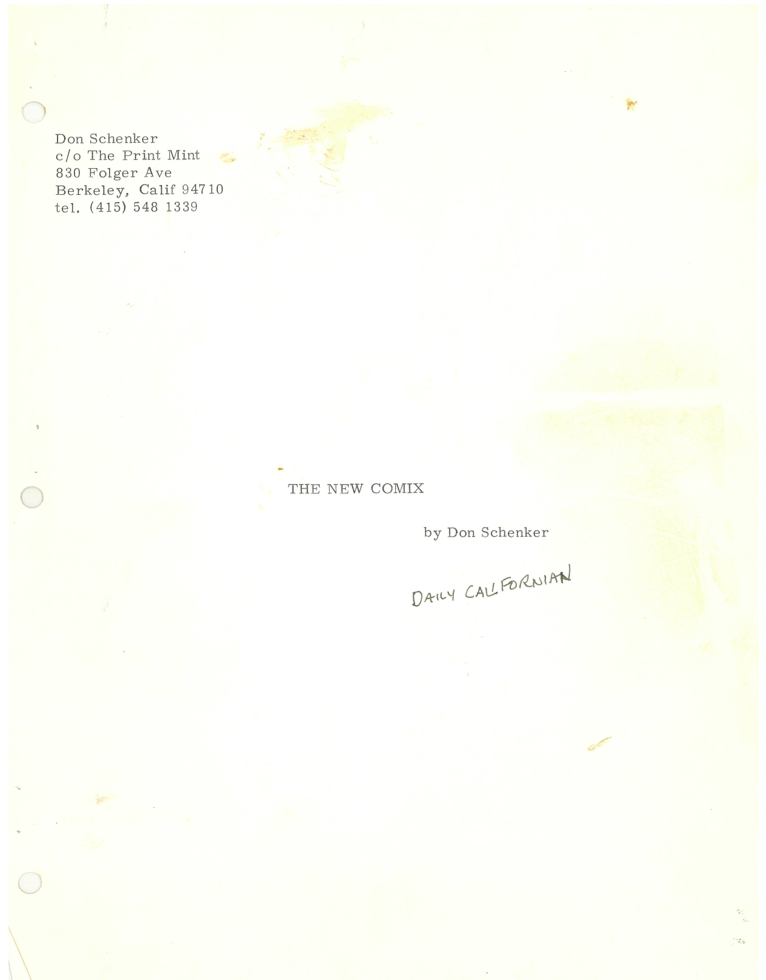
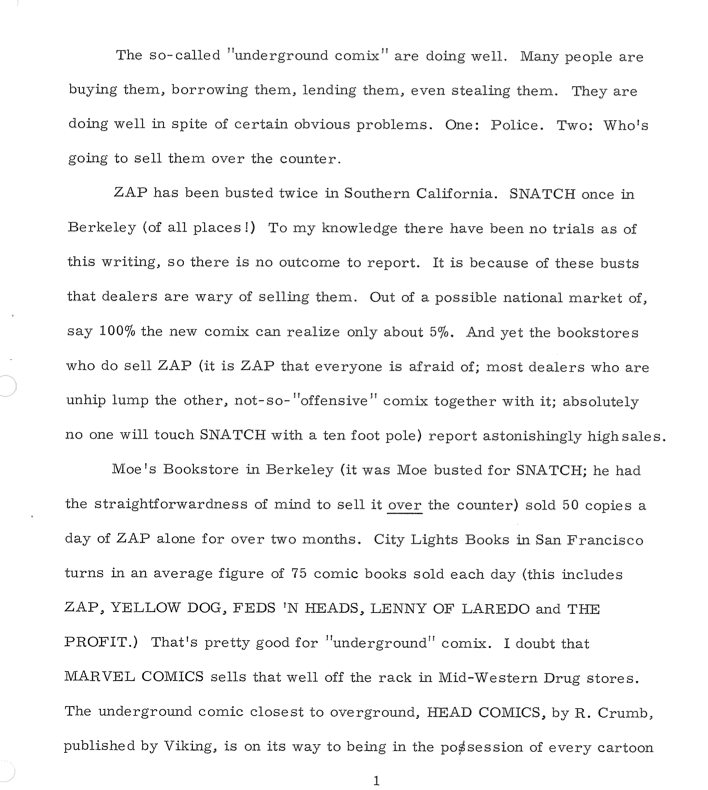
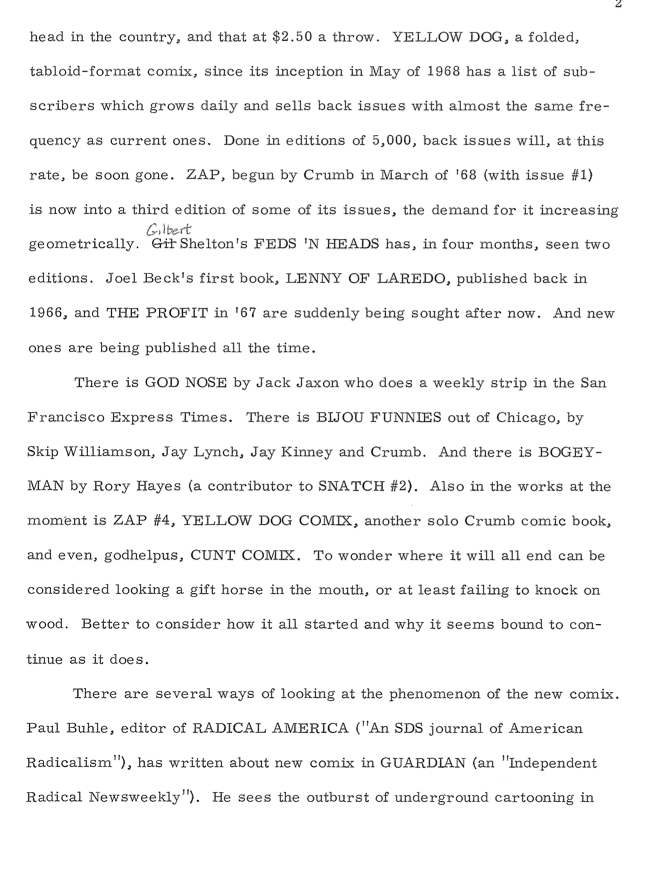
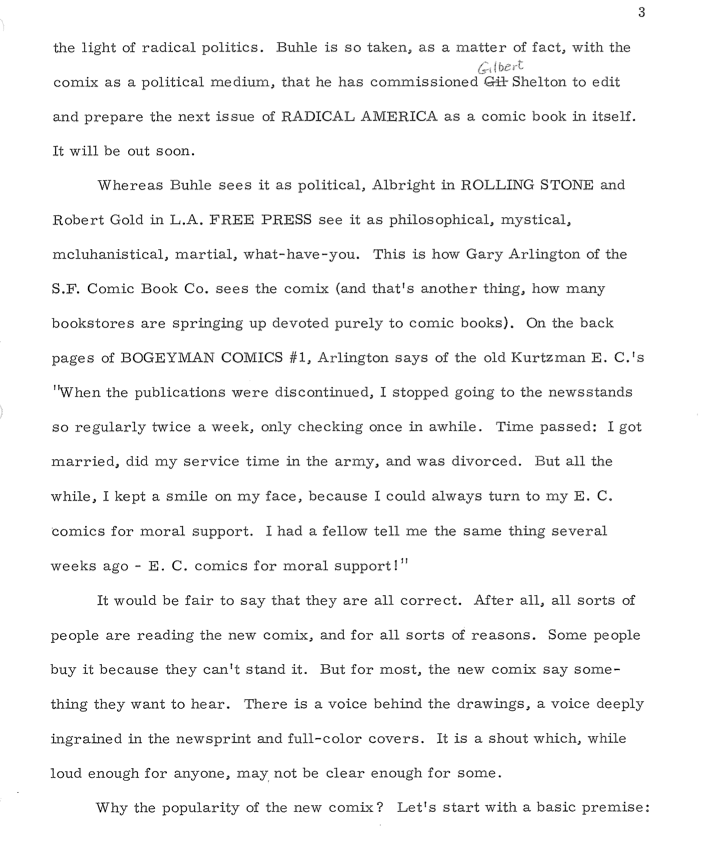
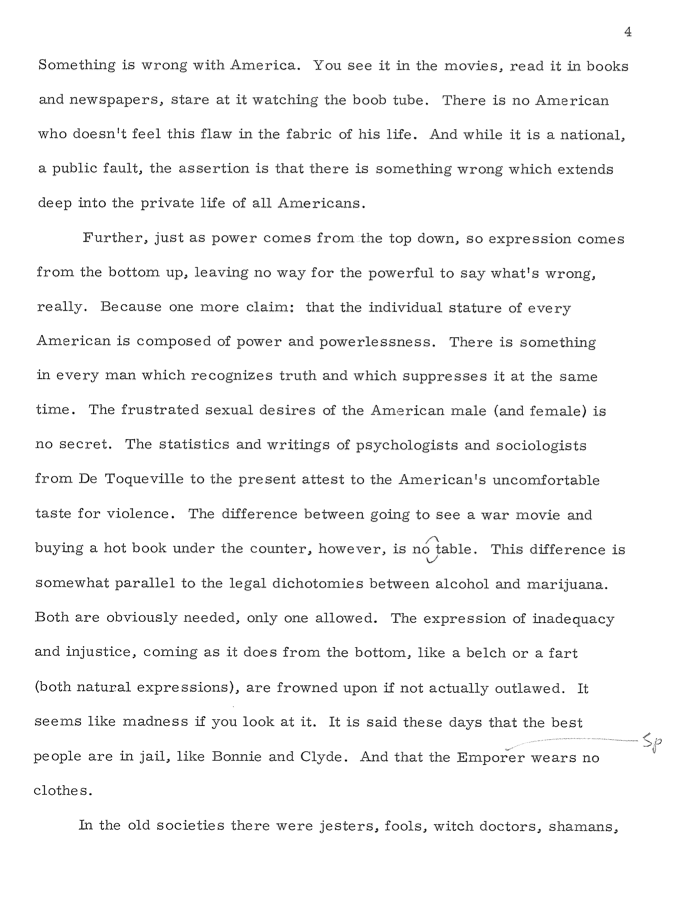
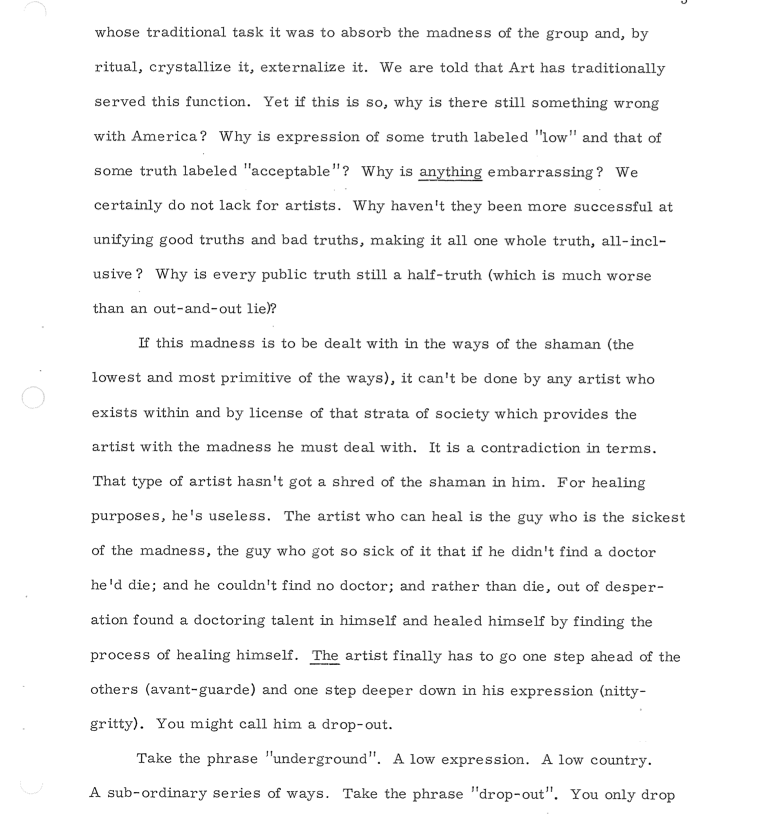
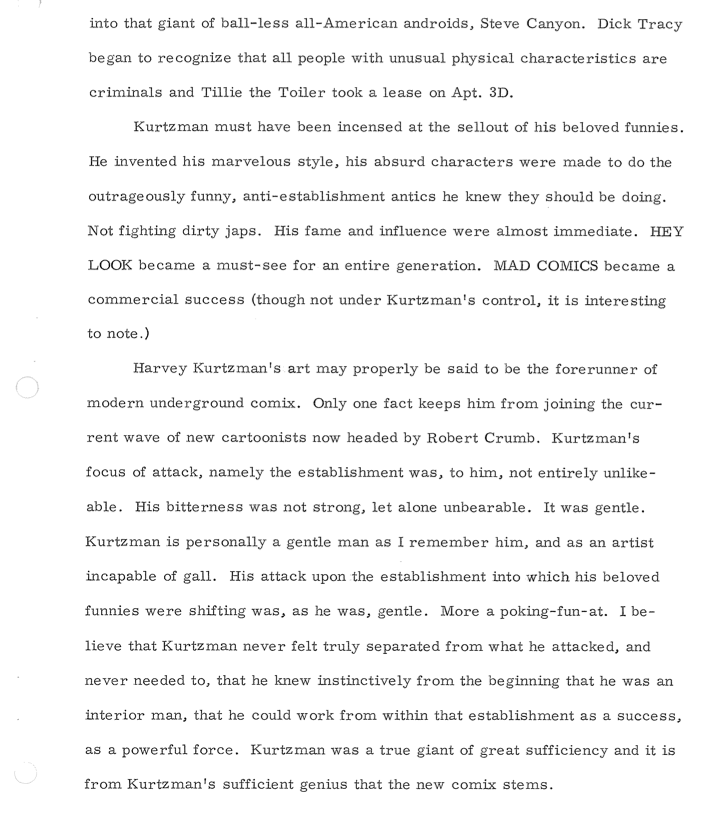

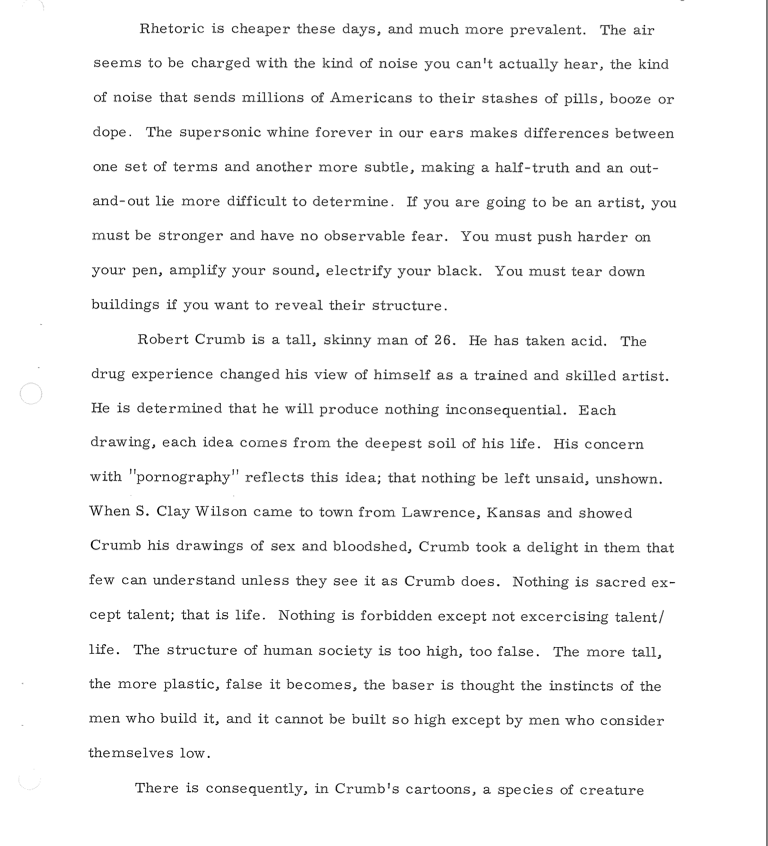
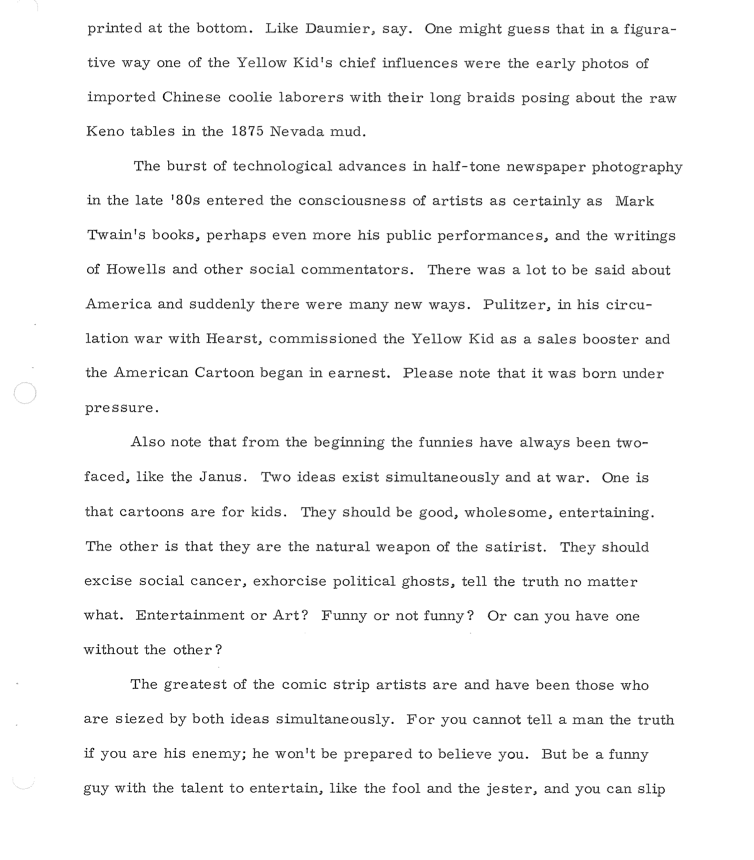
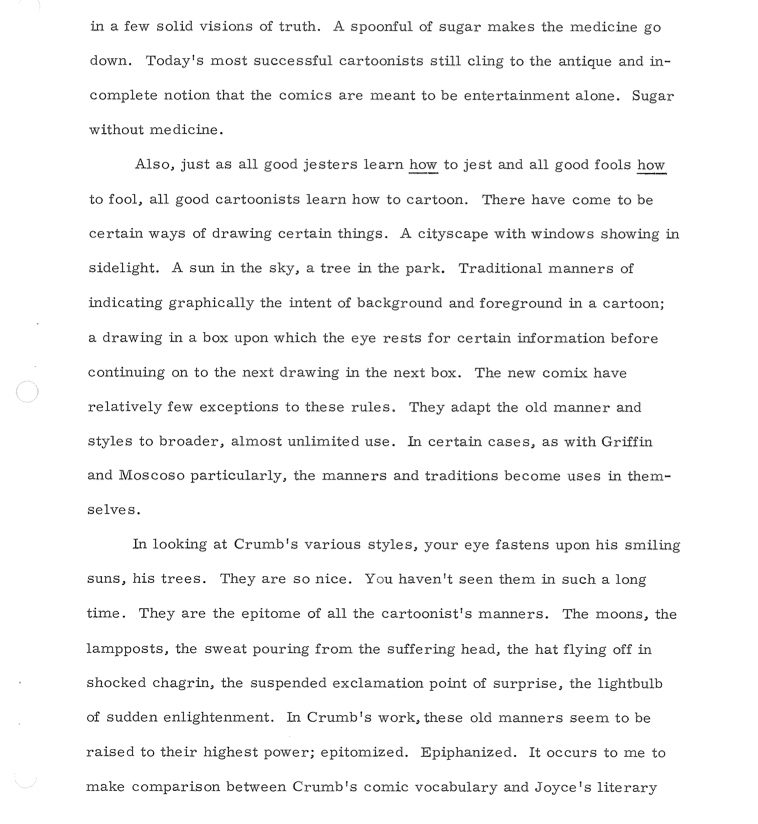
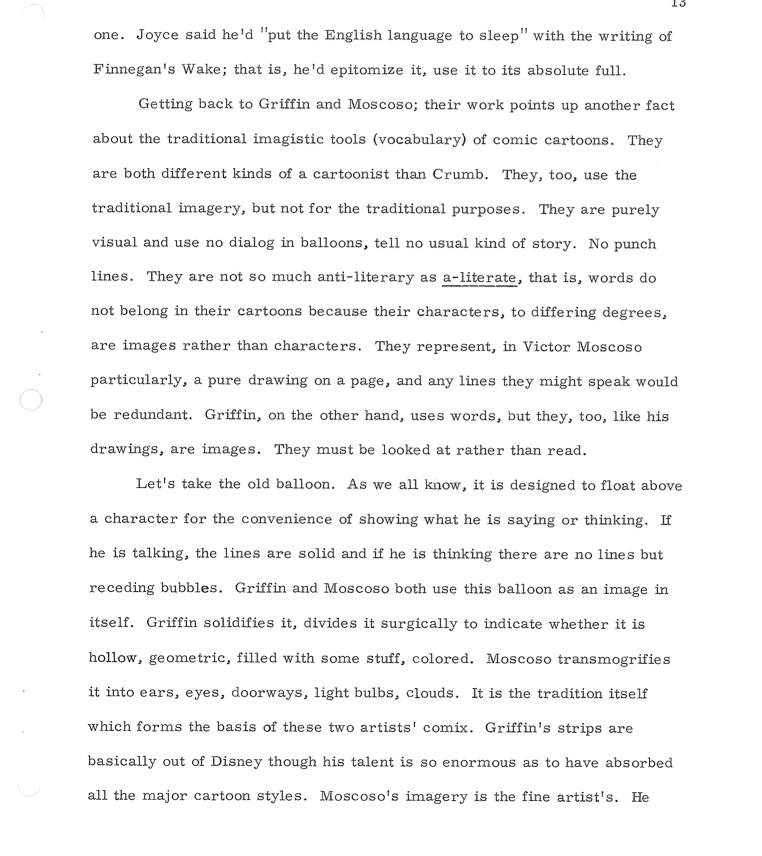
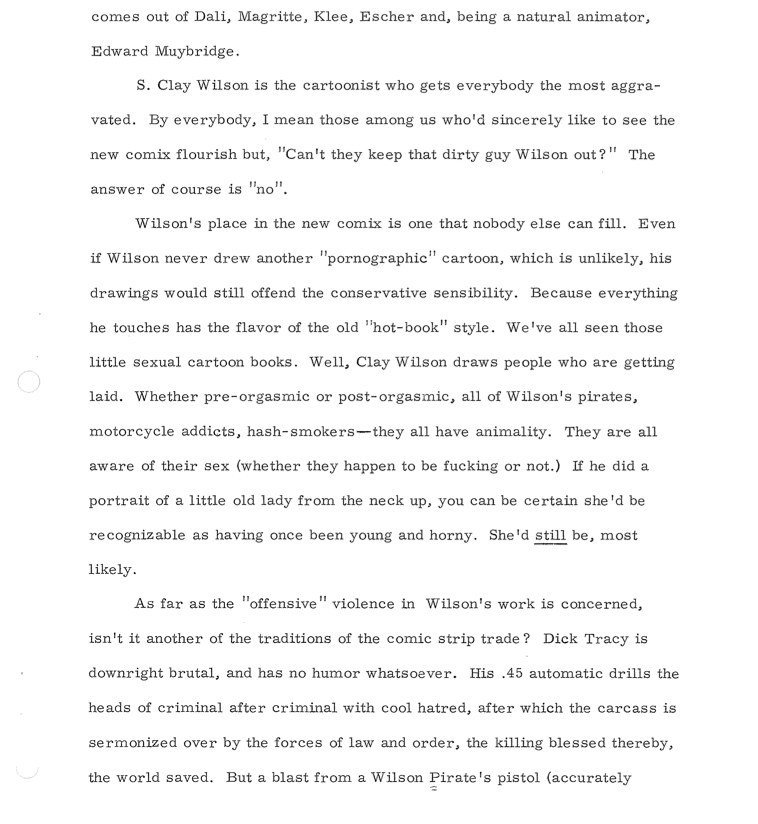
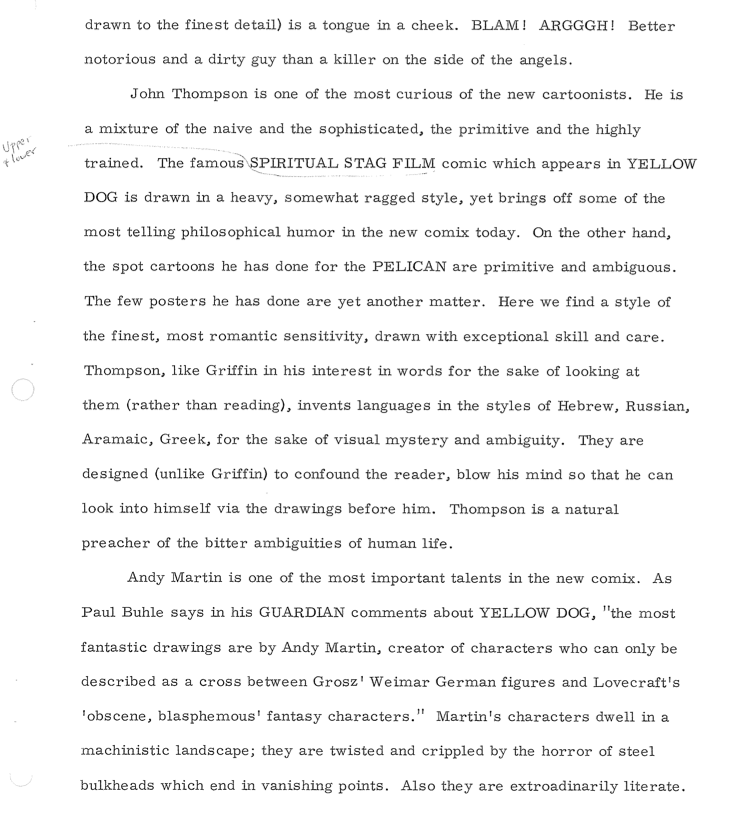
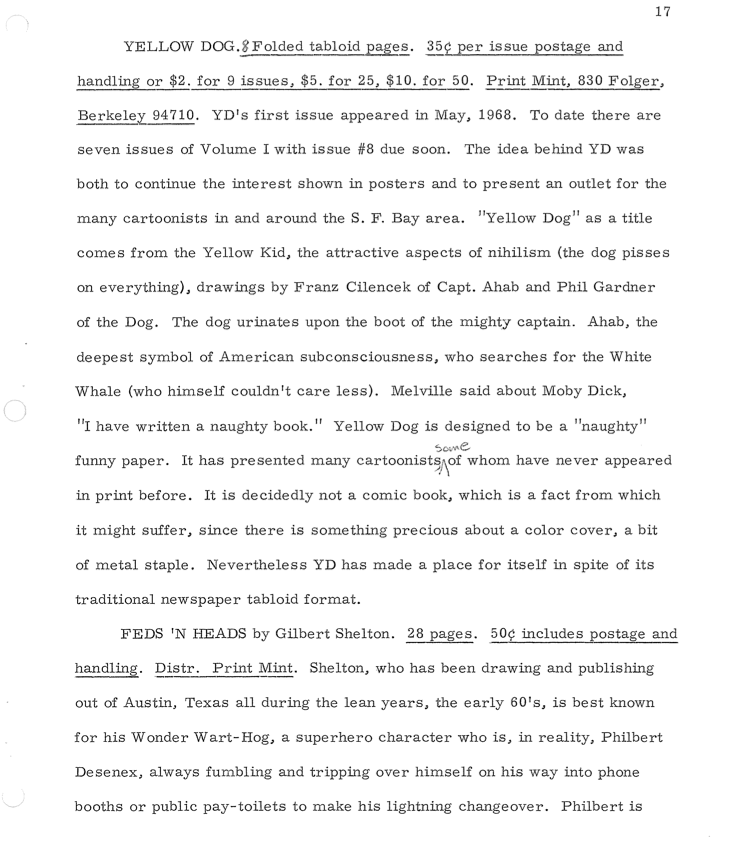
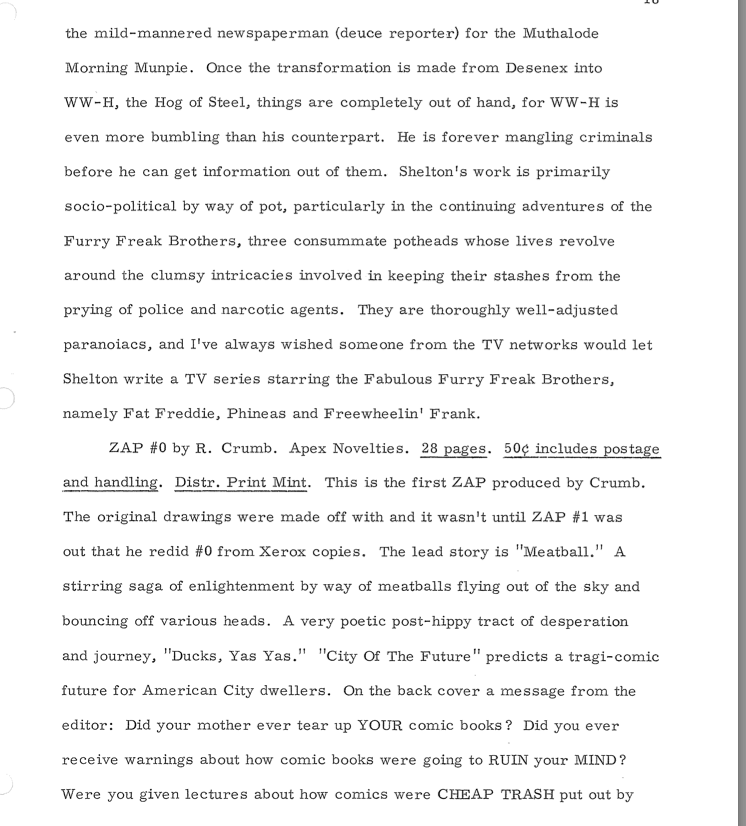
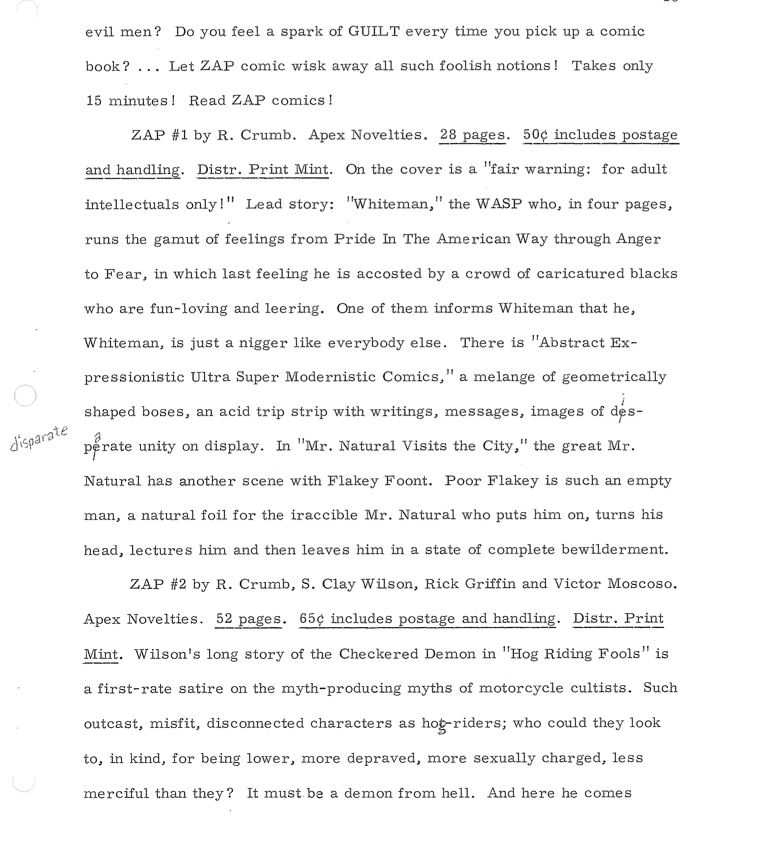
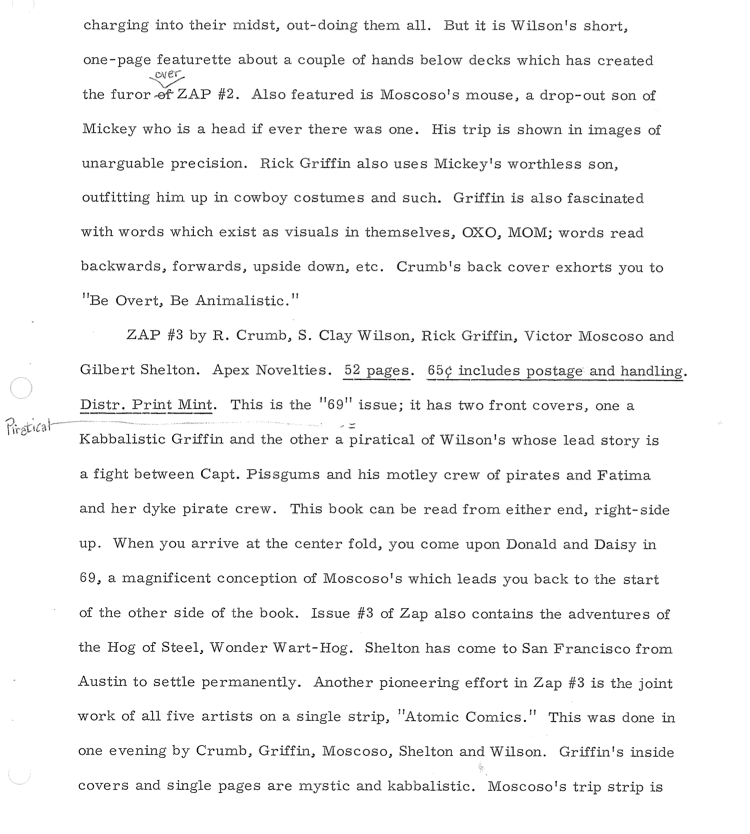
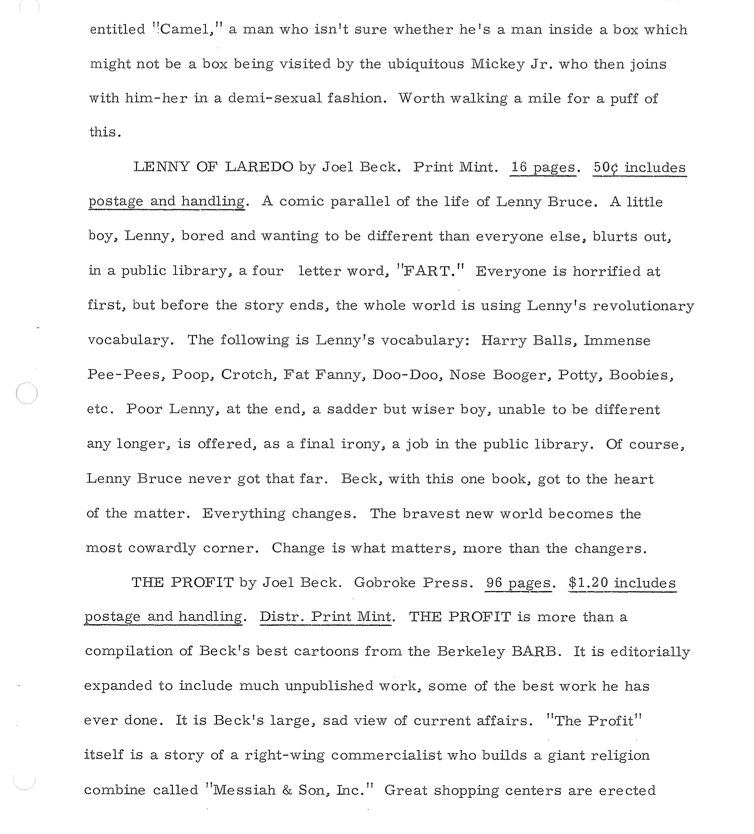
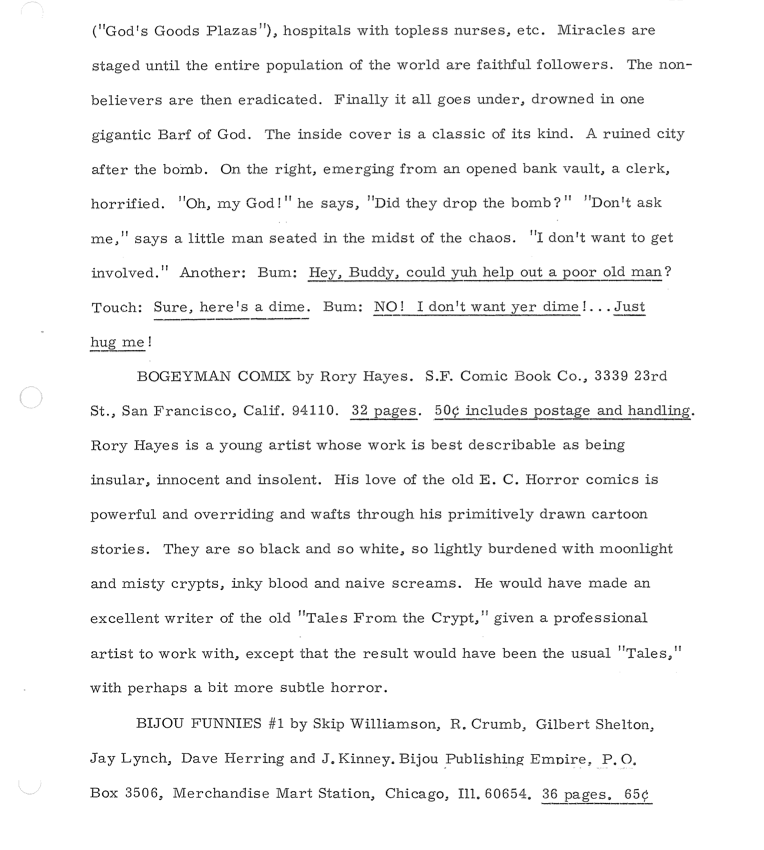
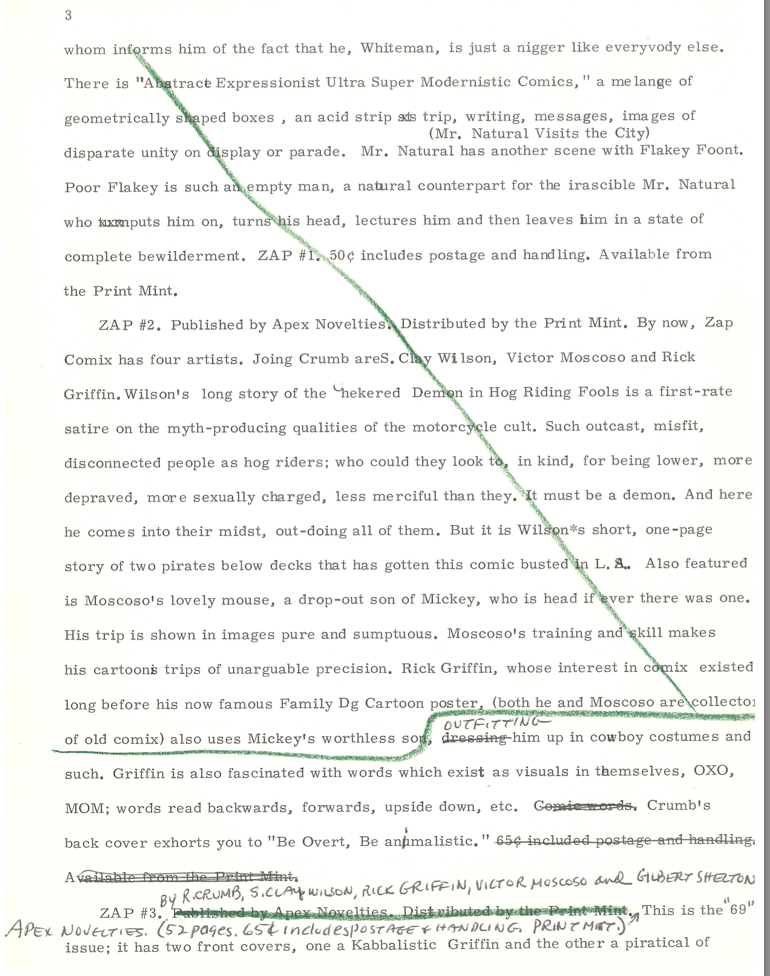
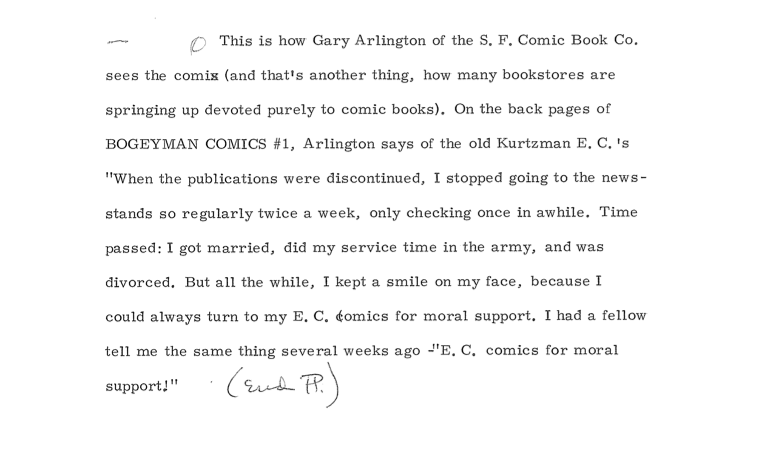
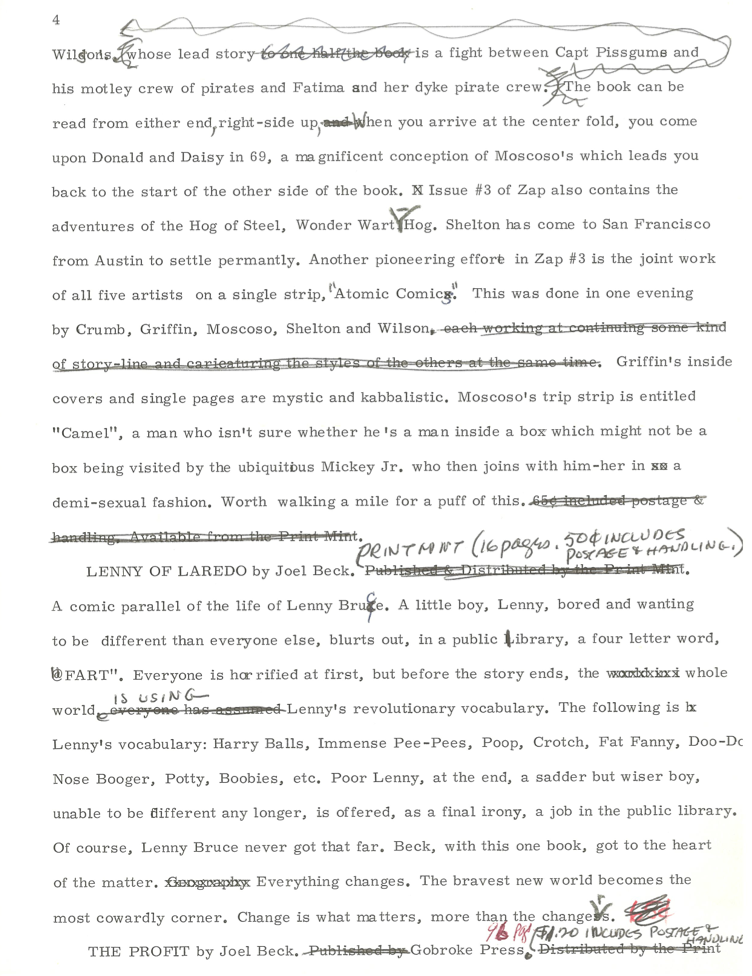
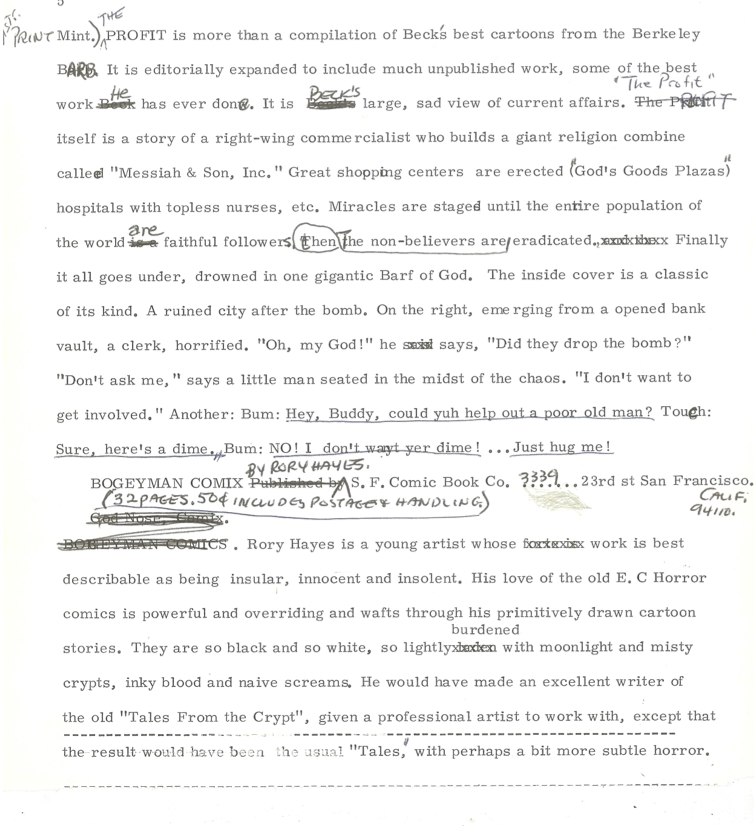
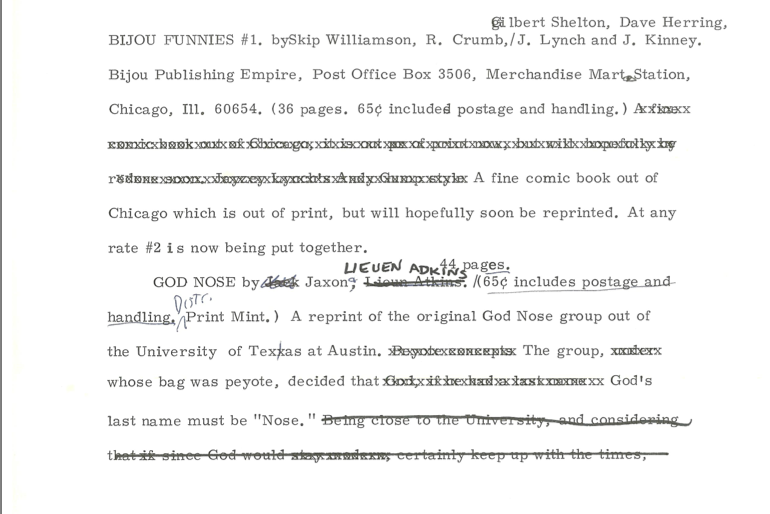


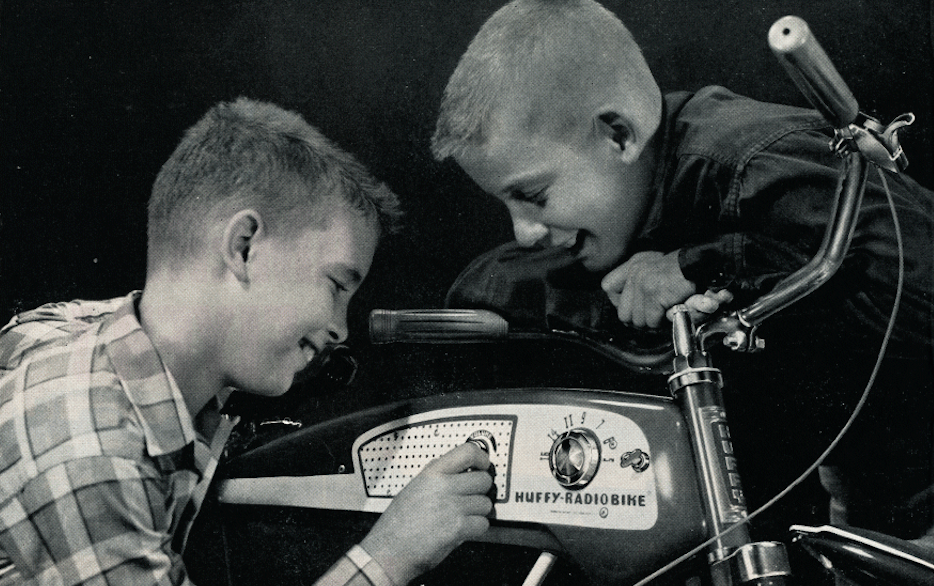
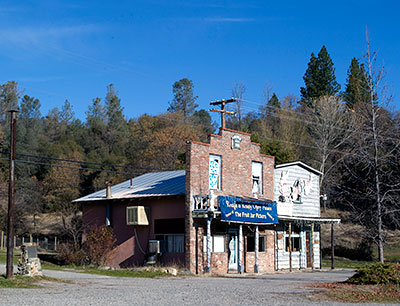
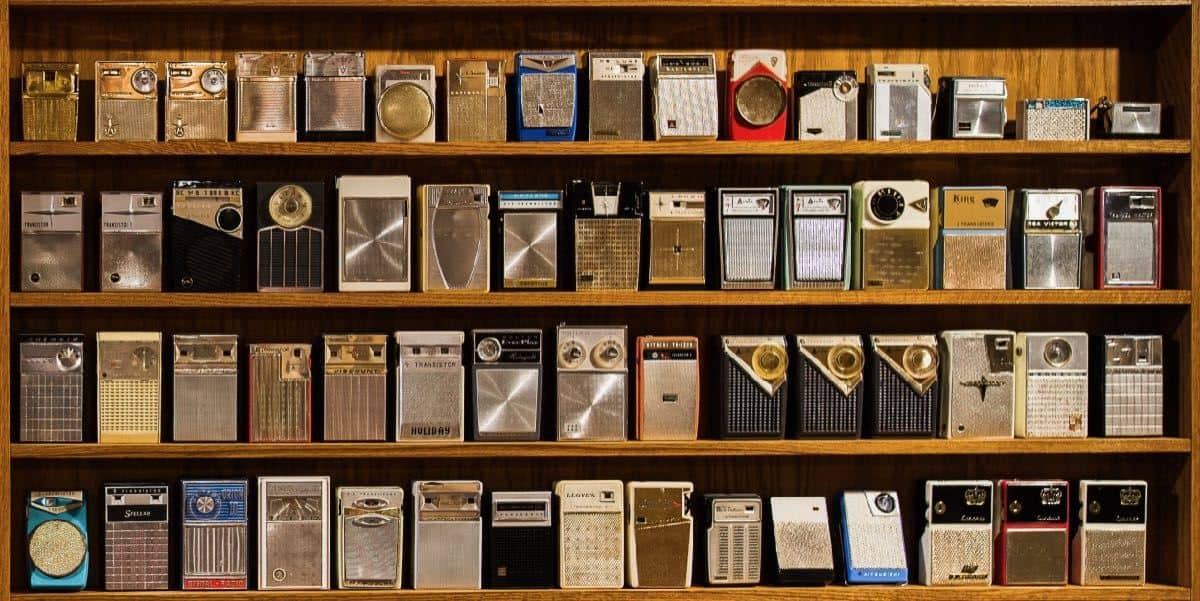
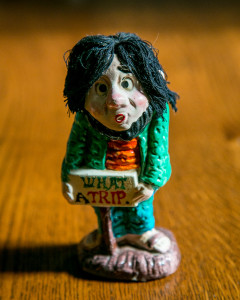
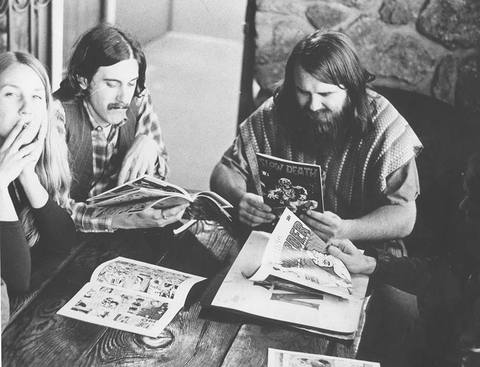

By far your best post. So much to say about this that I can’t say anything. Bravo, Tom. Often I wonder why I settled in this place I no longer recognize, and in that post are most of the reasons why. Your post jogged my dusty memory like a clean cool breeze sweeping over the desert floor. Thanks. Thanks very much. M
Jeepers. So much here I recall like last night. Particularly Patchen and Zap #1. They seem unrelated accept in my own mind. As a young man trying to be an artist in the east coast I was completely puzzled by Patchen. I was living in Pittsburgh then. Later, I moved to New York, to educate myself about ART. Debenkorn’s Ocean Park stuff was being flogged everywhere it seemed. I saw DeKooning dead drunk on the Bowery down by what would later become CBgeebees, whatever that place was. Patty Smith was still just a thought. Duchamp had a little store front studio not far from the store I lived in with my then wife. Auden, Ginzberg, Oldenburg, all had a place down there in the Lower East side. I didn’t last long in NYC, left at gun point. But I always recalled returning from my tramping around NYC and stopping at the 8th Street Book store and checking out the underground stuff from SF. It always seemed the best art I had seen all day. Then San Francisco, 1971,72, house painter in paradise, art instituteMFA, then a trade school! and then a professional welder working on ships at Beth Steel, all gone now. Then I bought a crappy little house on Manila St in a dog of a neighborhood, the Rockridge, and severely injured my back in 1977, which never really healed, instantly old, then while starting to spend more and more time as an invalid in pain in bed, Kenneth Patchen visited me, not really, but in Spirit. Keneth Patchen. Keneth Patchen. I figured it out. Hey, Mark. Dare to be Dumb. My future as a steel “sculptor” began with Kenneth Patchen years before. Go figure. And so began the “Thrillah on Manila.” Thanks, Kenneth. Thanks Zap. Thanks Ocean Park and Thanks Tom. And thanks to Tony Valenti for chasing me out of NYC!
MB